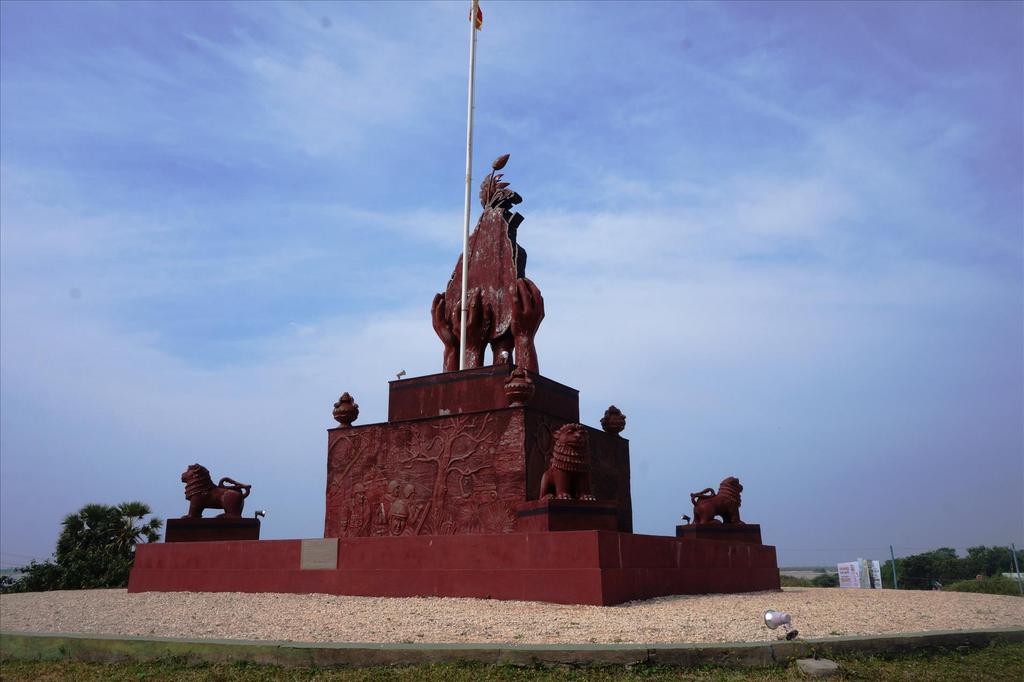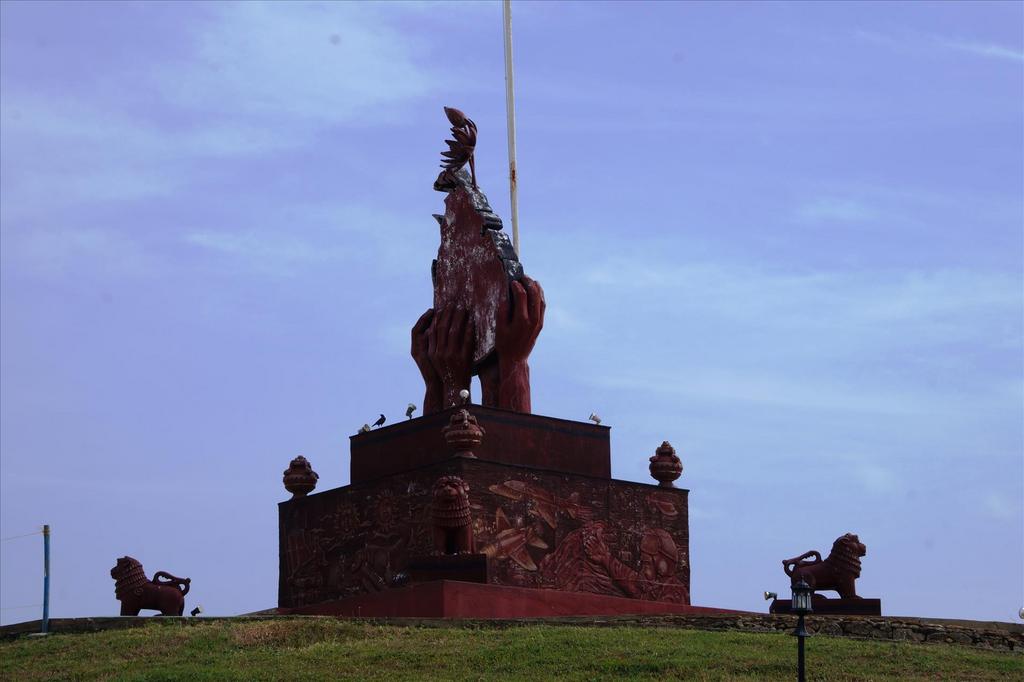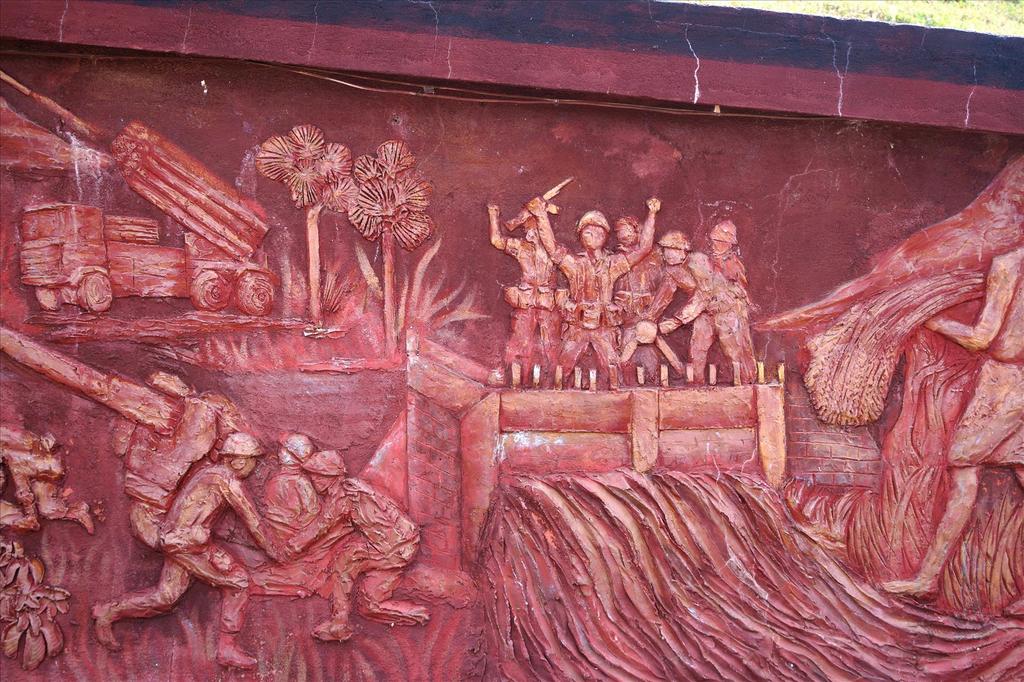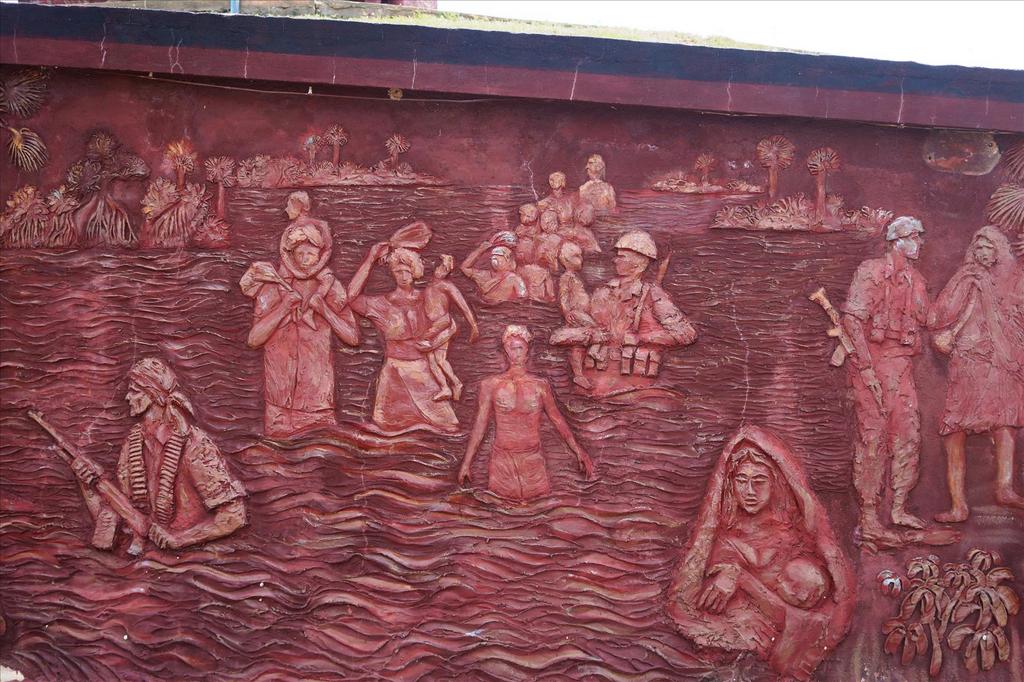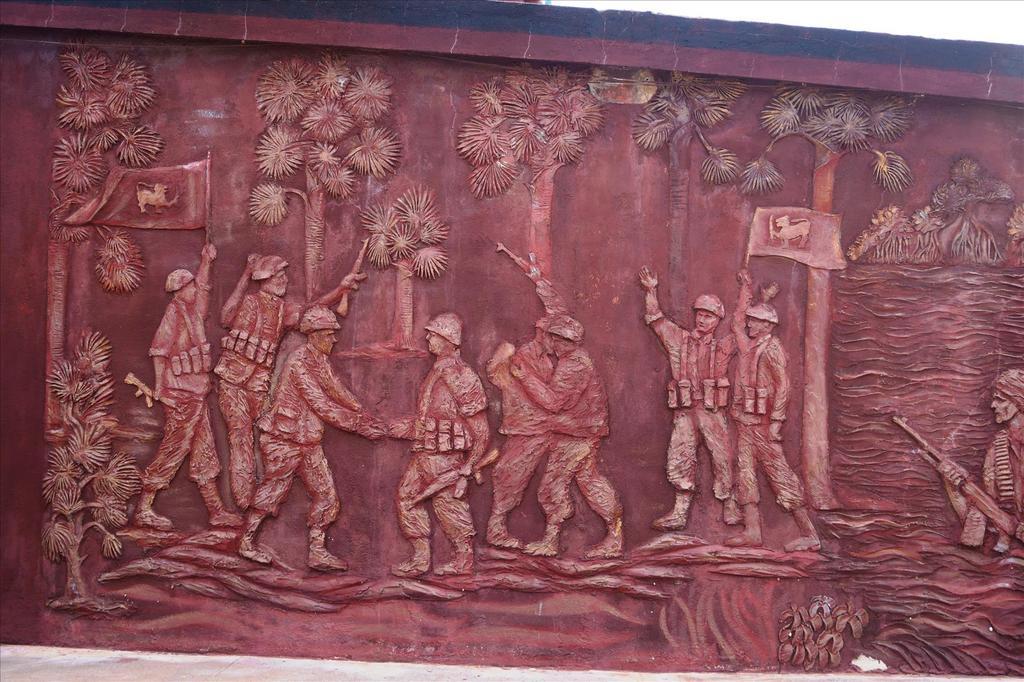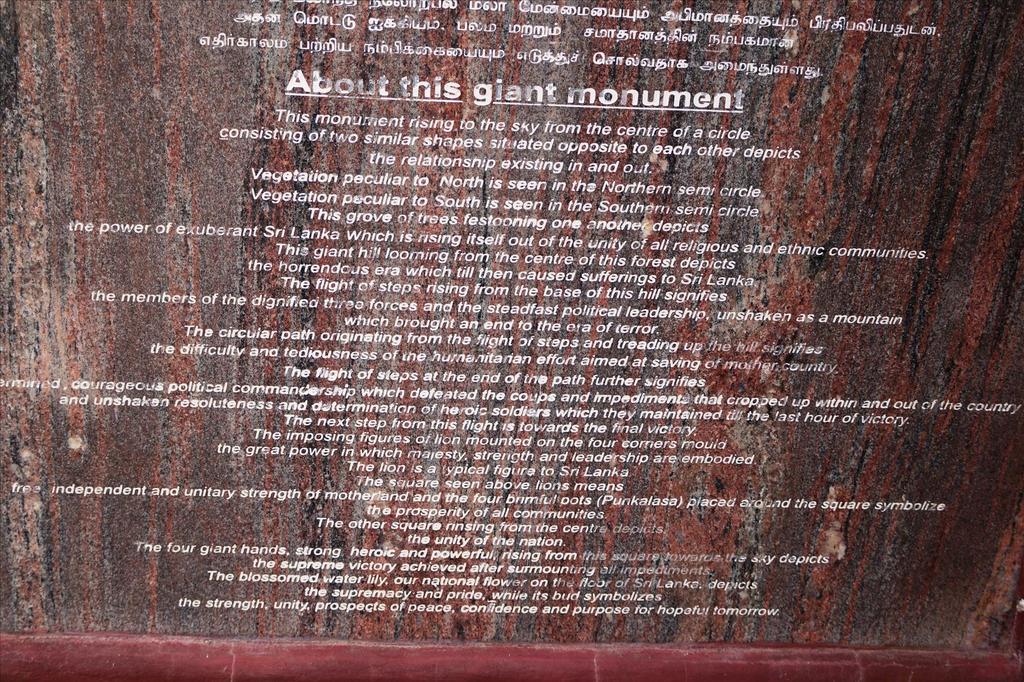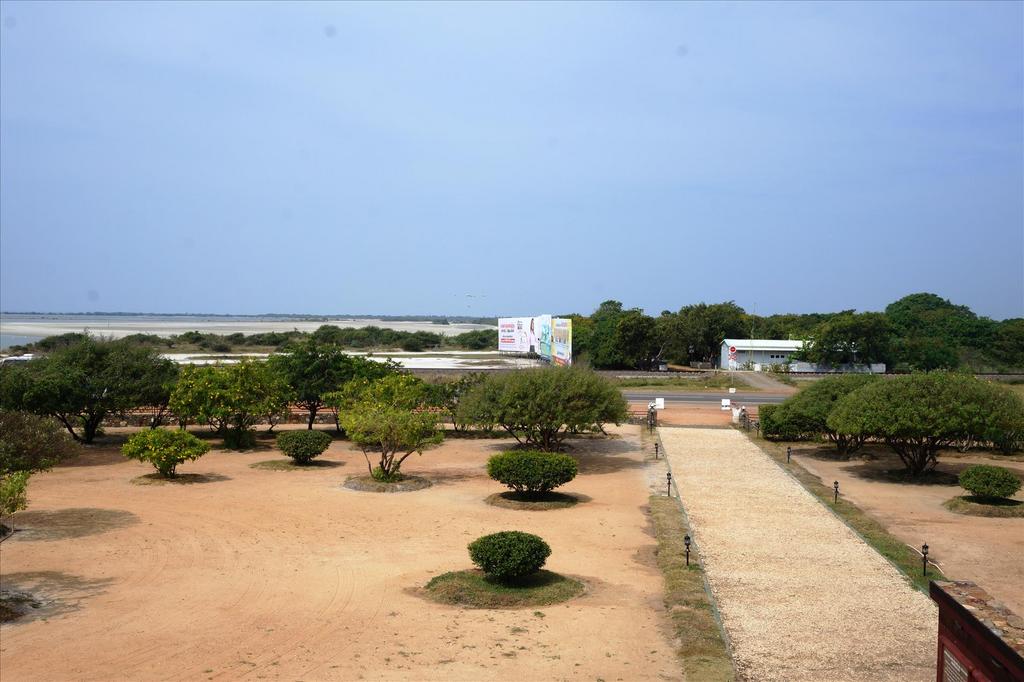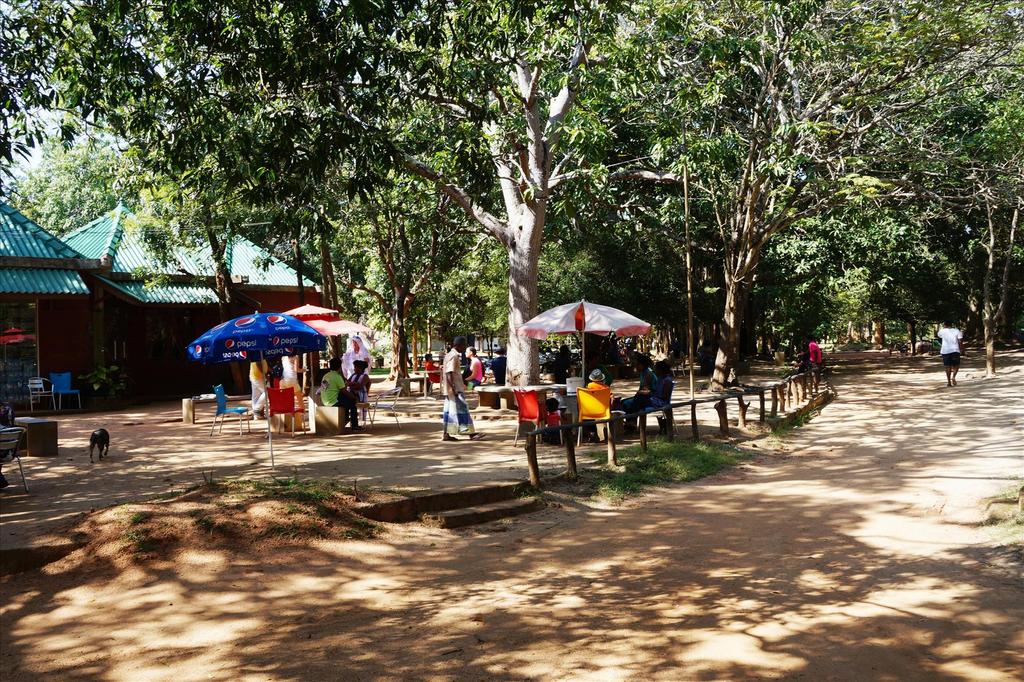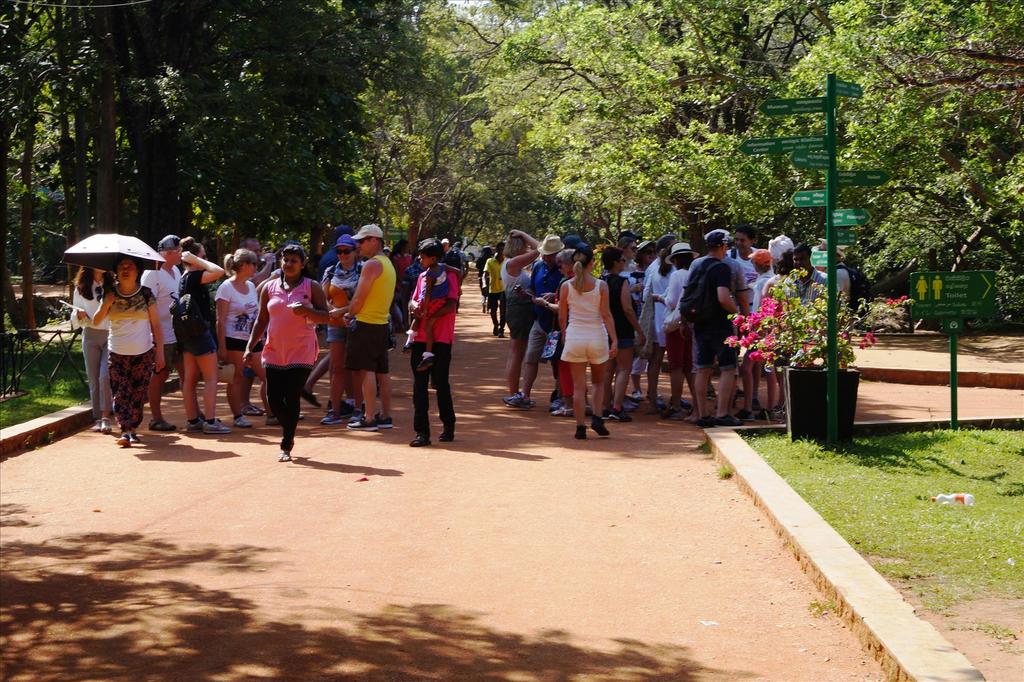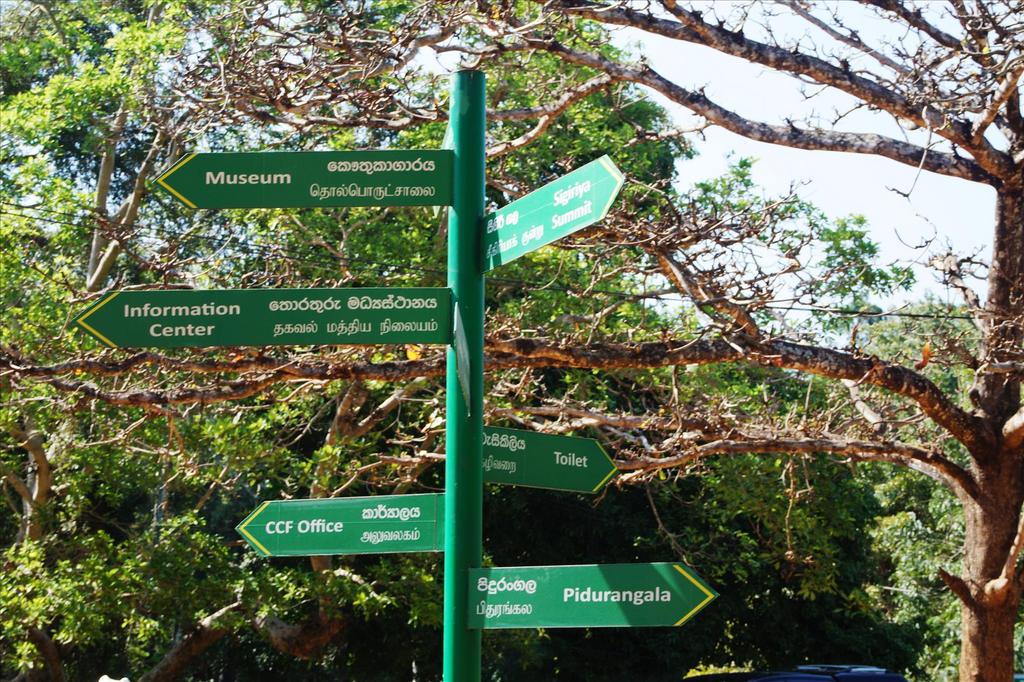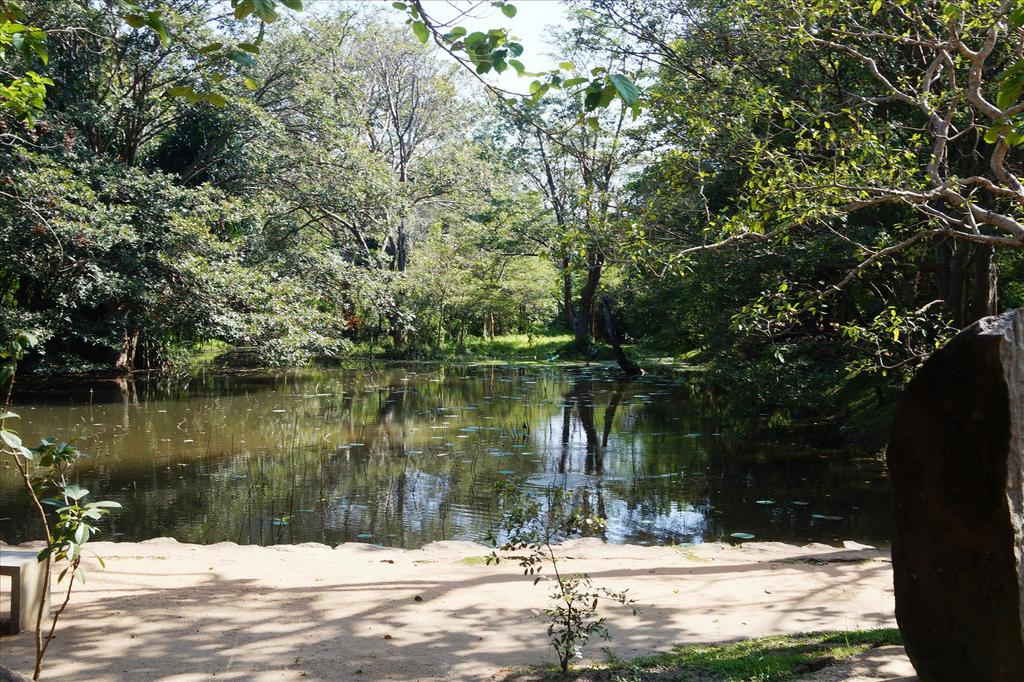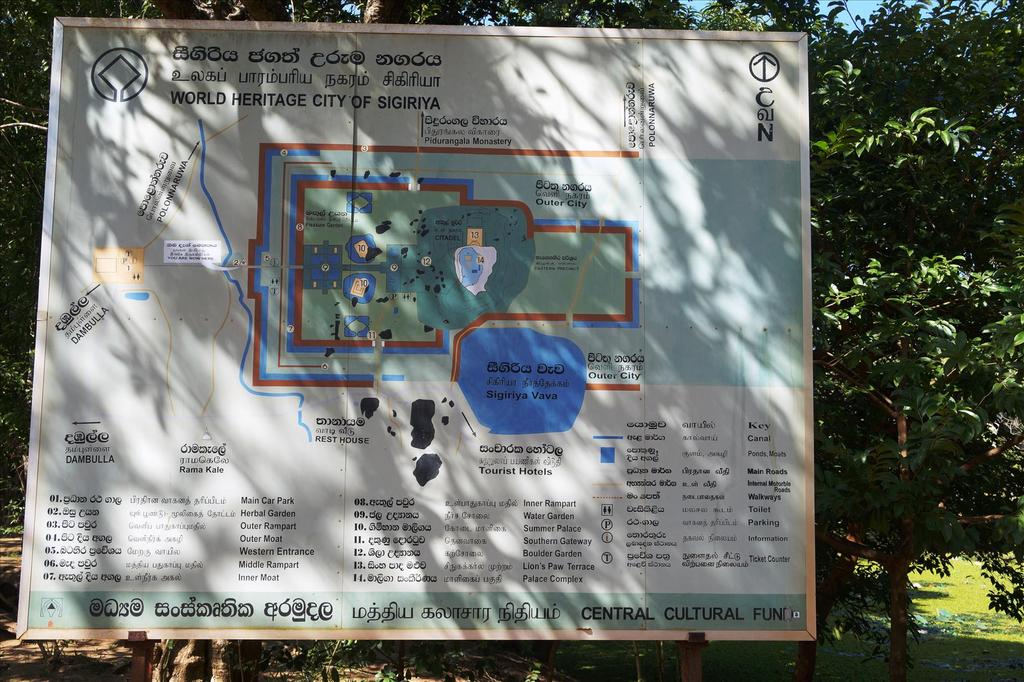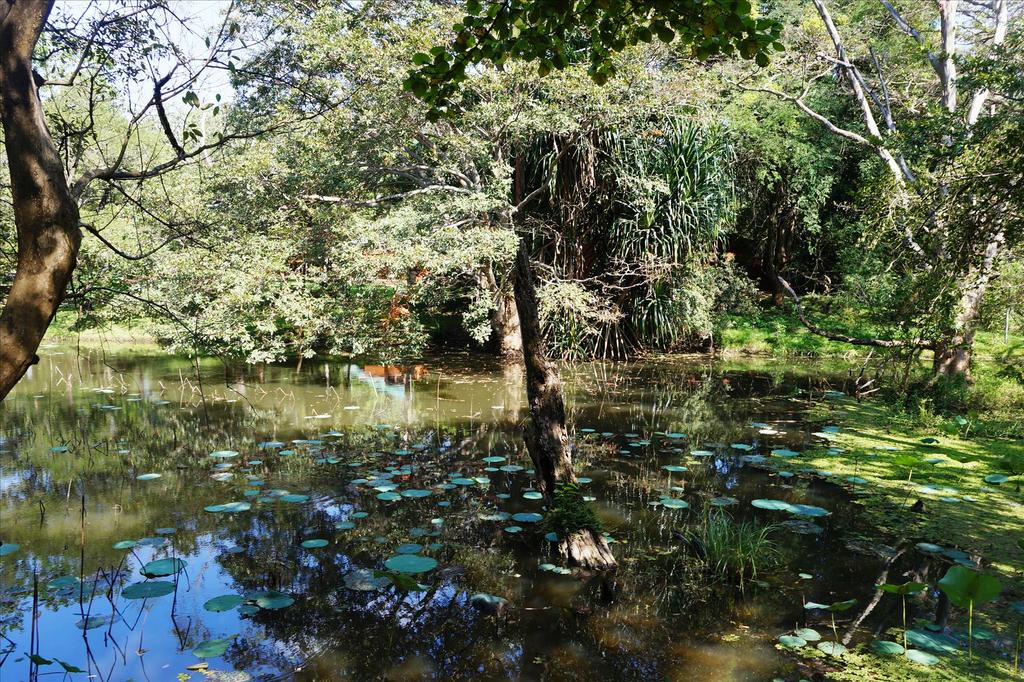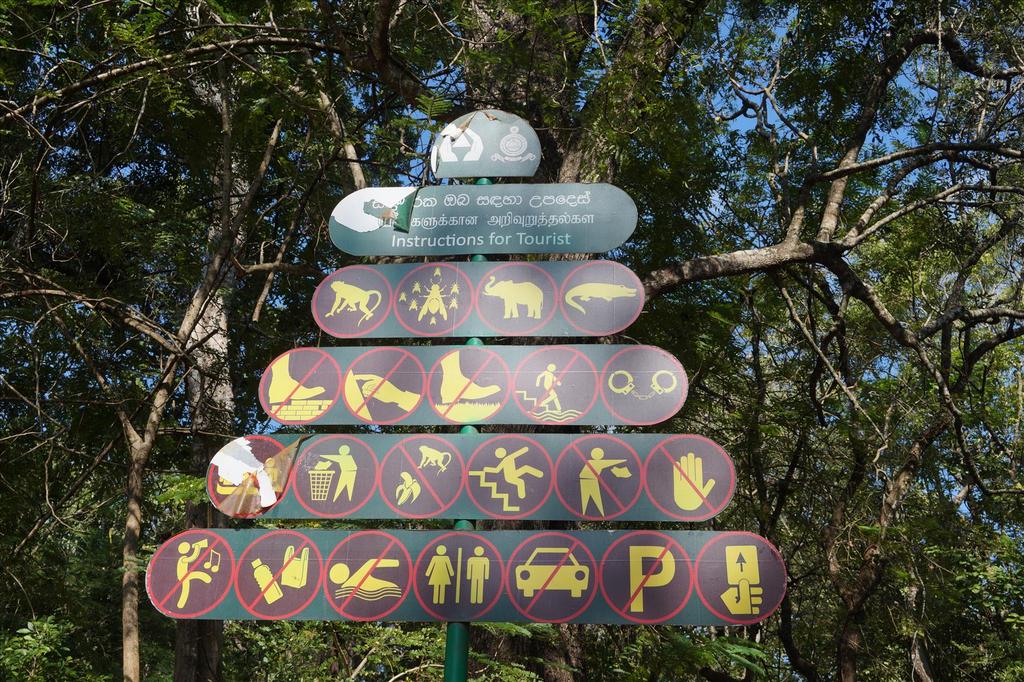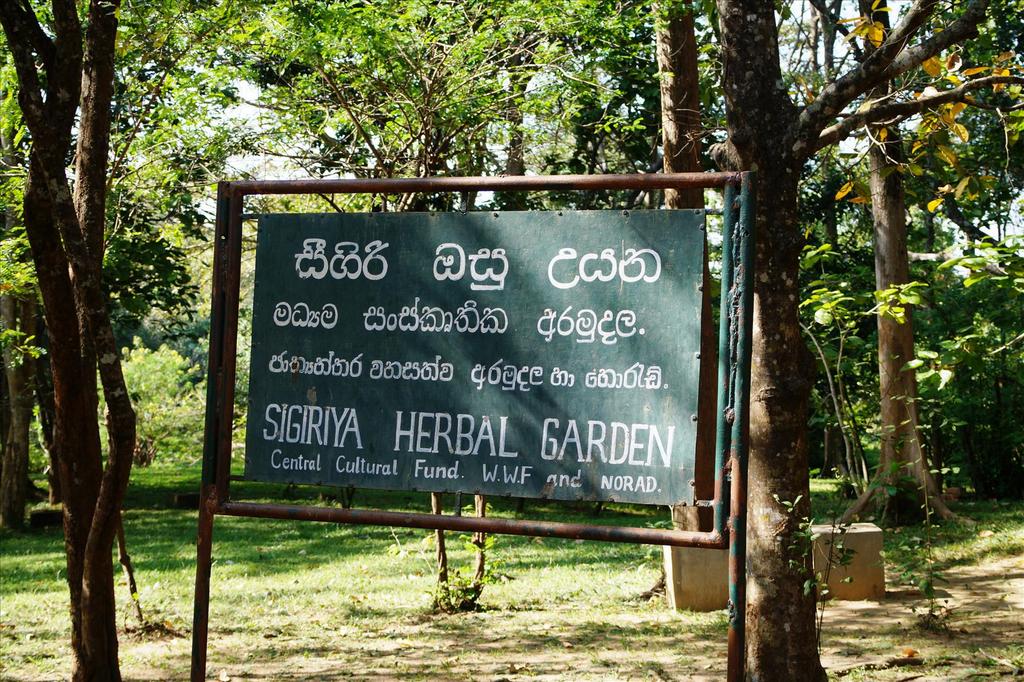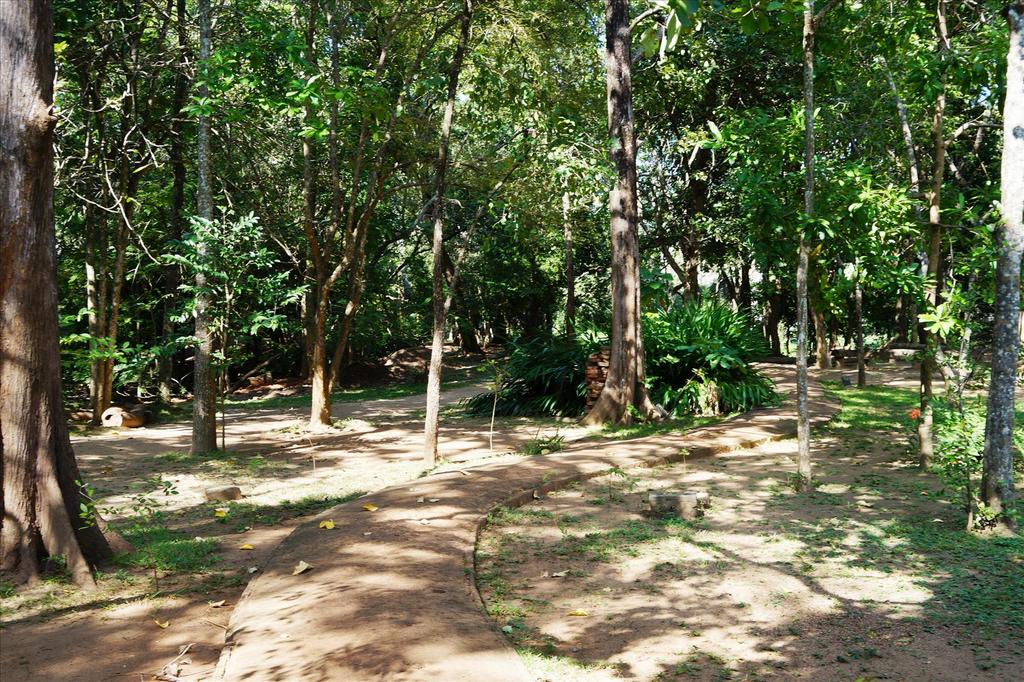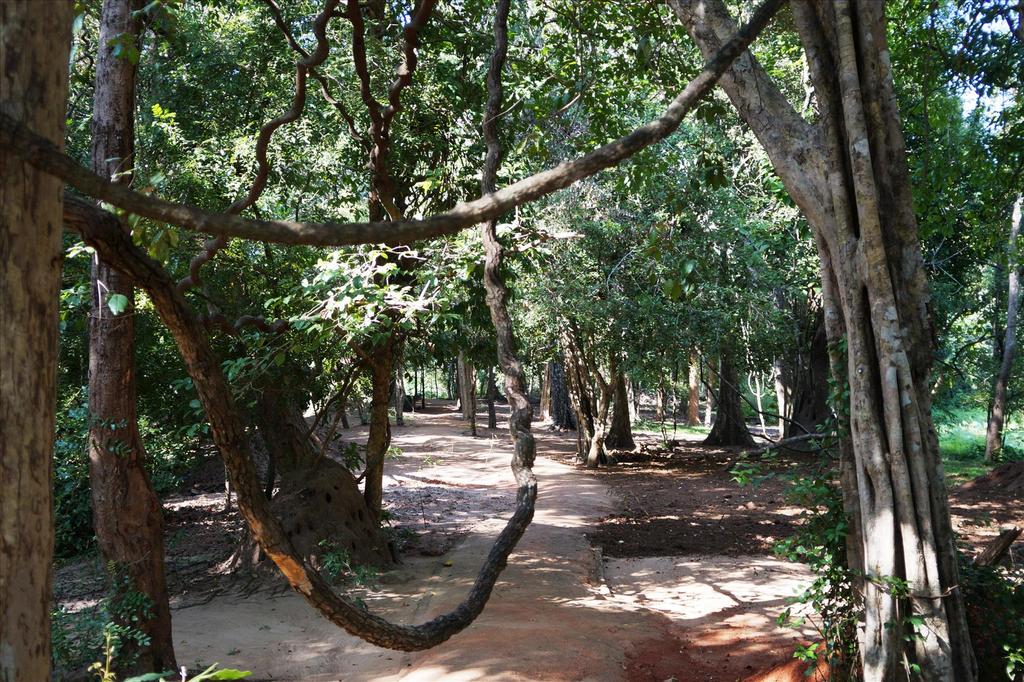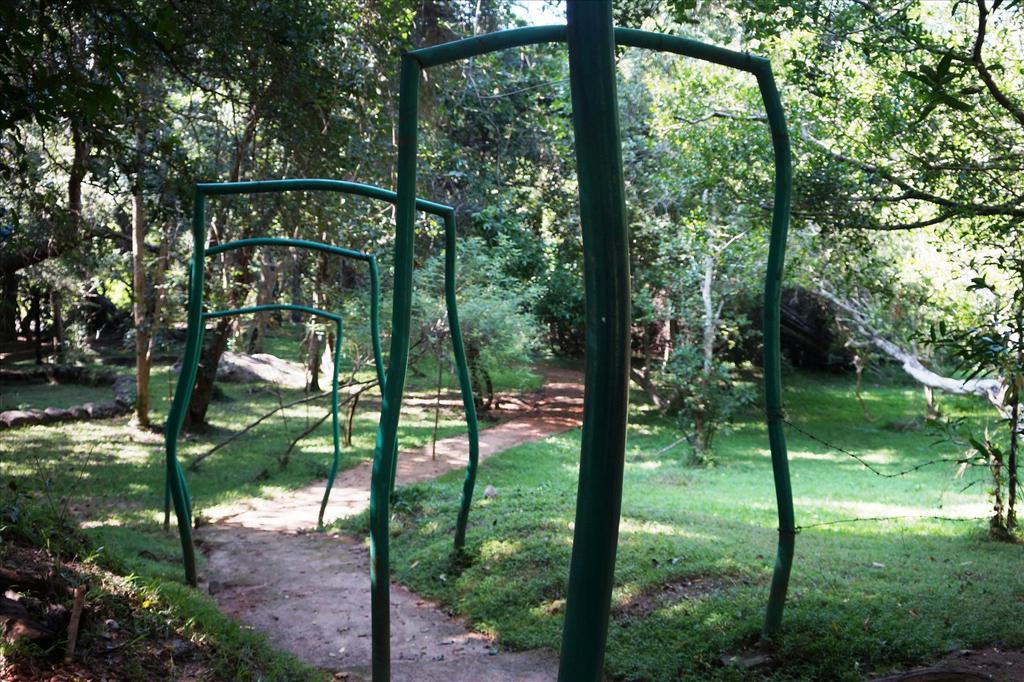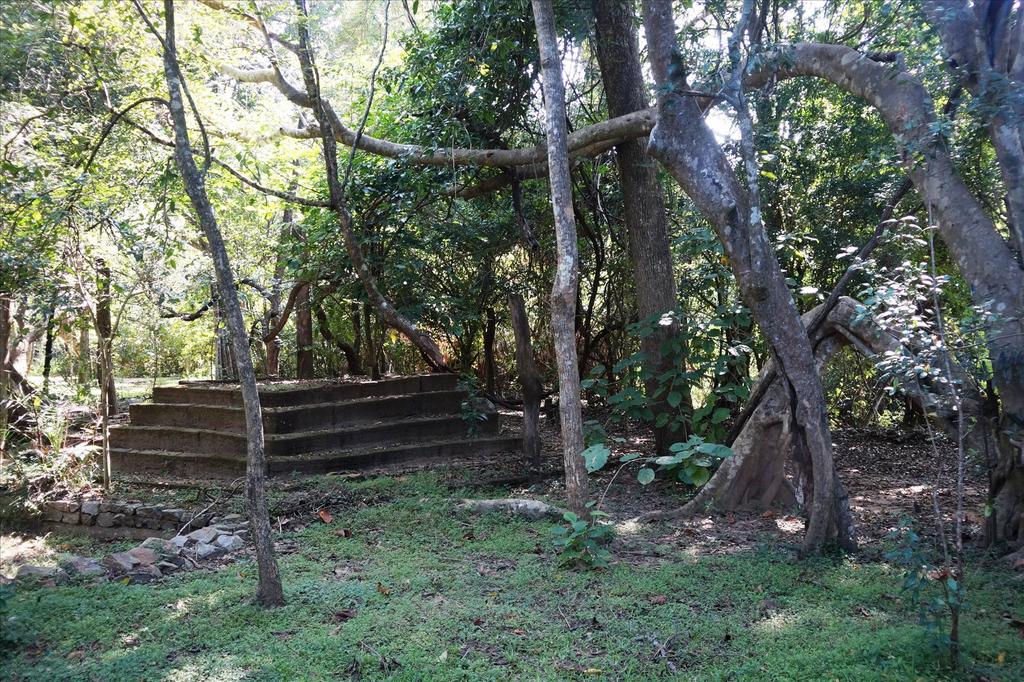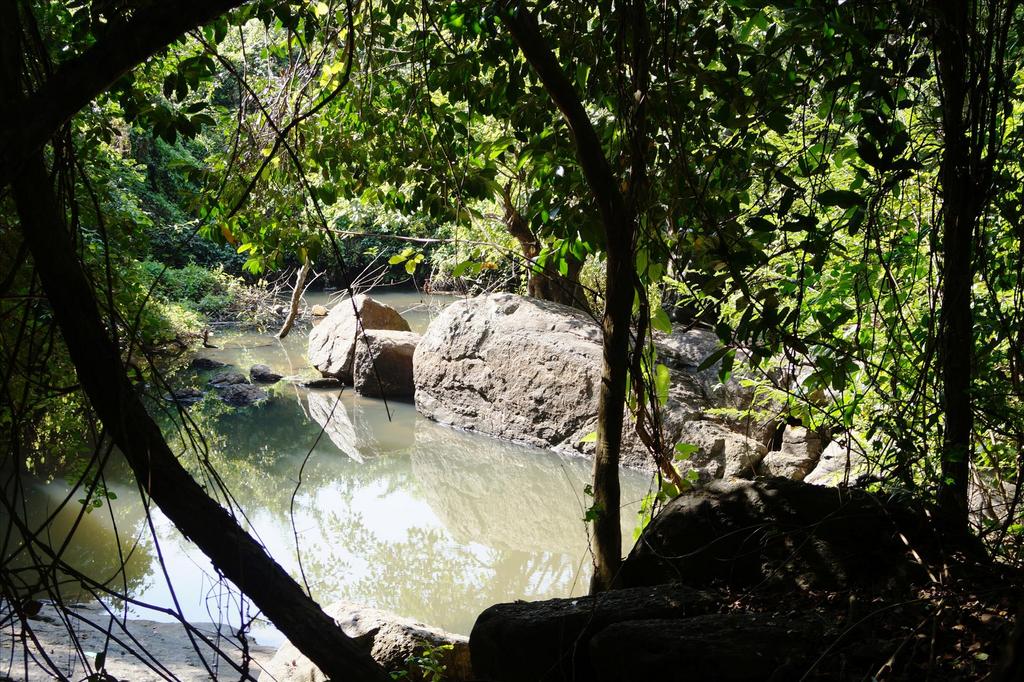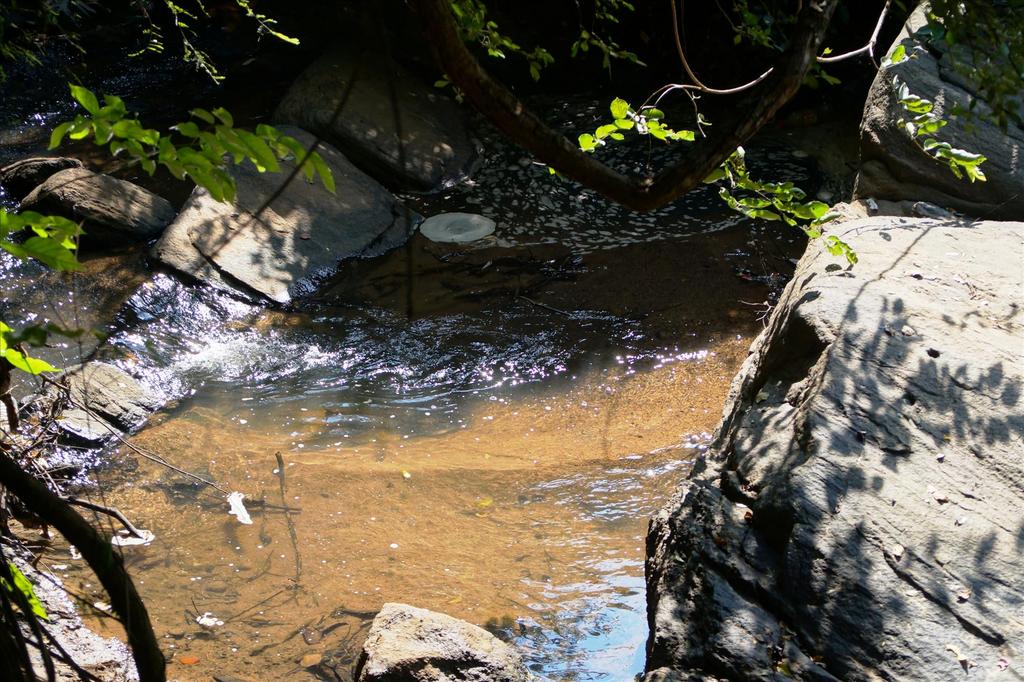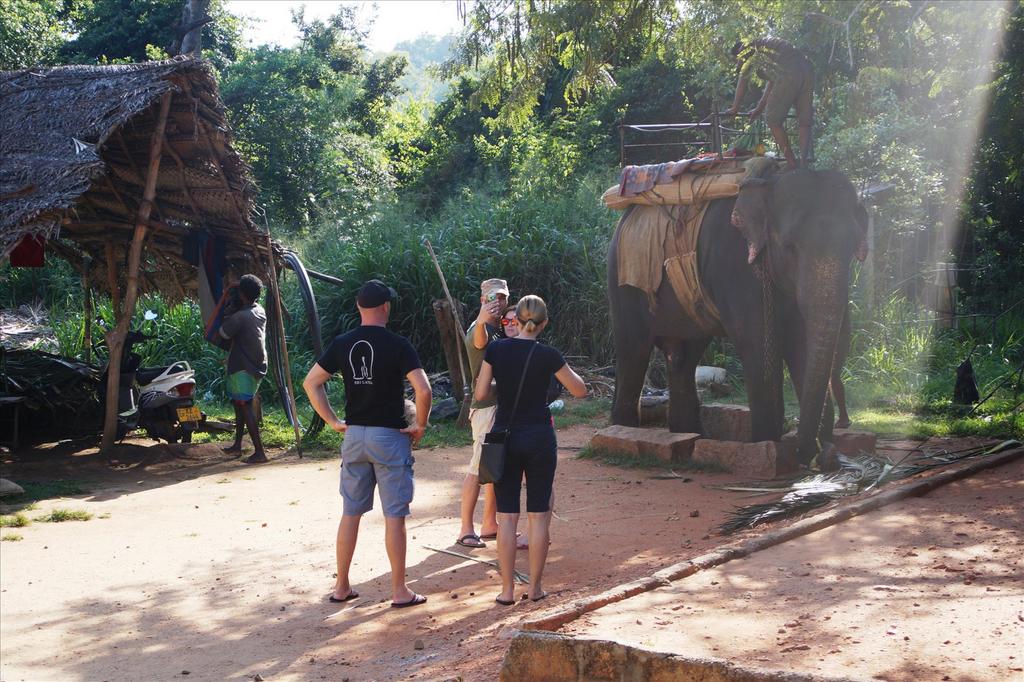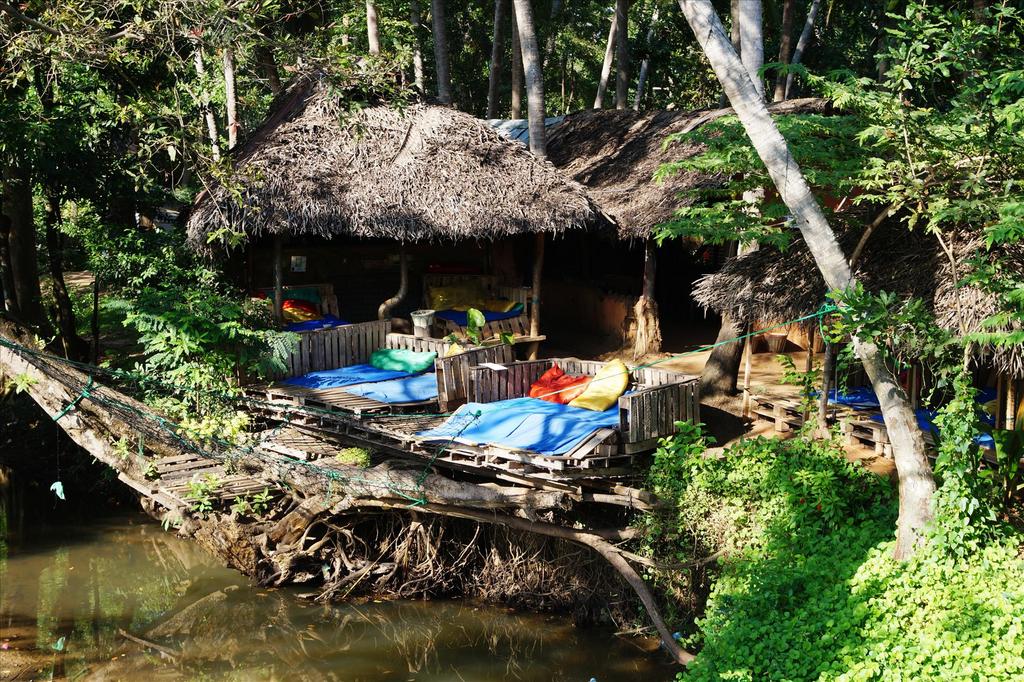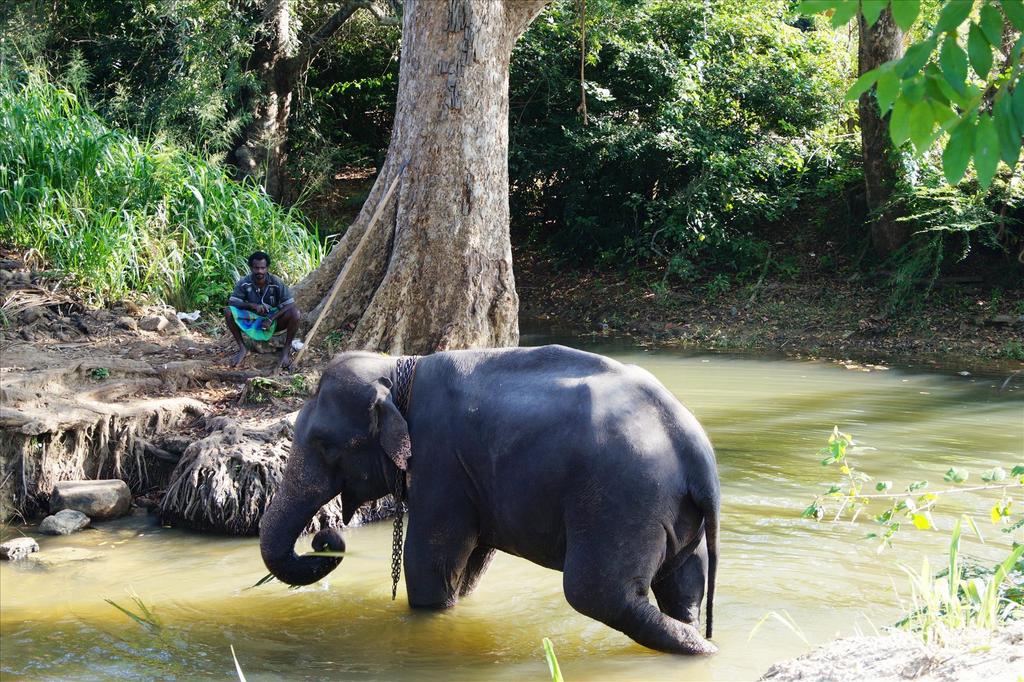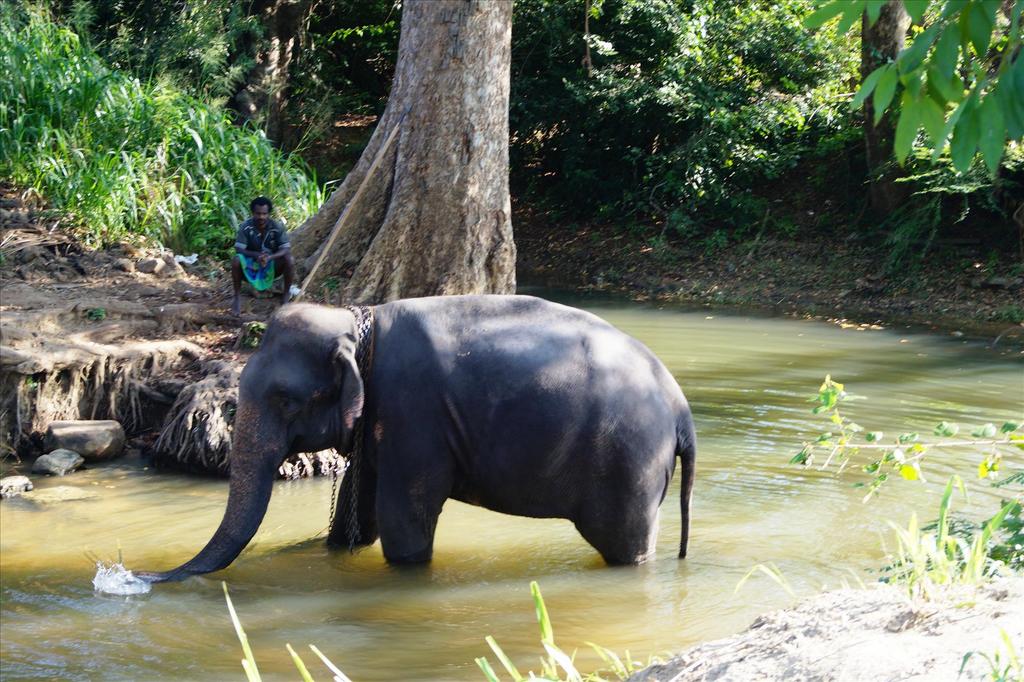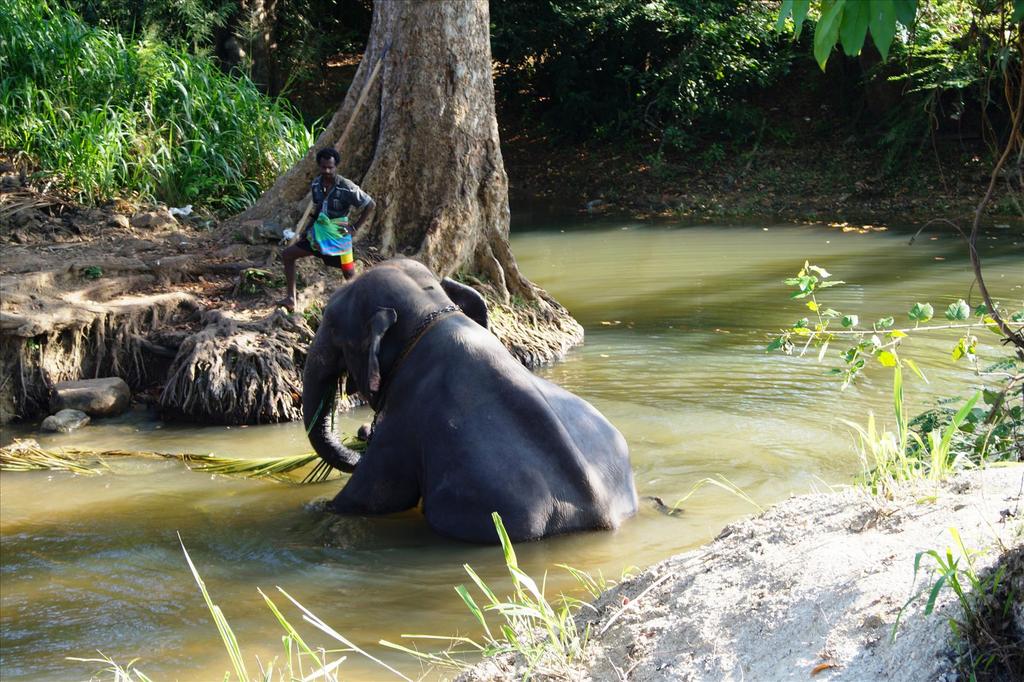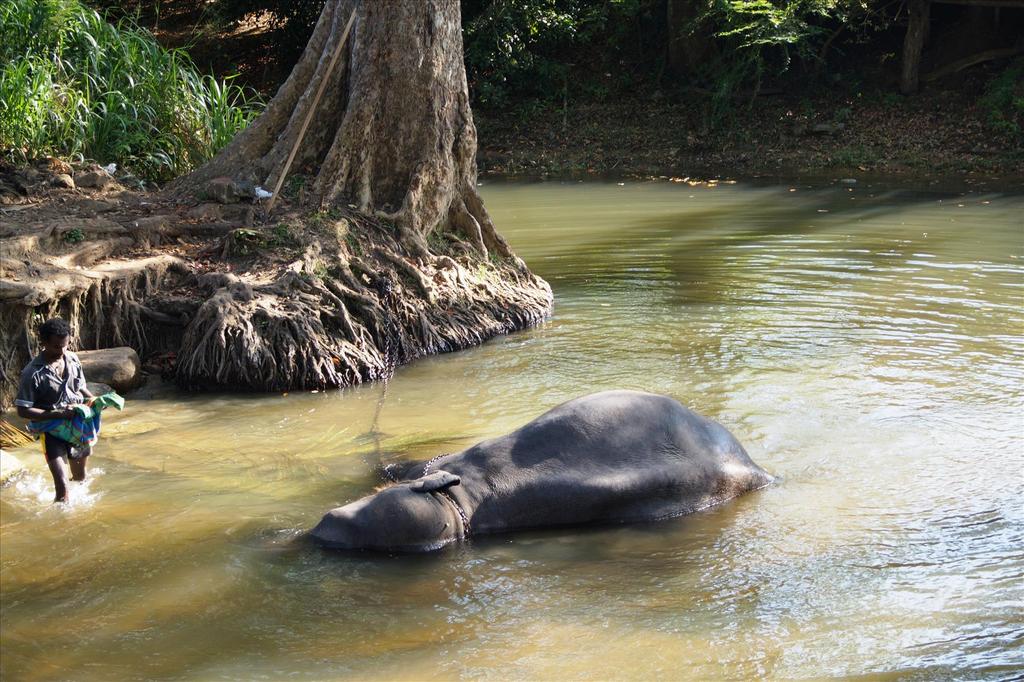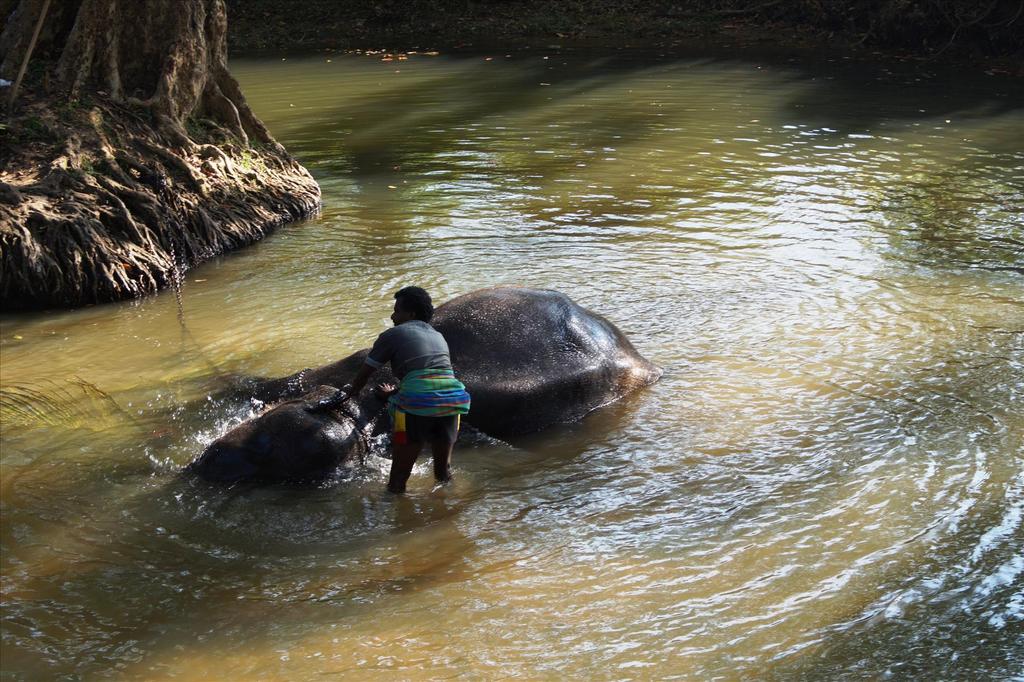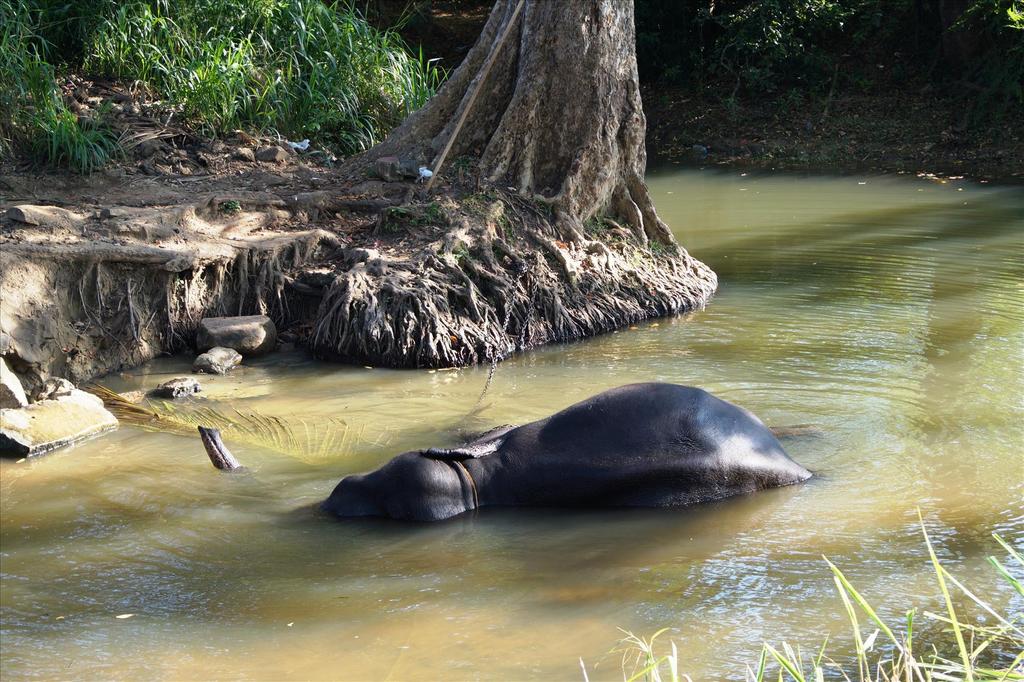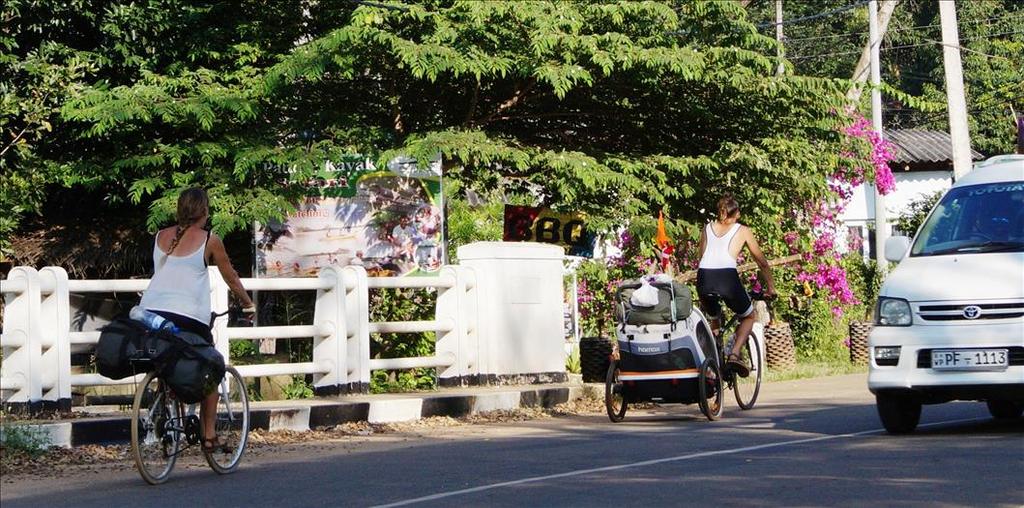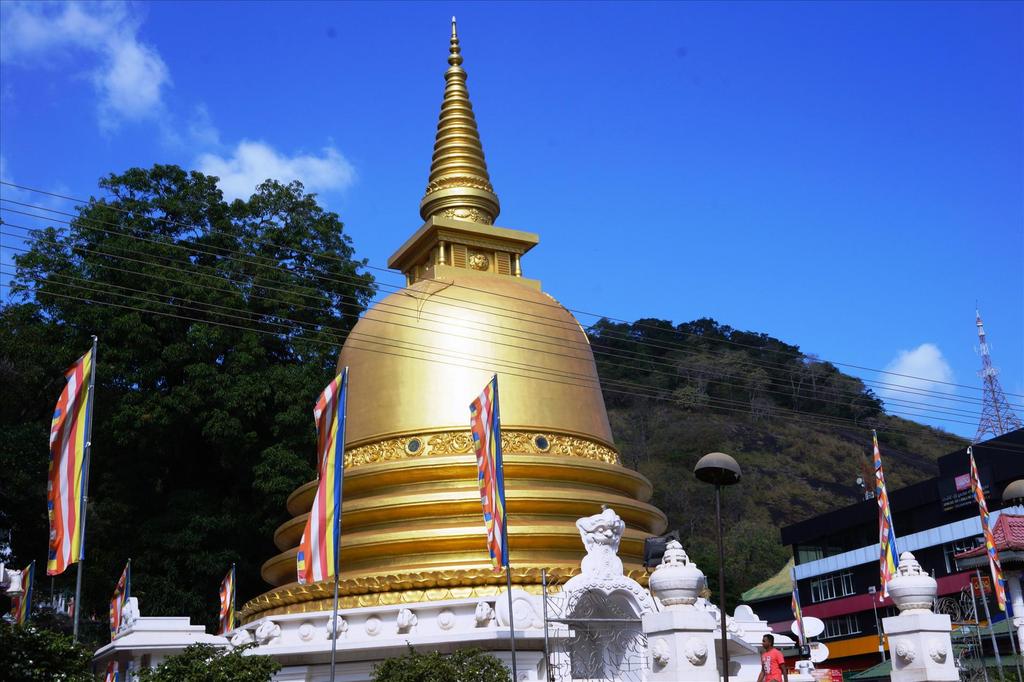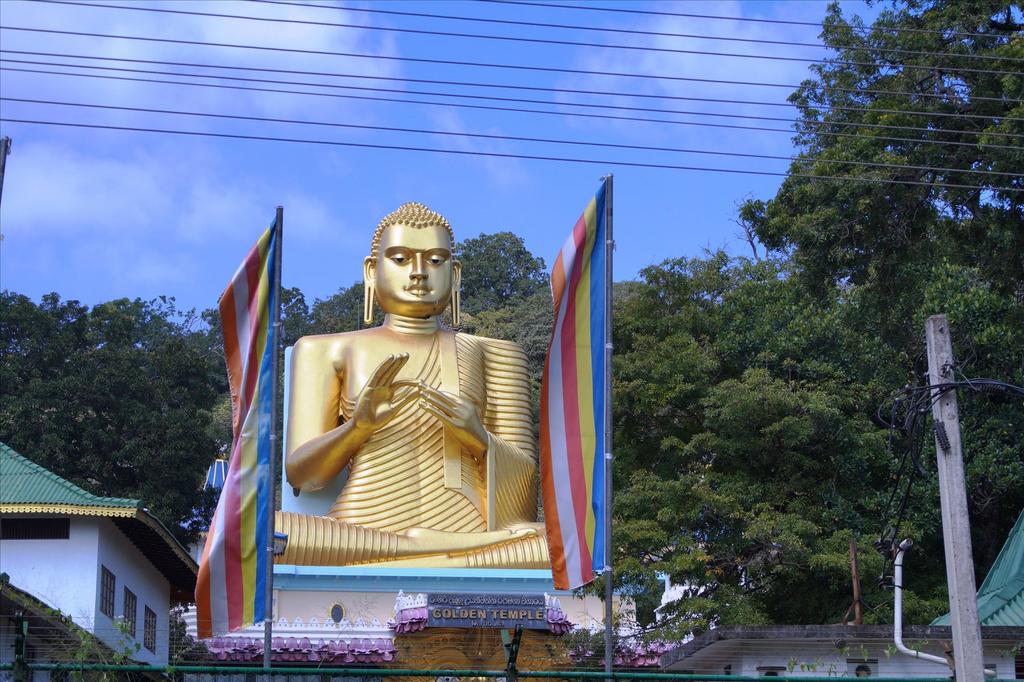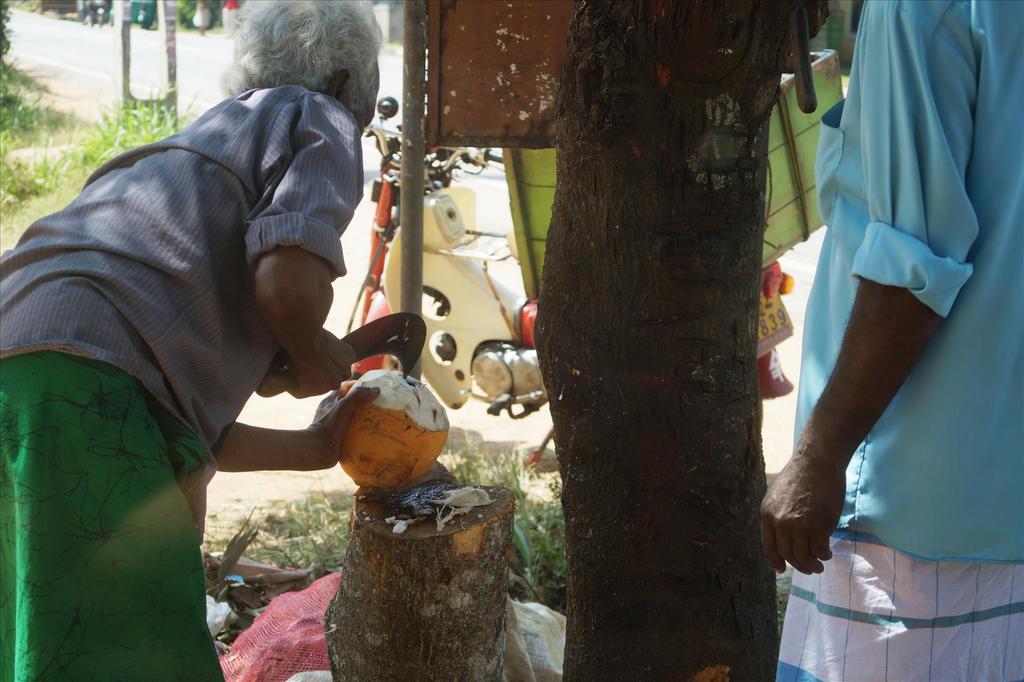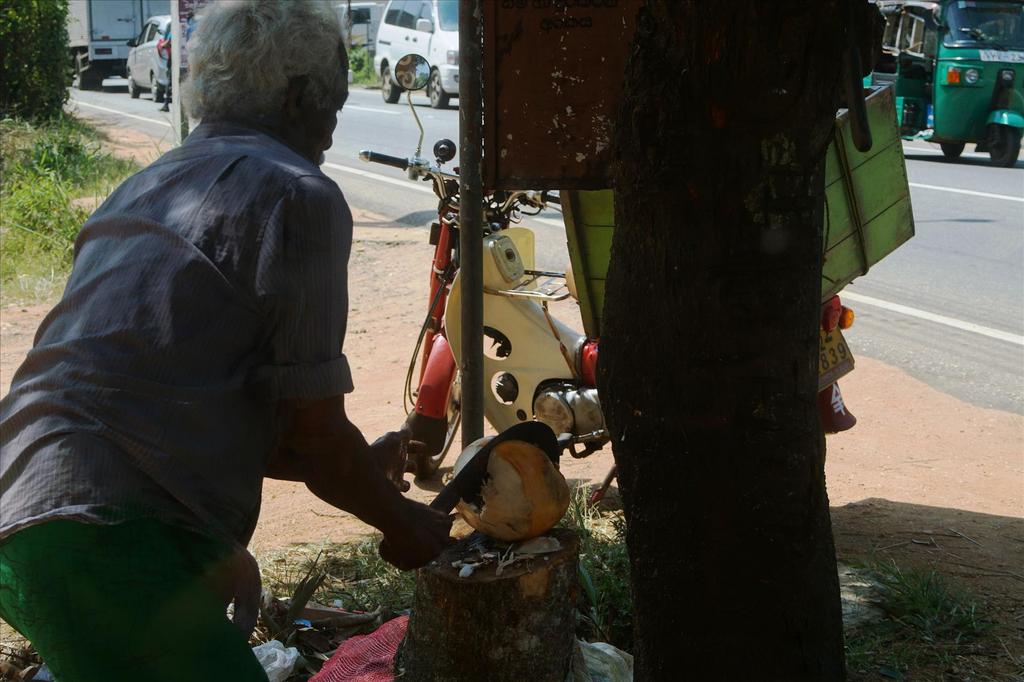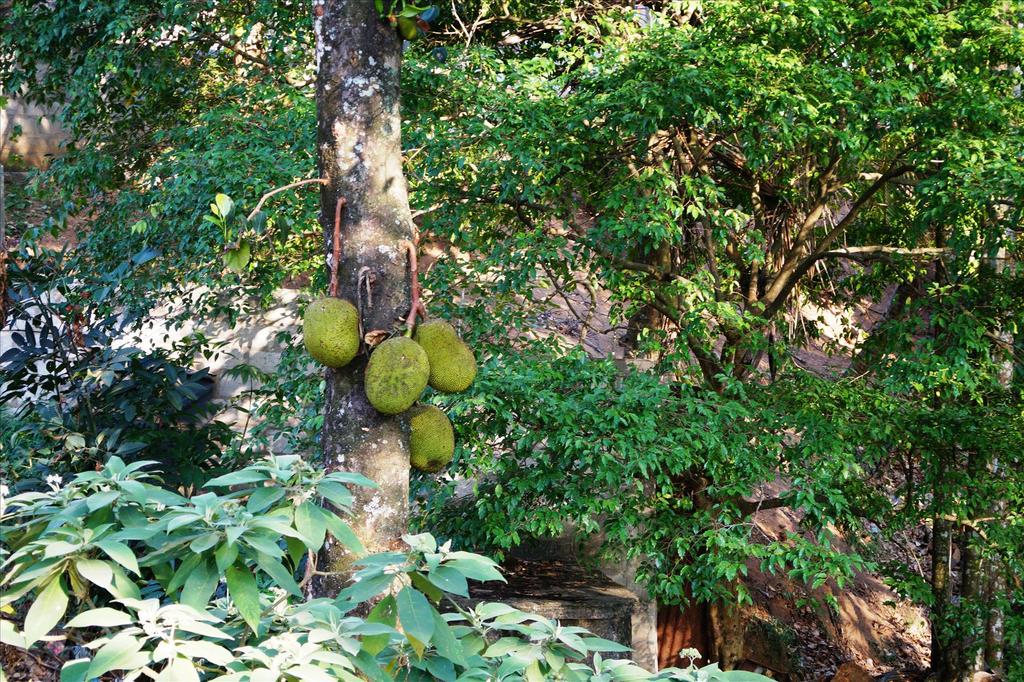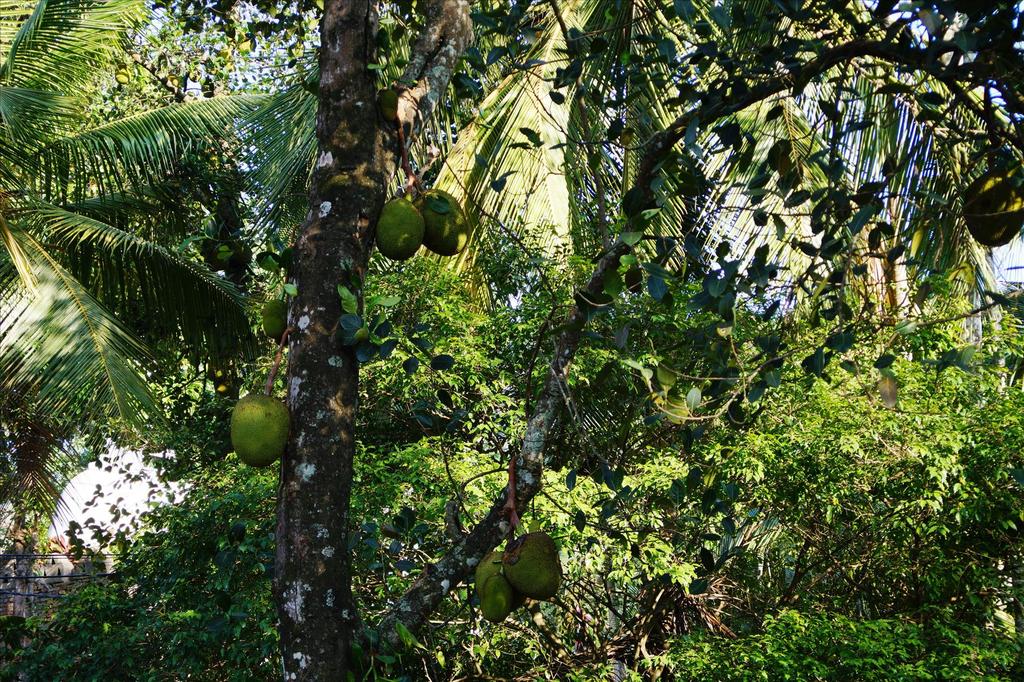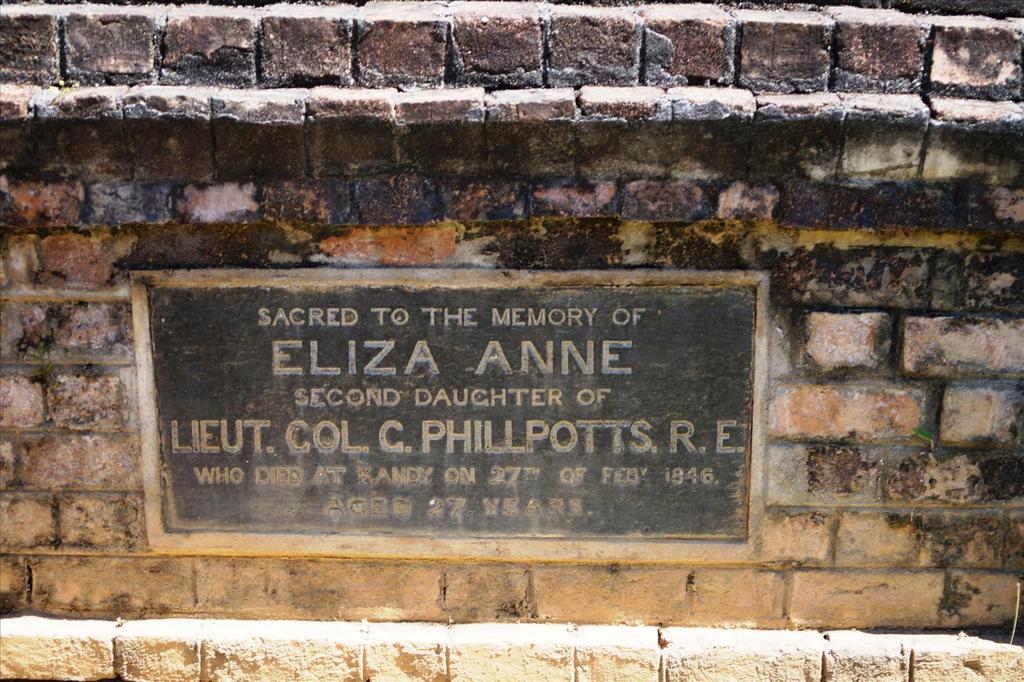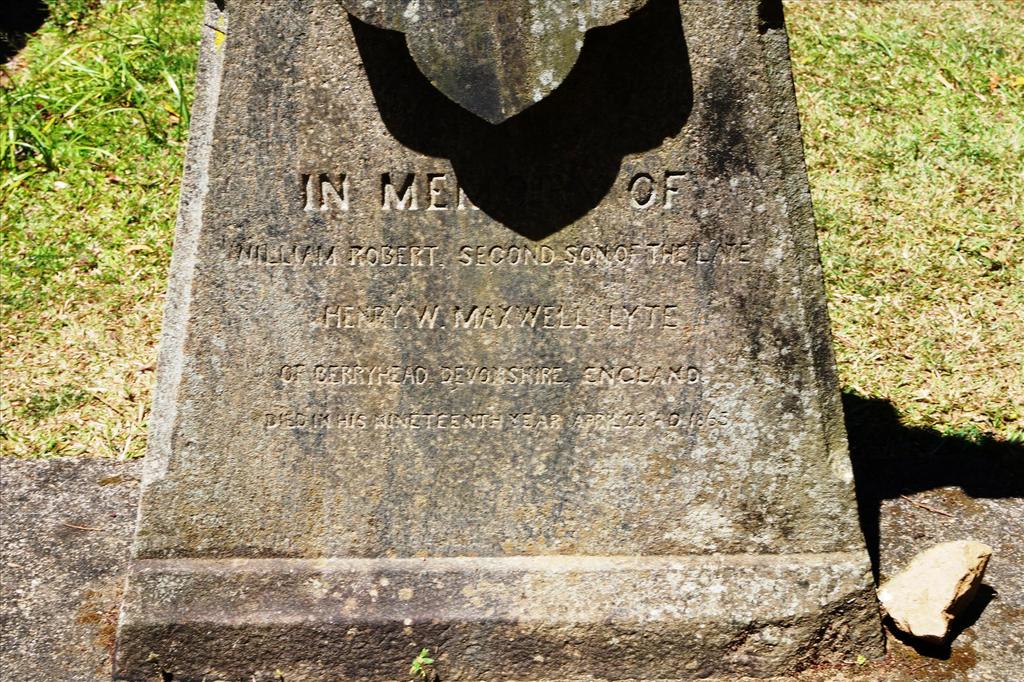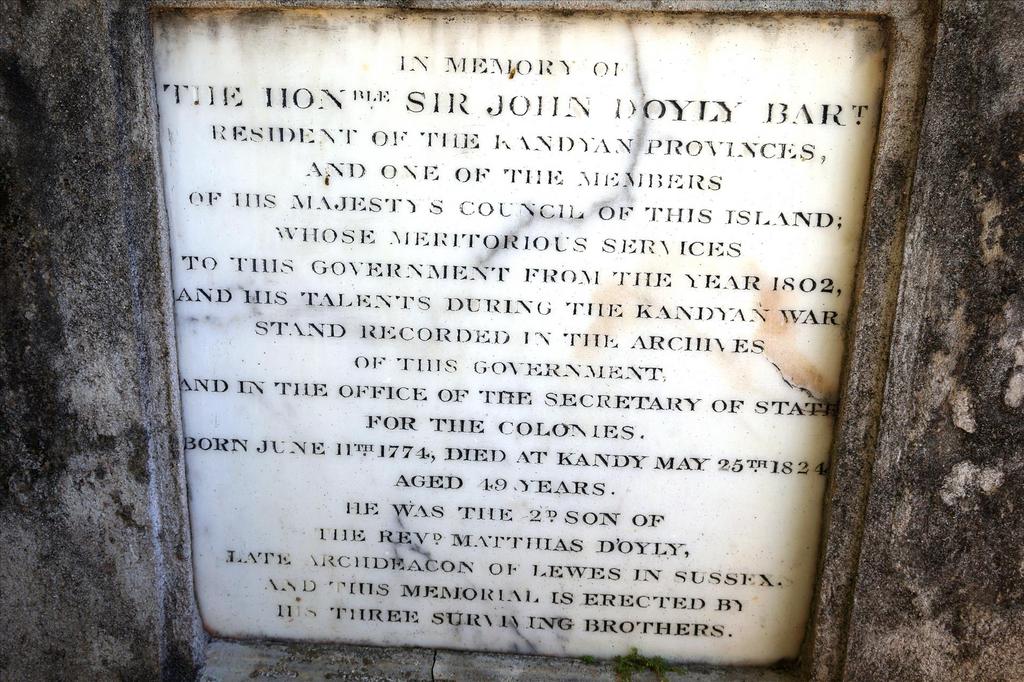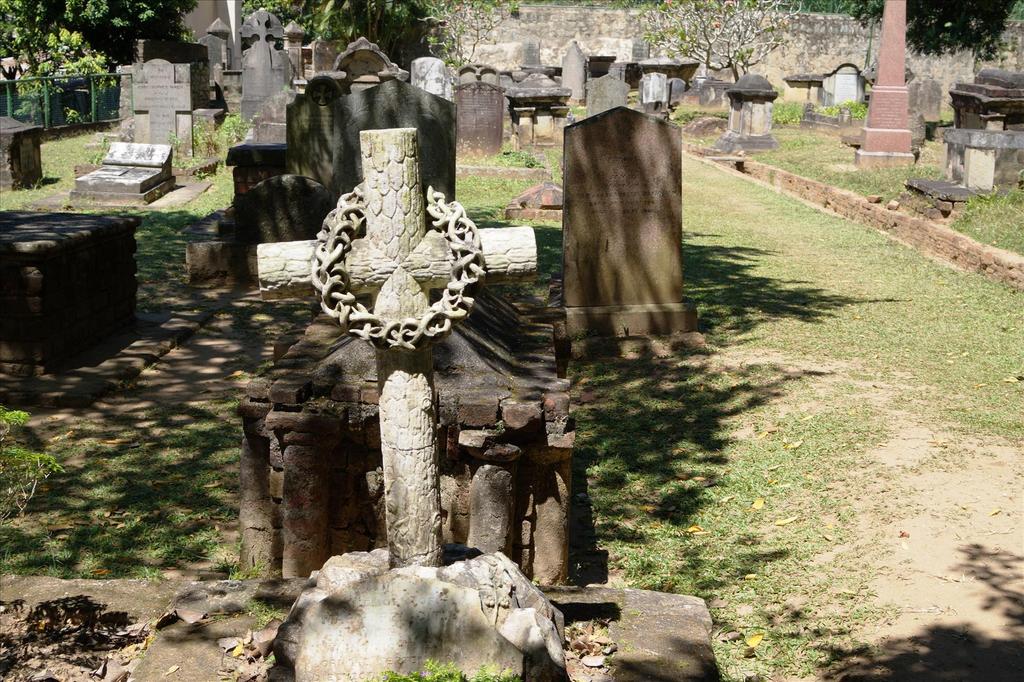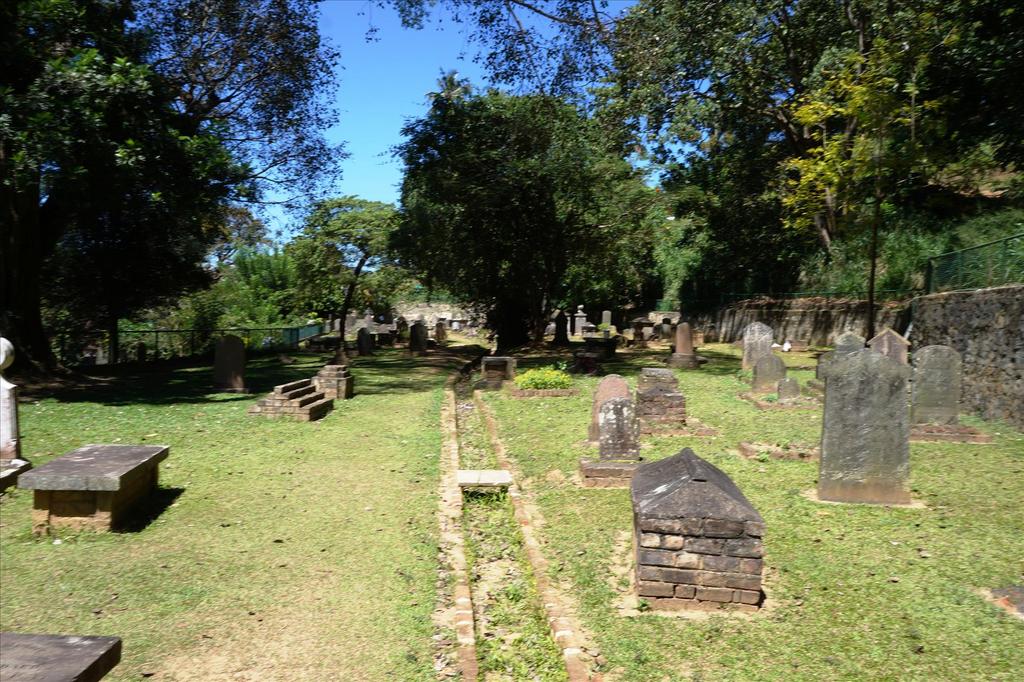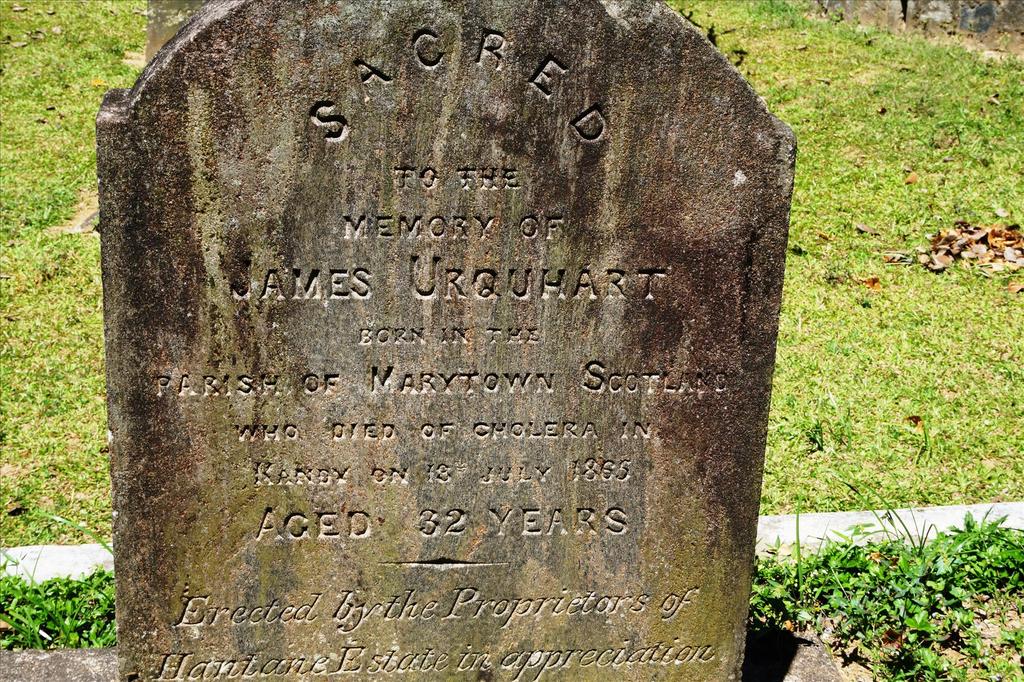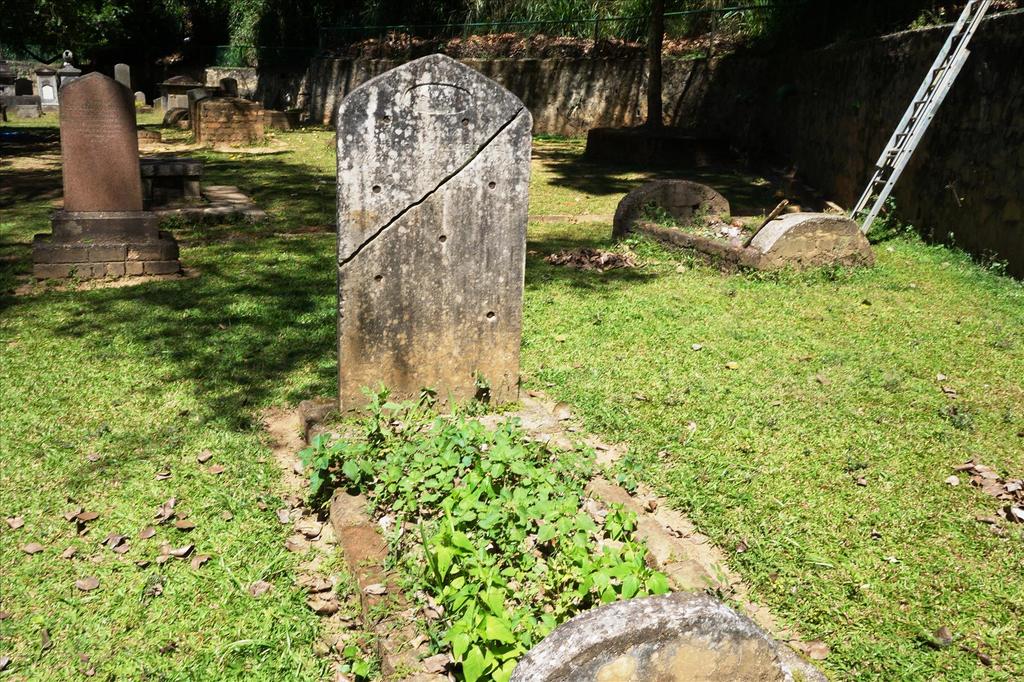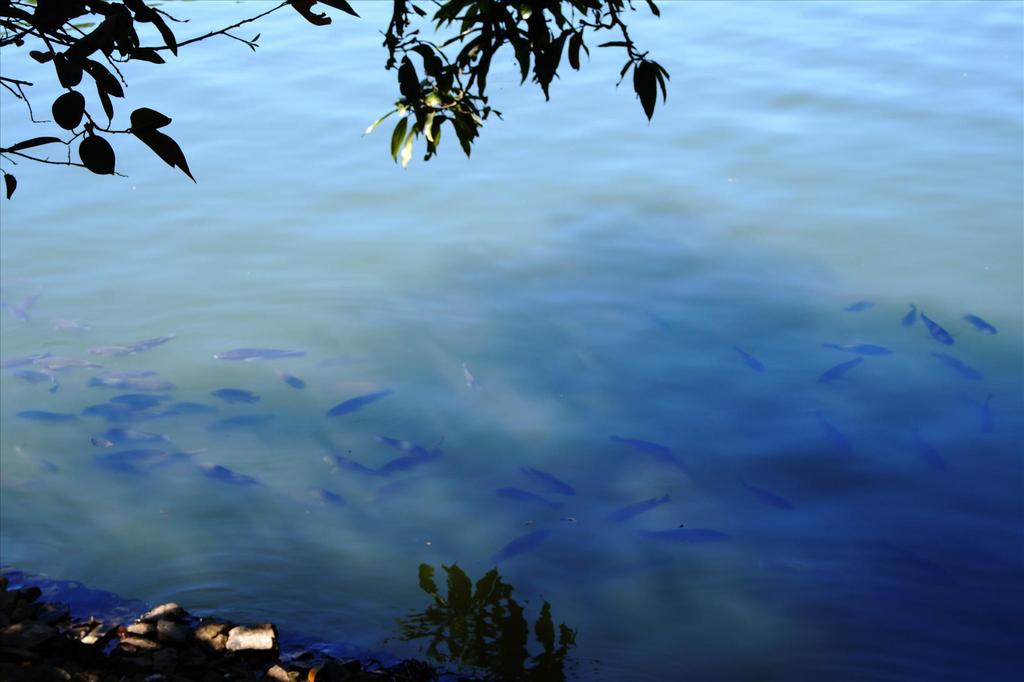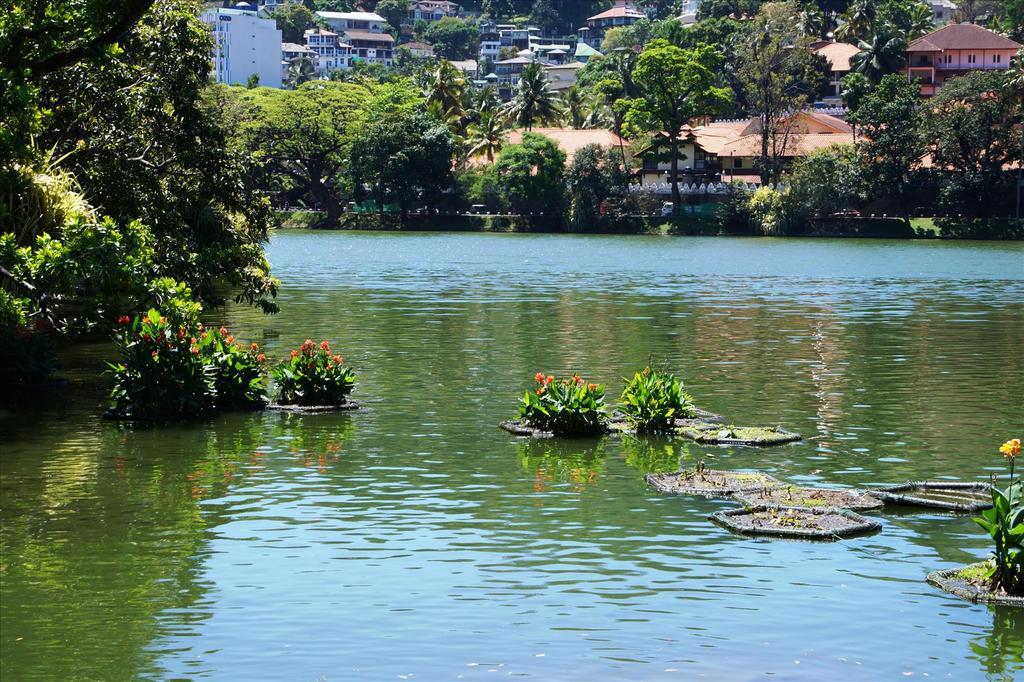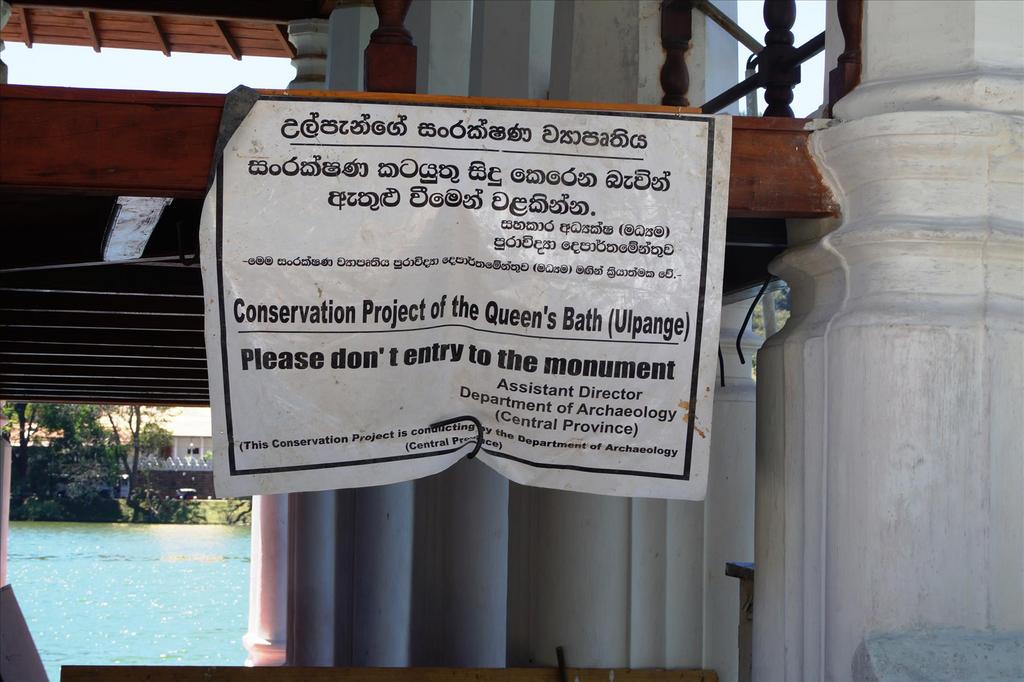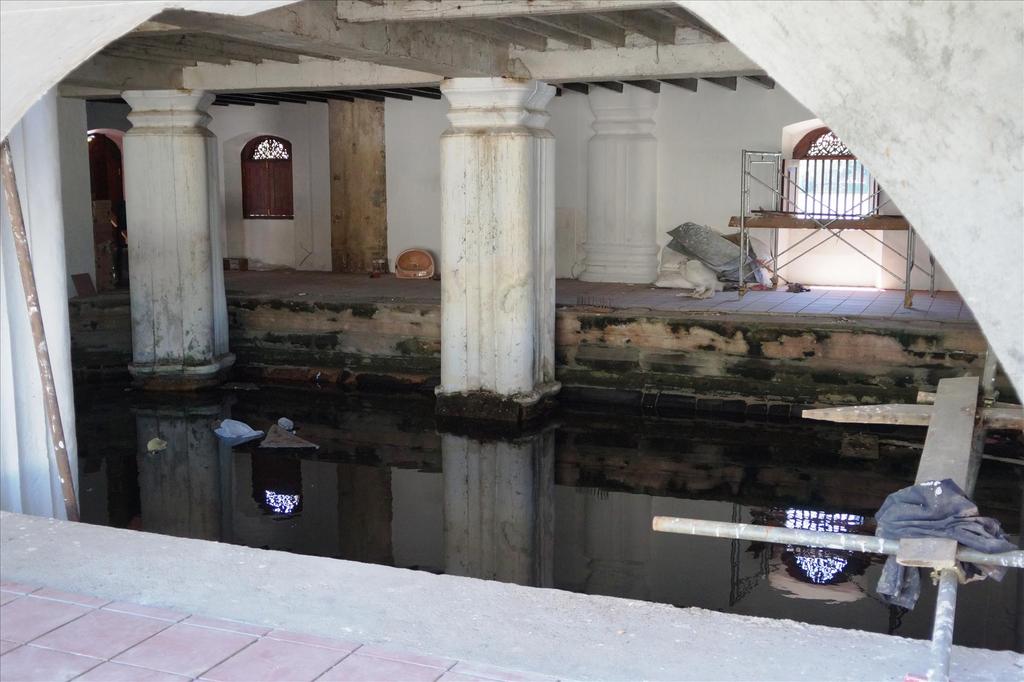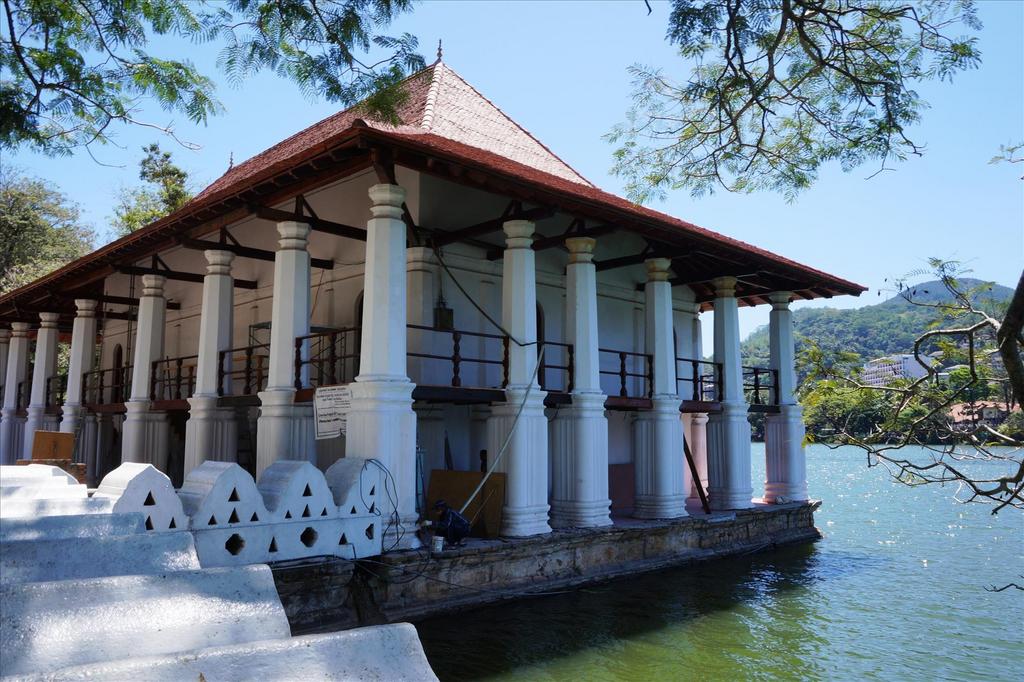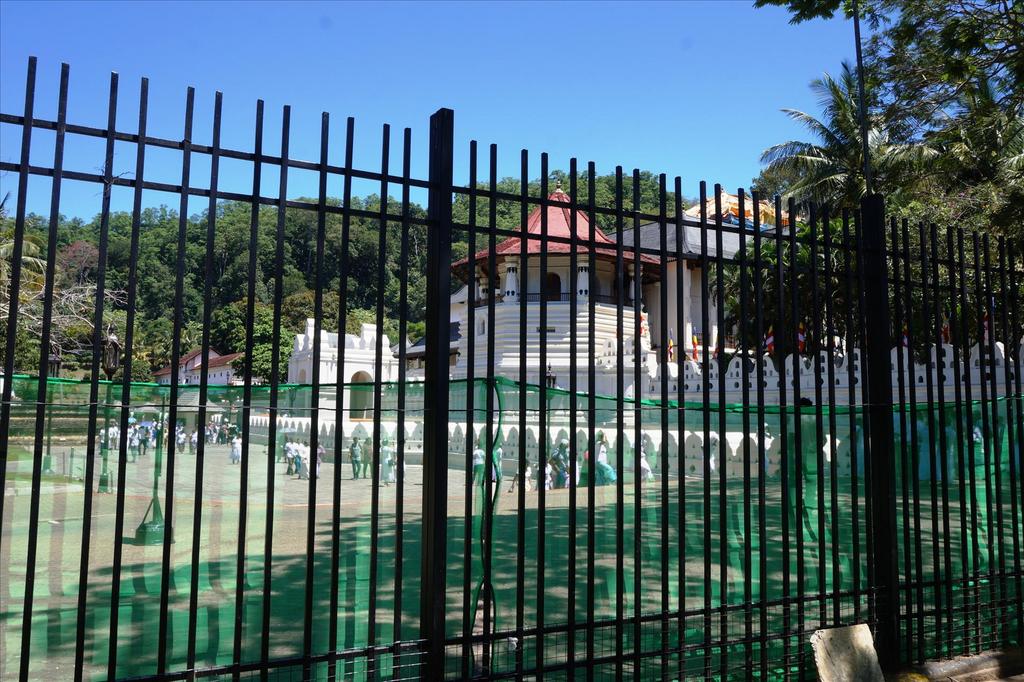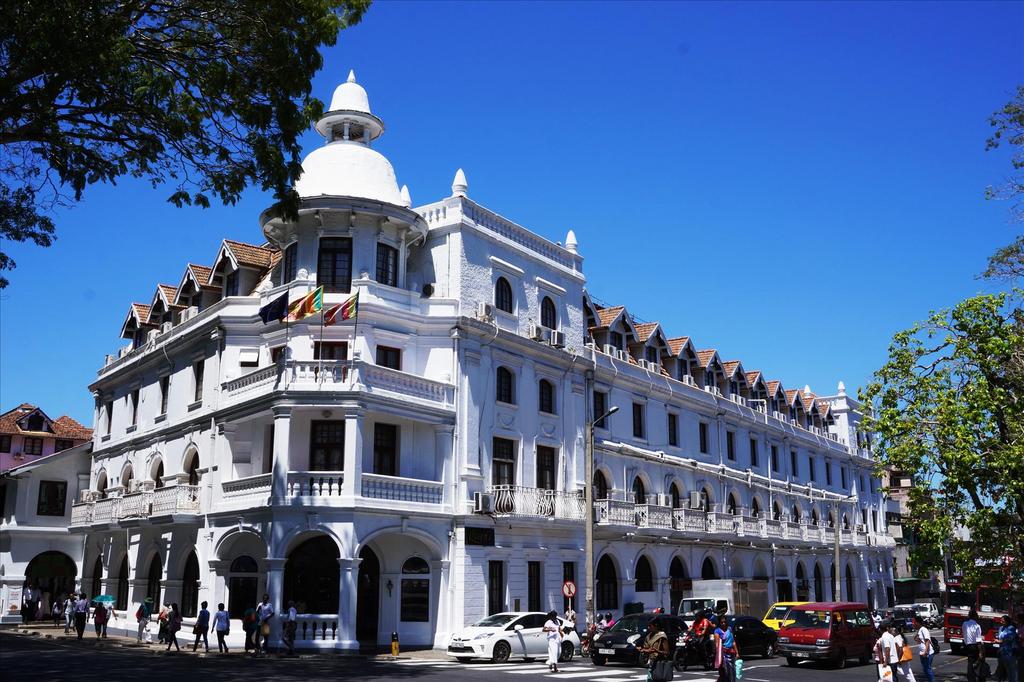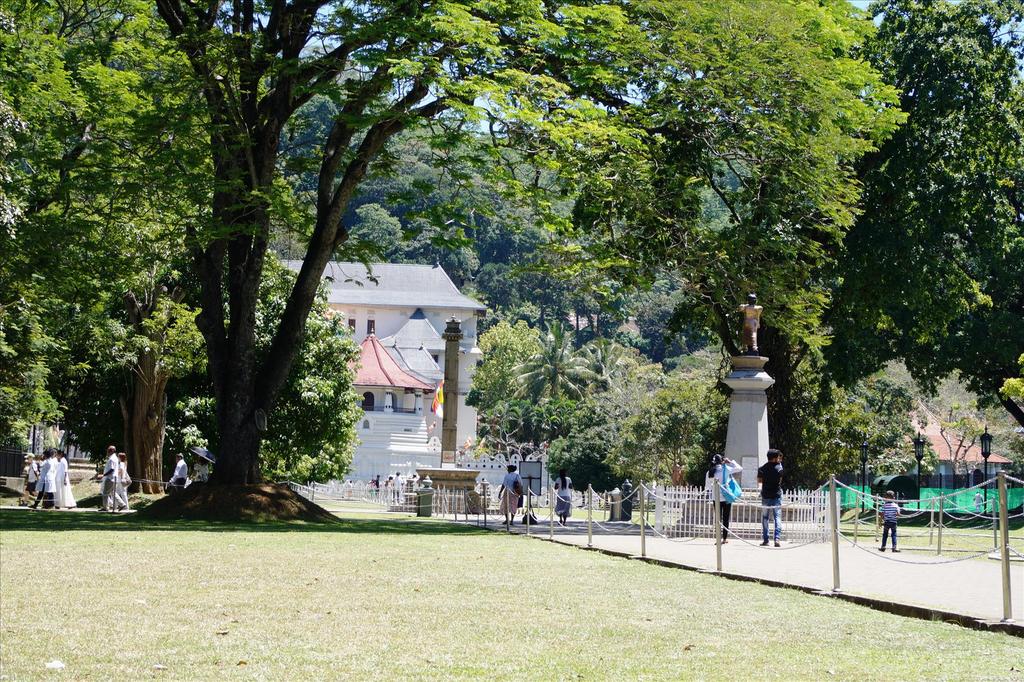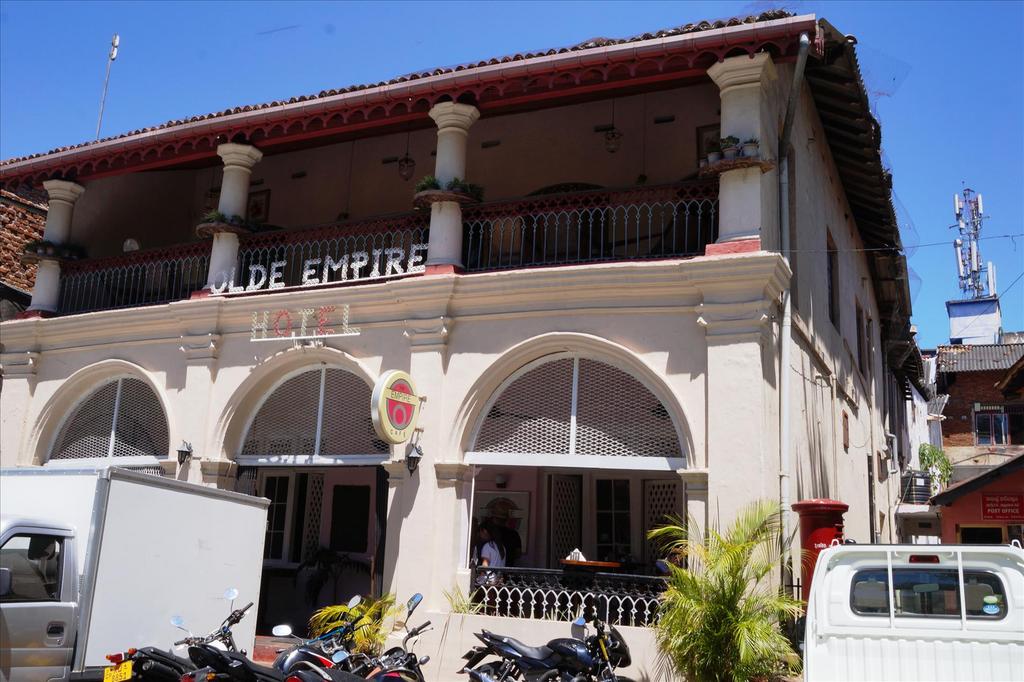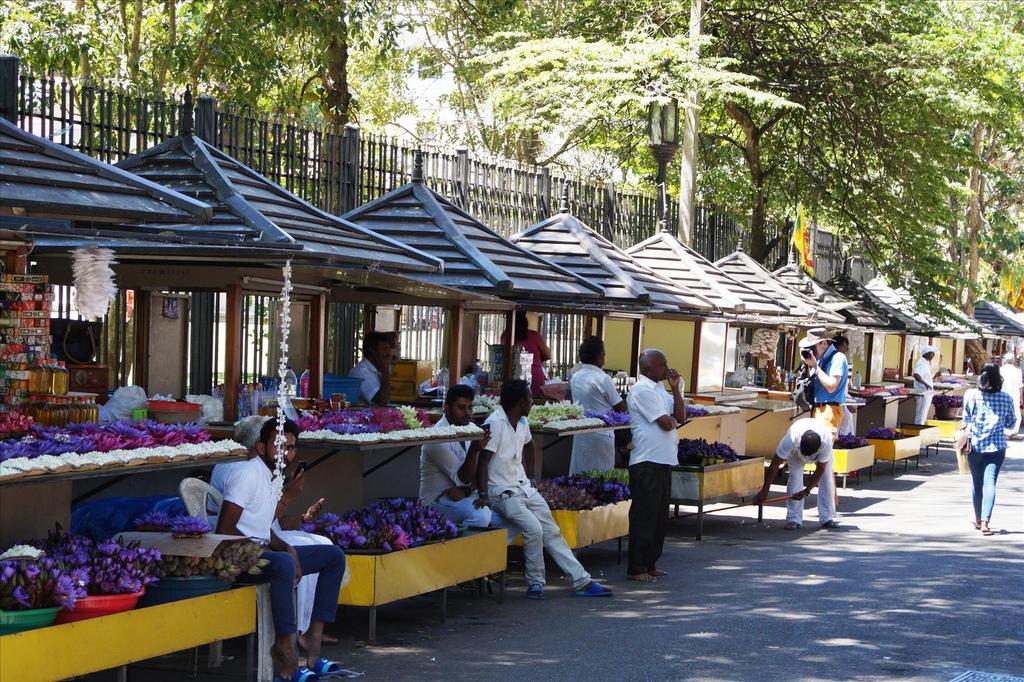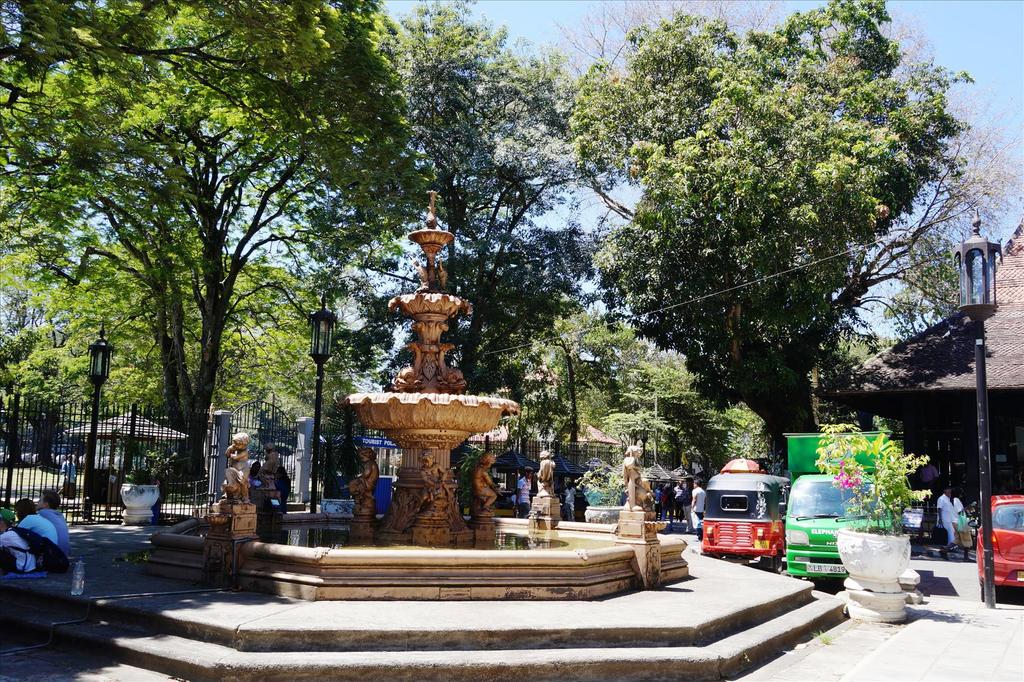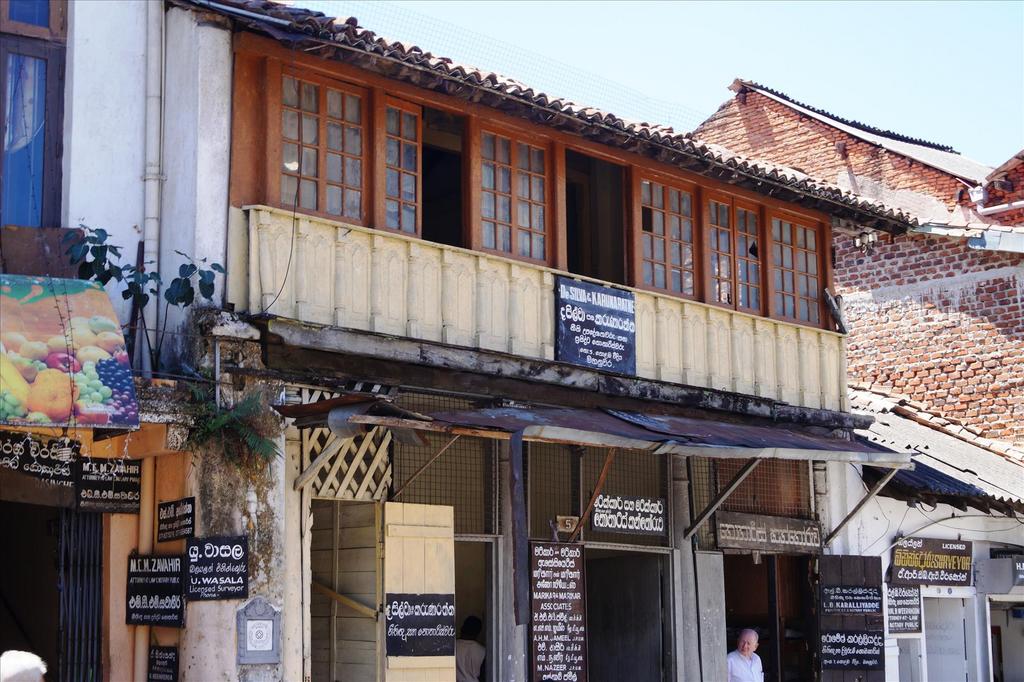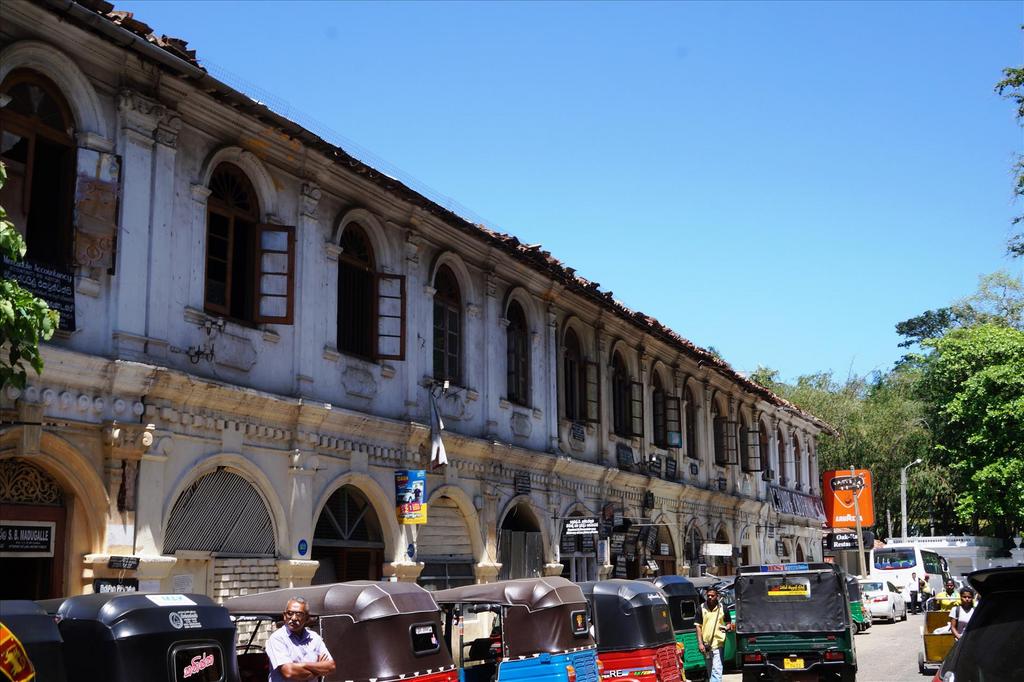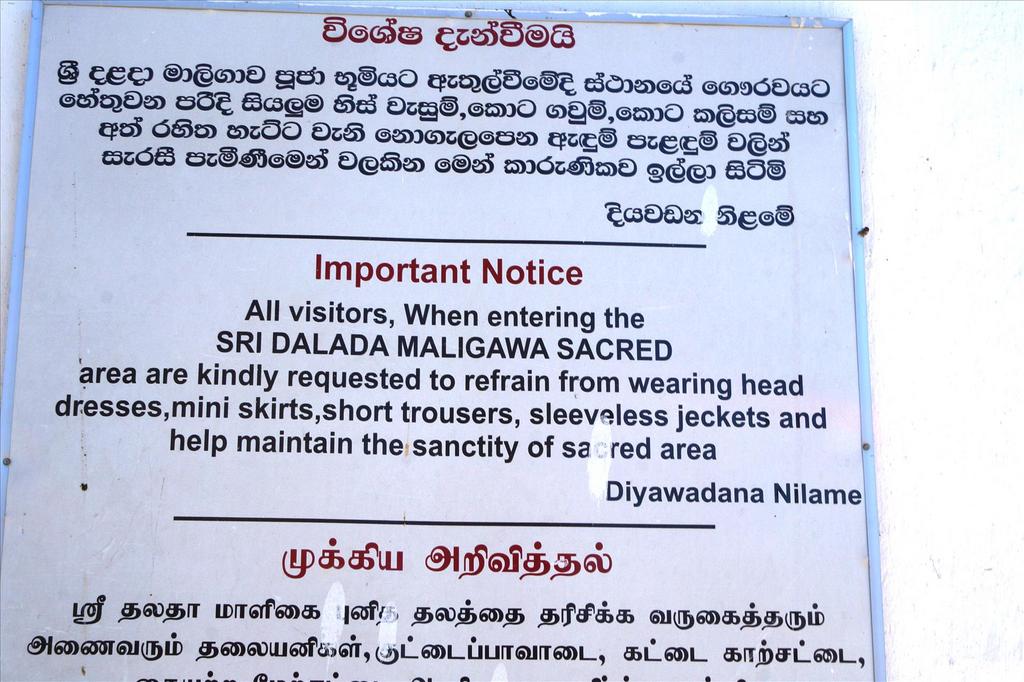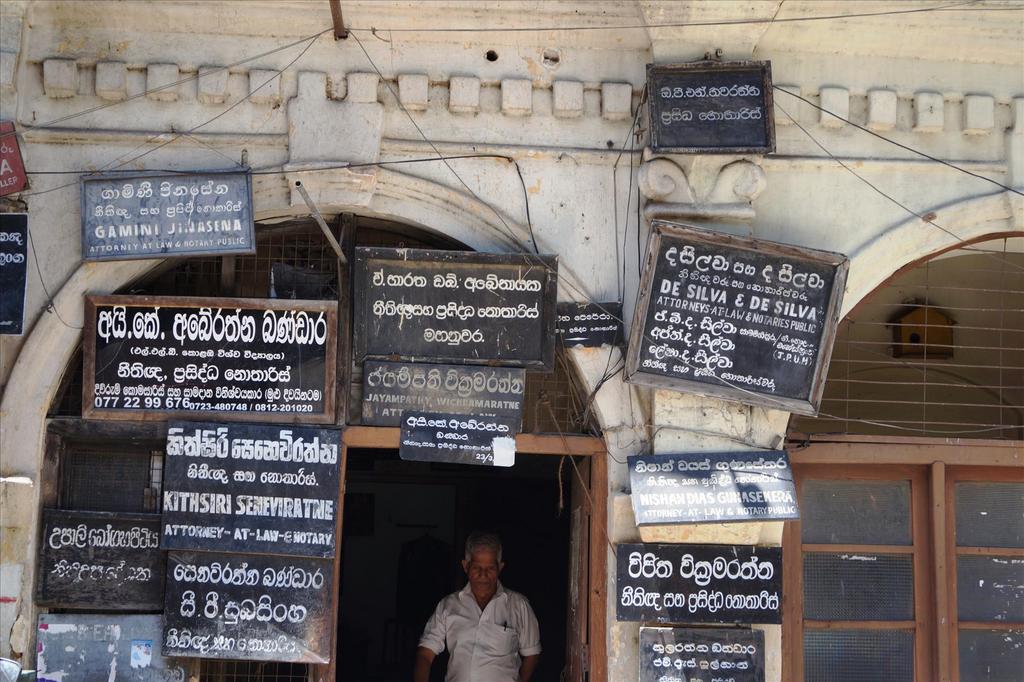|
|
Post by onlyMark on Mar 14, 2018 19:05:25 GMT
Some way out of the city as I left to head south is a Civil War Memorial at a place called Elephant Pass.
This was a strategic pass allowing access to the very north of the country and was bitterly fought over three times, changing hands between the government forces and the Tamil Tigers until the government eventually prevailed.
It seems and with maybe some justification, that the underlying cause of the war was down to British rule.
The population was for the most part comprised of Buddhist Sinhalese with minority of Hindu Tamils. These had over the centuries moved across from India.
By 1815 the population of what was called Ceylon numbered about three million Sinhalese and 300,000 Tamils. The British, on taking over the country brought in about a further million Tamils from India to work in the plantations of coffee, rubber and tea. For whatever reason, maybe the divide and rule principal, the British gave preferential positions to the Tamils over the Sinhalese, causing quite a lot of friction – to put it mildly.
In 1948, when Independence was granted, the Sinhalese began to pass laws discriminating against the Tamils. Making Sinhalese the official language and barring Tamils from gaining citizenship, for example.
After simmering tensions, a war of sorts began in 1983 with the aim of creating a separate Tamil state in the north (called Eelam). However, it seems most of the fighting initially took place between different Tamil factions until the Tamil Tigers took control and consolidated their separatist aims. This begat the LTTE, the Liberation Tigers of Tamil Eelam.
All in all there were three phases to the civil war, named the 1st, 2nd and 3rd Wars.
The LTTE are reputed to have 'invented' the suicide vest, pioneered the use of women in suicide attacks and so far, are the only militant group to have assassinated two world leaders, Prime Minister Rajiv Gandhi of India and President Premadasa of Sri Lanka.
History is written by the victors for sure, but in reading quite a lot about the war(s) and the atrocities perpetrated by both sides, I can only come to the conclusion that the LTTE broke agreements and cease fires with regular abandon. To such a point that Norwegian monitors of one of the cease fires recorded at least three thousand infractions by them.
The Norwegians tried many a time to bring the two sides together and agreements were obtained, but it was inevitable that the LTTE would commence hostilities again, though more than likely because of the slow pace of enforcing the agreement terms itself.
In 2005, the Tamil Tigers lost much of their remaining cachet with the international community when one of their snipers killed Sri Lankan Foreign Minister Kadirgamar, a highly respected ethnic Tamil who was critical of Tiger tactics. But, the government weren't averse to assassinate pro-LTTE journalists and politicians. At one time, 17 charity workers from France's Action Against Hunger were shot down in their office at a town near Trincomalee and to this day, there is debate over which side was responsible.
The year 2006 brought yet more talks, in Geneva, but no agreements were reached and this prompted the government to launch an all out attack to defeat the LTTE once and for all.
This was launched in 2007 and took until May 16th 2009 when the last of the LTTE who wished to fight, blew themselves up.
The war lasted mainly from 1983 to this date and figures estimate (how accurately I don't know, as is with these things but...) 100,000 military, LTTE and civilians were killed, including 1,200 Indian troops when they were supposedly a peace keeping force. Approximately 800,000 people were displaced by the fighting.
|
|
|
|
Post by onlyMark on Mar 14, 2018 19:06:40 GMT
|
|
|
|
Post by onlyMark on Mar 14, 2018 19:08:51 GMT
Just down the road I came across yet another memorial. However, this was all for one man. A humble Corporal in the Sri Lankan Army on sentry duty. 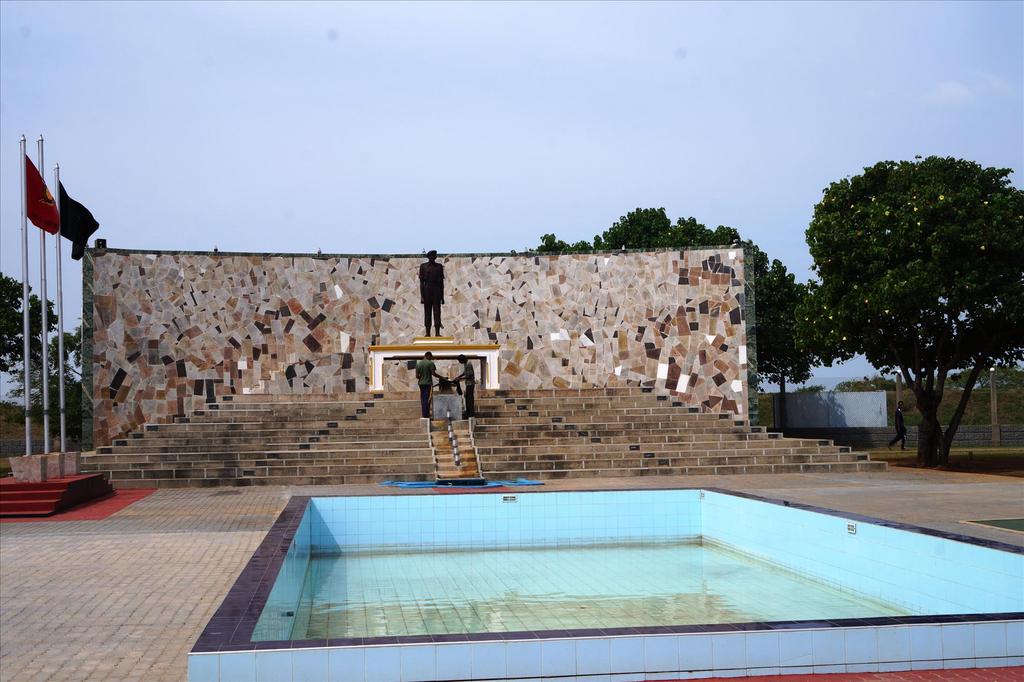 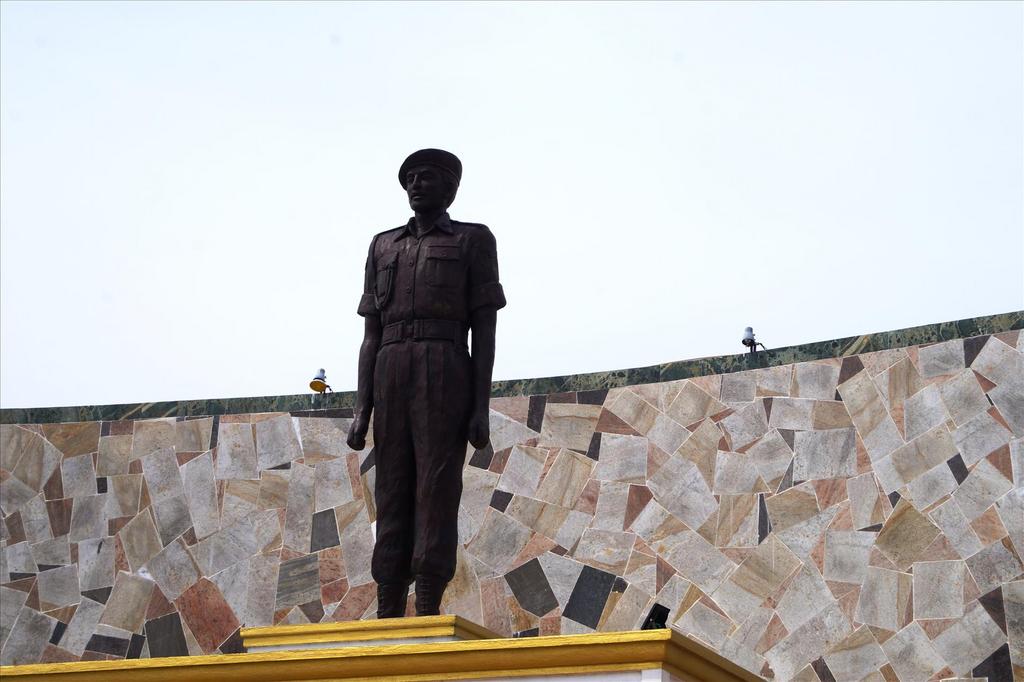 On 13th July 1991 at the Elephant Pass government army camp he saw a bulldozer approaching. Unknown at the time was that it was packed with explosives – 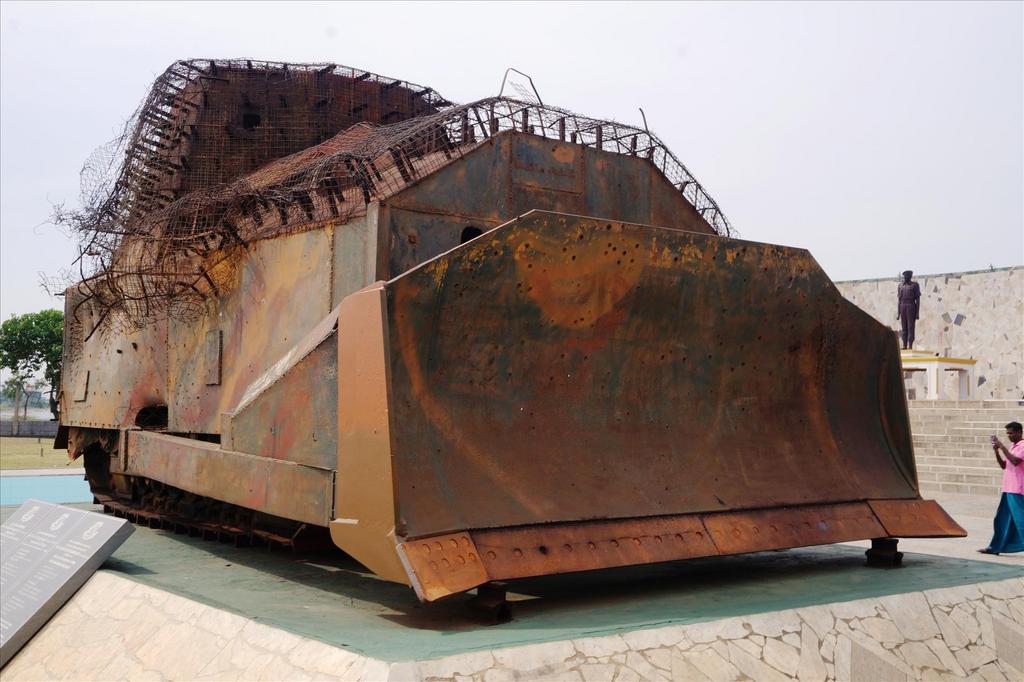 Realising the gravity of the situation he, alone, attacked it using hand grenades and disabled it. He died as a result though – 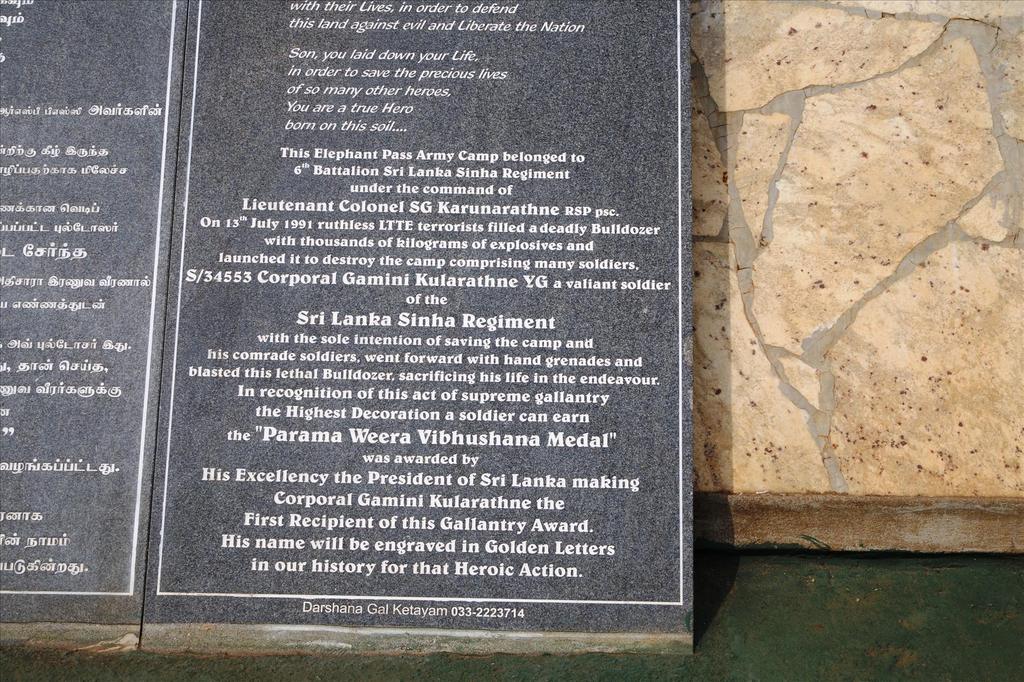 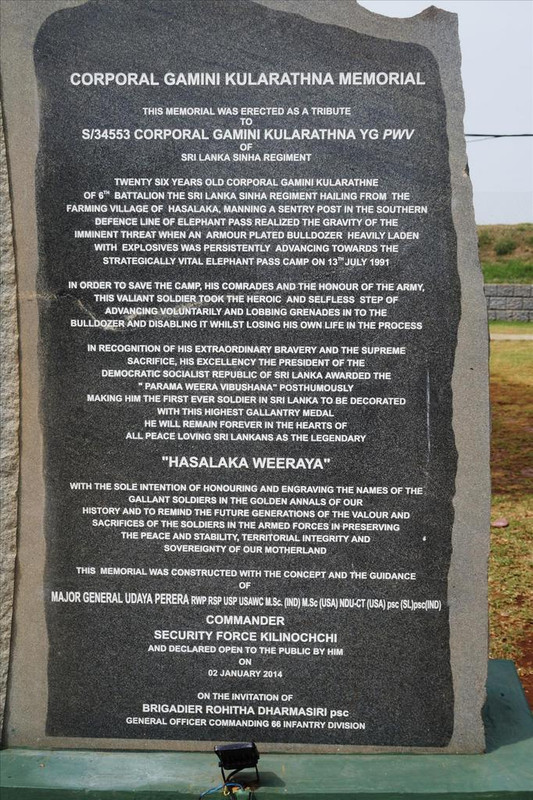 Would I have gone forward to confront it? Who knows and I hope I would never have to decide -   The information building at the side had various displays, mainly about the Corporal, his role and the events leading up to his actions. It was packed out with locals queuing to read about him, and more were arriving all the time – 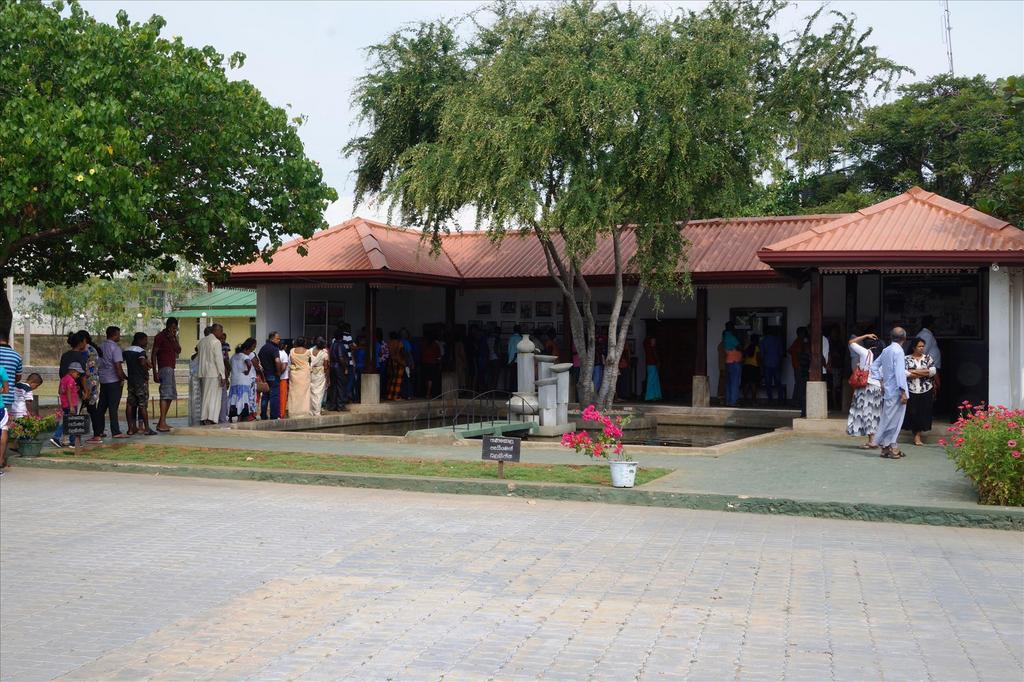 I moved on south. |
|
|
|
Post by kerouac2 on Mar 14, 2018 21:35:02 GMT
I want the thali in #203.
The market photos following it are particularly appealing because all of the fruits and vegetables look like they have been polished. The markets in Paris are famous for having many of the items stacked artistically, but I have rarely seen the items looking so bright and shiny. I wouldn't even feel the need to wash items brought home from that market.
As for your final (?) temple, it is outstanding for the same reason as the market -- everything is so amazingly bright and shiny. I can't imagine cobwebs or dust anywhere. It looks like what one might see at Disneyland, and I do not mean that as a criticism but as a comparison of the standards of hygiene.
I followed the Srilankan civil war a bit distractedly on the news over the years, and probably mostly because for several years Srilankan refugees were the #1 group seeking asylum in France (Last year #1 was Albania, followed by Afghanistan and Haiti -- the world is in really shitty condition!) and even though most people call the neighbourhood just 300 metres south of where I live "Little India," the more accurate name, also used by the media, is "Little Jaffna." It is all the more striking to see all of those war monuments that you photographed because most countries try to avoid mentioning that there was ever a civil war, just a sort of protest movement at the most. But in my part of northern Paris, the "revolution" is still very much alive. It is too soon to know if it will be tossed aside by the new generation, but I kind of hope that it will. In spite of lots of foreign media reports regarding sporadic ethnic unrest in France, the country is pretty good about turning the children of immigrants into "proper" French citizens with local values.
A few years ago there was a movie (which won the Palme d'Or at the Cannes film festival) about this community in Paris. It is worth being seen, even in disppointing video.
|
|
|
|
Post by questa on Mar 15, 2018 3:04:20 GMT
On festival/religious days this was the cart, for want of a better word, that a number of strong men would drag through the streets. Probably from one temple to the next – Right on, Mark. The statue of the Lord Jagannath is placed in the cart and pulled fairly quickly and is hard to stop. People get injured if they can't get out of its way. It is where we get the word "Juggernaut" from. Friend of mine did his thesis on the Sinhalese v Tamil history. Why were the Sinhalese, who are Buddhist and forbidden to kill, so bloodthirsty and aggressive to the Tamils? It seems that for generations children were taught that Tamils were not true humans but half monkeys, conceived through bestiality. As time passed it became an accepted "fact" that ridding Sri Lanka of these beasts would cause the holy island to become pure again and the centre of Buddhist teaching once more. I suppose that this belief had disappeared by the time of the Civil Wars, but the concept that it was OK to kill Tamils and still be a good Buddhist will take some time to fade. |
|
|
|
Post by bjd on Mar 15, 2018 6:45:11 GMT
Seeing Buddhist behaviour towards the Rohingya in Myanmar/Burma these days, I have come to believe that Buddhists are no more pacifist than anyone else.
I agree with Kerouac that the fruit and vegetables at that market look appetizing. In fact, I think the fruit is mostly what makes me think of going to tropical/semi-tropical countries -- it's the best thing to eat there.
|
|
|
|
Post by questa on Mar 15, 2018 7:24:38 GMT
Myanmar and Sri Lanka had governments that persecuted the monks to the point of torture and death. They started off trying to teach peace but became caught in the wars and many 'left the robe' to be fighters.
In Tibet, it is just the Dalai Lama's will that has kept the fighting Cham people from revolution. The Chinese govt says it will choose the next D L...then all hell will break loose.
|
|
|
|
Post by onlyMark on Mar 15, 2018 17:43:26 GMT
Thank you all for all the comments and information. I need to go back through it in a bit and make notes for future interest. I need to sit down with a coffee for it.
|
|
|
|
Post by onlyMark on Mar 15, 2018 17:45:58 GMT
I'd decided that even though a sense of order and symmetry would ensue if I continued to follow the coast from the north and back to where I started, it would serve little purpose other than for my own mental satisfaction. Plus I wanted to see a little of what the centre of the country looked like. One other thing was the ever present conundrum of where to go and where to stay. I had tentatively looked at stopping at a place called Anuradhapura as there were a number of things to see. But that would entail either a very long day's drive (in a tuktuk anyway) from Jaffna or a normal drive and then just half of my normal half day's drive and then half of a half, if you see what I mean, the next day to get to where I did want to be. I decided that for every thing I did see there would be at least the same number again of things not seen. I'd long resigned myself to the fact that I couldn't practically fit it all in and go and see everything. I'd need a couple of months more. My conclusion had been that I would just enjoy the drives, the culture and things I did see and fit in another time different places of interest. My first night on the way south was at a town called Vavuniya. What is there to see? Bugger all. I used it purely as a stop over point. The hotel was average and I had my usual walk round, poking into here and there, but it was just a normal working town. I did something a little unusual though, and that was to have lunch and dinner at the same place – mainly because it was the only decent restaurant I could find. One major difference going inland, well apart from it wasn't relatively flat anymore and I didn't have the sea on my right hand side all the time, was that the ornate Hindu temples disappeared and there were more Buddhist sites. One such was this one. I omitted to note the name of it, but it was popular and from other information I gathered, was probably about 1500 years old or so – 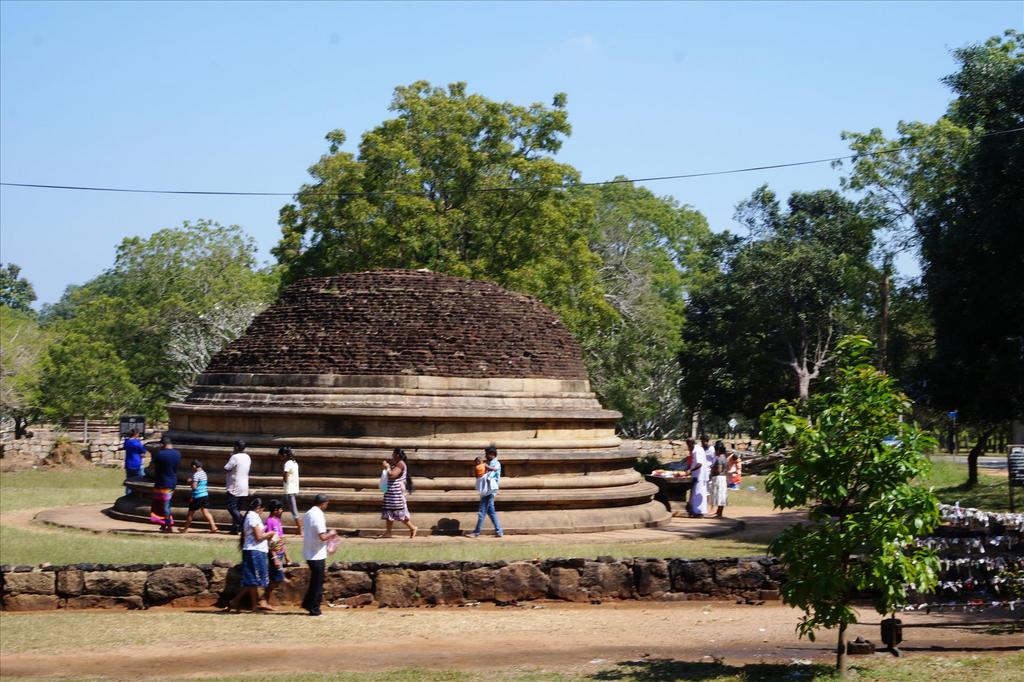 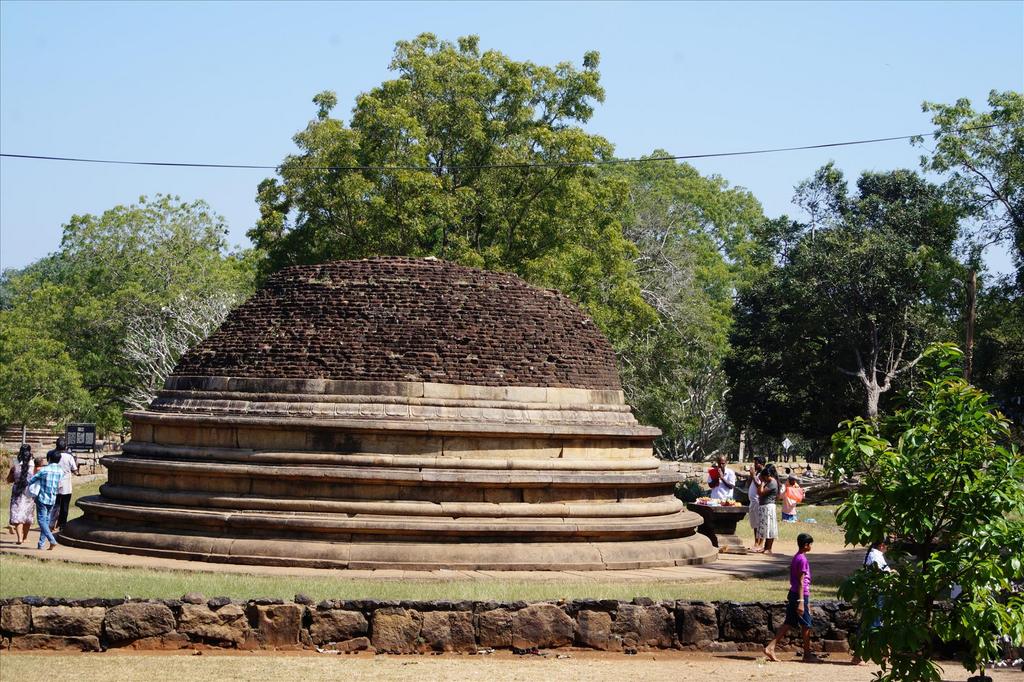 |
|
|
|
Post by onlyMark on Mar 15, 2018 17:51:09 GMT
I arrived at my next destination, Sirigiya and felt two things. Firstly, it was far too hot to be climbing the rock I'd come to see, which was always in full sun, plus I felt a little unsure whether the thirty USD entrance fee would make me feel a bit ripped off. I needed to get more information. Many others have thought so but I put the rock down as a definite for an early morning climb the next time I'm in the area. I know there are many features of interest on the rock and it is more than likely worth the fee to go in, but on that day, at that time and as it was my birthday I decided to indulge myself in a bit of laziness. I content myself with having a walk around the area below it. The rock is about 200 metres high and was initially by King Kasyapa as his capital. He built a palace on the top in the late 5th Century which was abandoned upon his death and became a Buddhist monastery until the 14th Century. Even though it was known by westerners since 1831 and a little archaeological exploration was done in the 1890s, it wasn't until the Sri Lankan government launched their "Cultural triangle" project in 1982 that they whole site was explored properly. There are photos on the internet of the top if you want to see them, but it is worth doing so as the palace areas are reputed to have important first millennium examples of urban planning -  The area around the bottom is actually quite strictly controlled and vehicles are stopped from travelling around it. I wanted to walk anyway, even thought the site is quite large but as seemingly usual, because I was in a tuktuk I was fairly well ignored. I did stick it in a parking place though, pointed out to me by a friendly policeman, which was near where I wanted to start from. As an aside, I found the Police to be more curious of me than anything. I must have passed a couple of them at the side of the road stopping vehicles every ten to twenty kilometres. I generally was not stopped, but on the rare times I was, they were just asking me why I was doing it. However on this day I made a little mistake. I knew I had a stop light not working but was content to fix it as and when I could be bothered. A policeman on the side indicated for me to stop, but not very clearly. I wondered for a second if I could get away with not stopping but decided I'd better. In that hesitation I slipped a few metres past him and he immediately noticed the stop light. That was his first approach to me, in telling me. I apologised and he said I would get a ticket (fine 100 rupees or Euro 0.50) but, and this is where I became a little confused as to the system, he told me I had to go back the way I'd come to a post office to pay it. He gave vague directions and I questioned him in a bit more detail as to exactly where I was supposed to go. I admit to acting a little more stupid than I normally am. We got chatting about what I was doing as his curiosity was piqued and I laid it on quite thick about how I'd just retired from thirty years in the UK police (large exaggeration) and it had always been my ambition to come to Sri Lanka but never had had enough holiday time to do it justice. Now I have time so I'm travelling around for a month or so – plus it is an important birthday today which I'd chosen to have in the country. He waved me away and told me to make sure I repaired the light as soon as possible. Which I did about three kilometres later. That cost me the grand sum of Euro 0.70, including parts and labour, to sort it. |
|
|
|
Post by onlyMark on Mar 15, 2018 17:52:12 GMT
|
|
|
|
Post by onlyMark on Mar 15, 2018 17:53:26 GMT
|
|
|
|
Post by onlyMark on Mar 15, 2018 17:55:15 GMT
And here were more stupid people. Never mind the nationality, that's not an issue, it was what they were doing that made me loudly tell them to stop it. If they understood I think they did as they did stop. What were they doing? The photo doesn't show clearly, but the 'monk in training', a young lad of about eleven or twelve, was just trying to fill is water bottle from the tap on the tank. The tourists saw this and one by one stood at the side of him, some touching him to look at the camera, to have their photo taken. It was obvious he didn't want this and was very uncomfortable about it, but they persisted. I was watching this as I walked towards them. On the third attempt by the third person to get him to look up I spoke. I just said, "Stop," and "No." Totally unabashed they looked at me which gave chance for the lad to slip away, with, as you can see, his bottle not yet filled –  I carried on with my wandering for a little while – 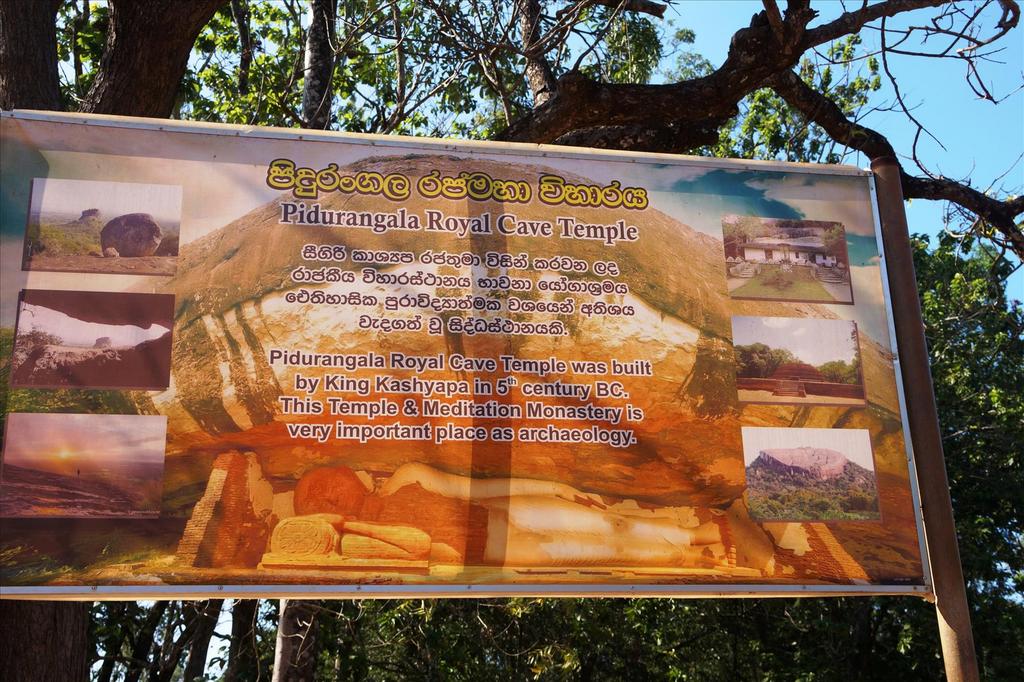 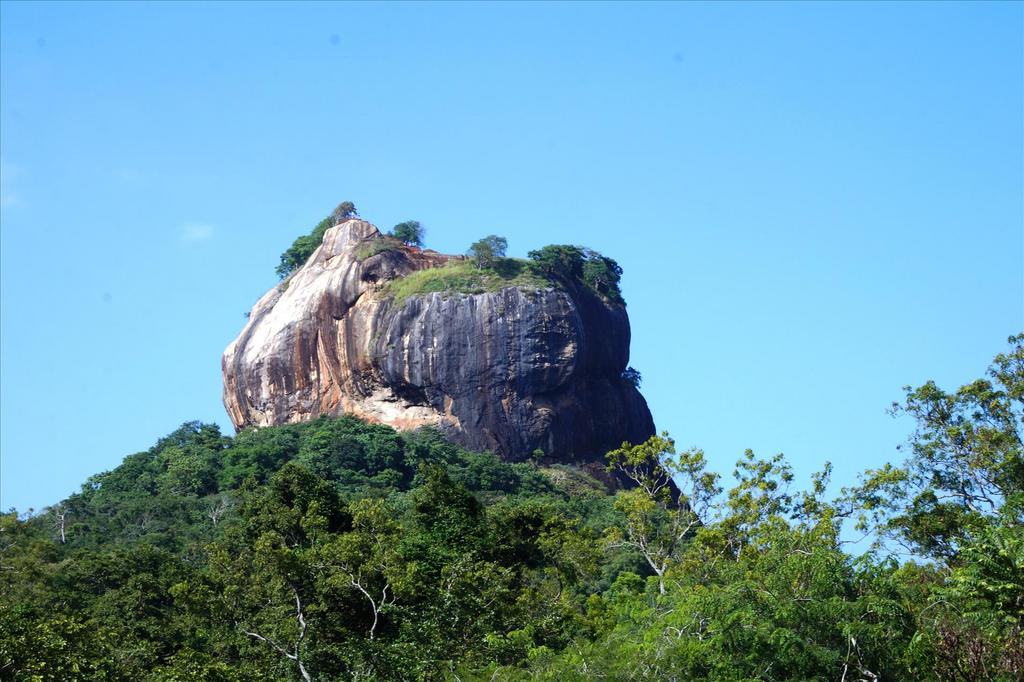 Off to one side I saw some doing the obligatory elephant ride. No idea how much it cost but about five minutes in a circle was all they did –  Not far along was the start and stop point – 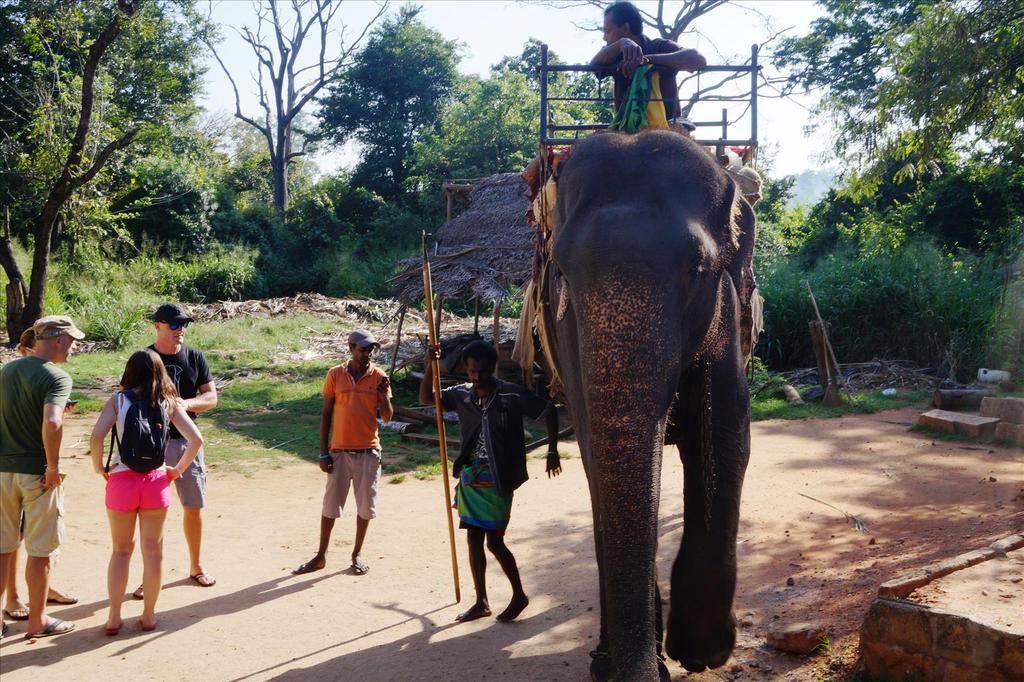 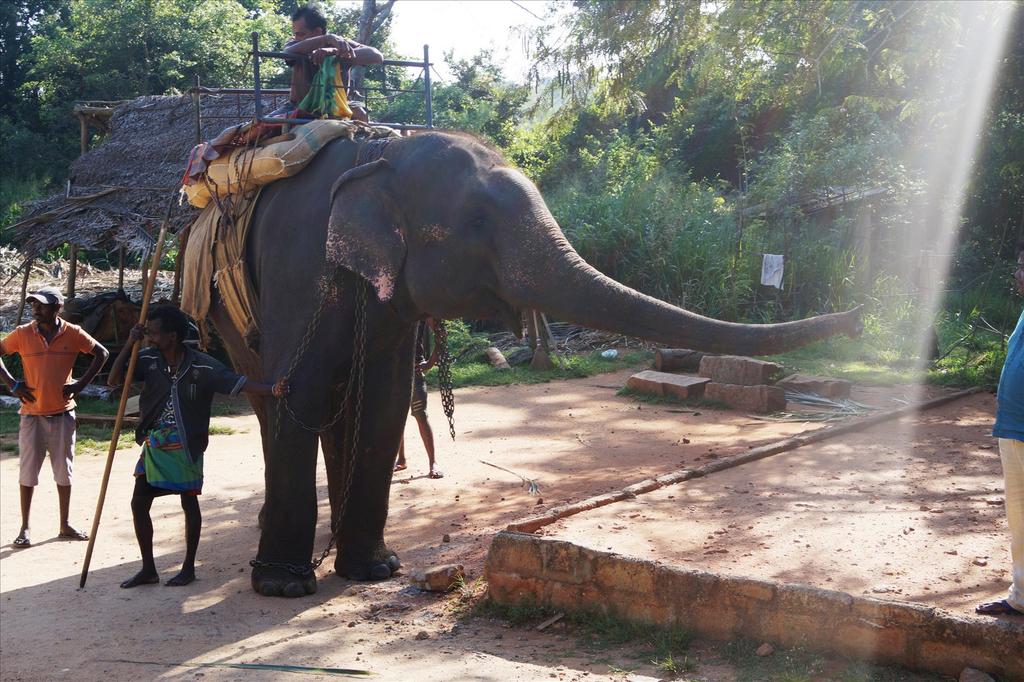 |
|
|
|
Post by onlyMark on Mar 15, 2018 17:56:44 GMT
|
|
|
|
Post by onlyMark on Mar 15, 2018 17:58:21 GMT
Not far away was another quiet spot – 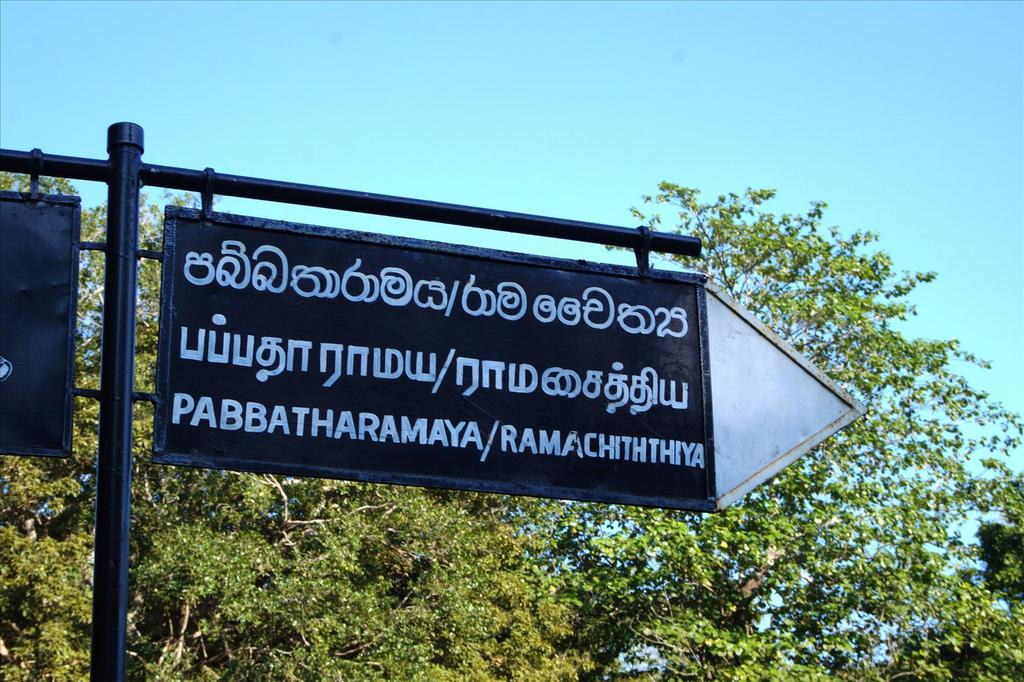 The stupa was built somewhere between 477 and 512AD and housed a chamber with three compartments. Unfortunately, and as is the way with these things over the intervening years, the chamber had at some time been entered and the relics stolen. Somehow one of those, a highly ornate carving of a mythical mountain was recovered, how and when is not stated, but it now resides in the main national museum in Colombo. All I know is that in walking around it something stung my foot and it continued to itch for the next week or more – 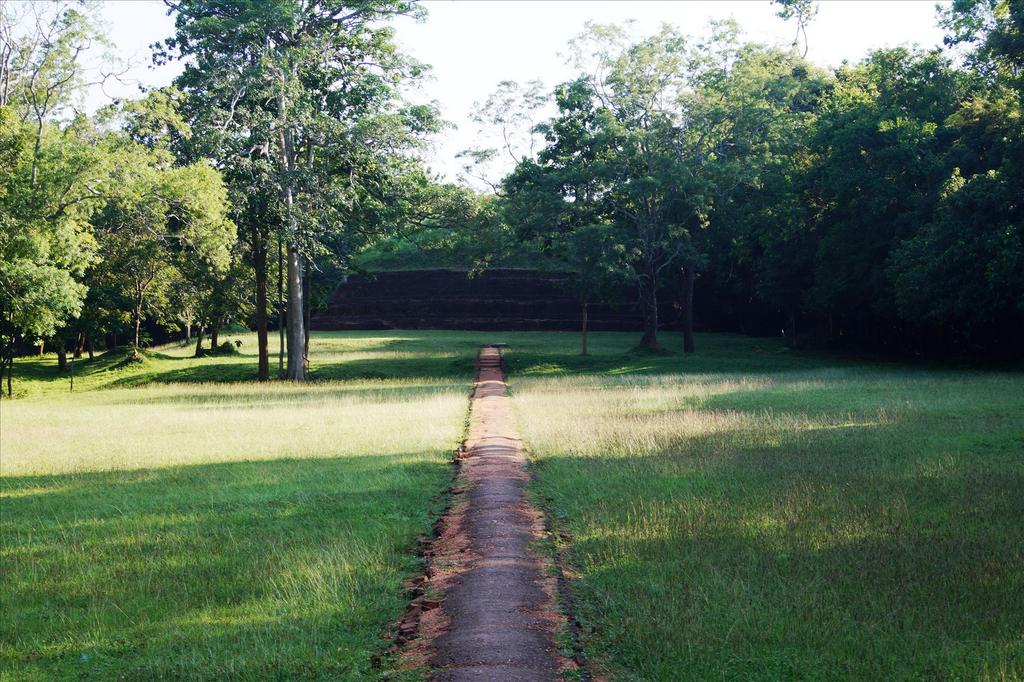 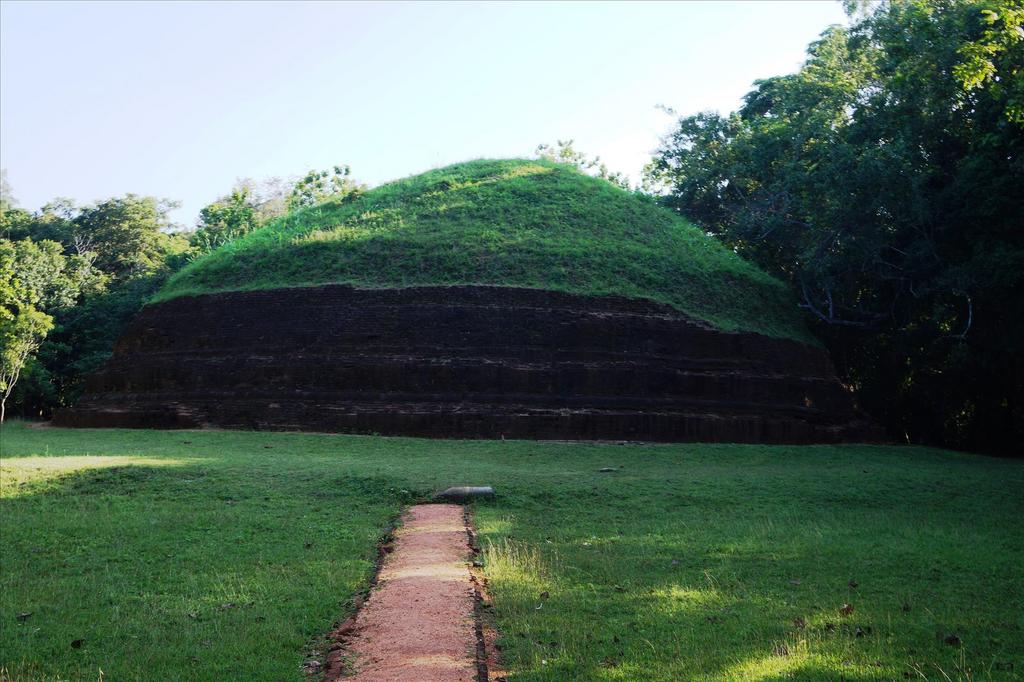 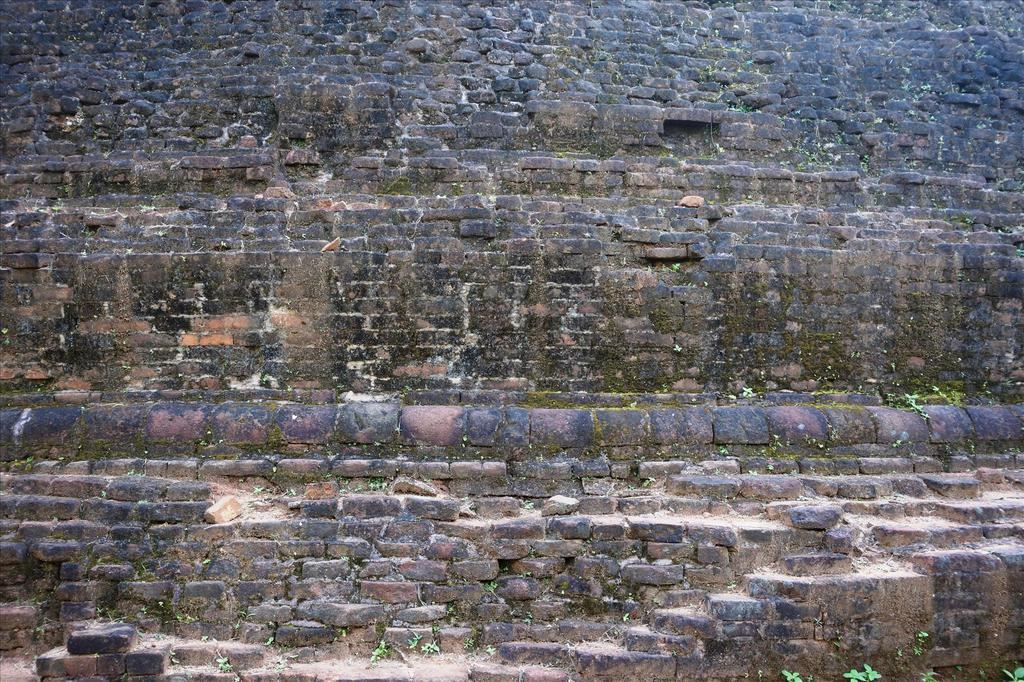 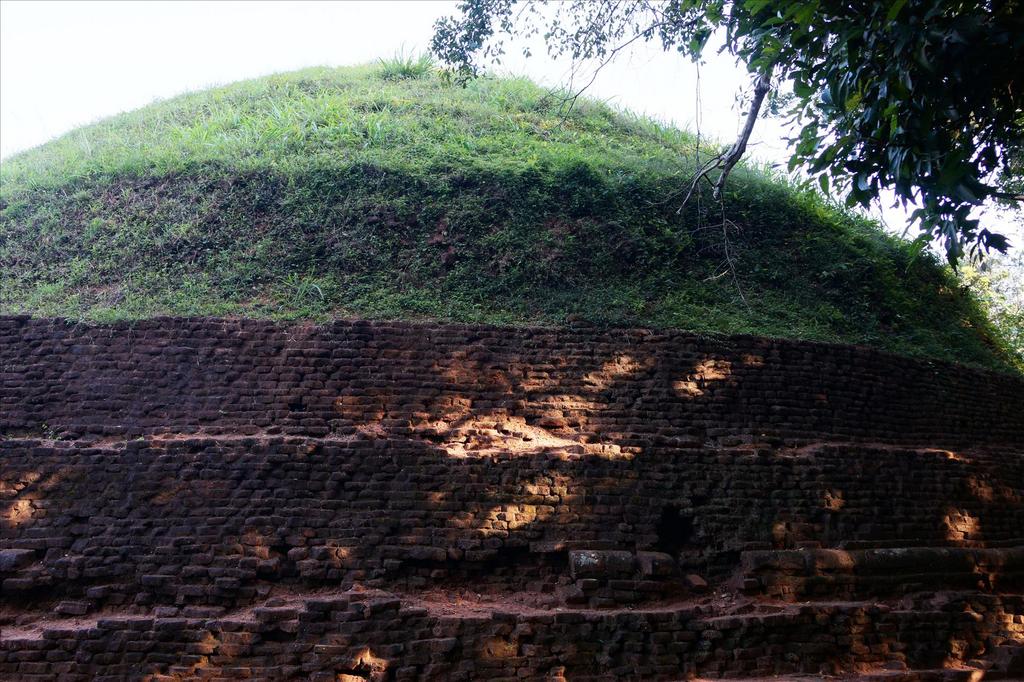 After a fairly non-gruelling day I decided round it off by spending an hour or two watching nothing much but having a couple of glasses of lemon juice whilst I did so –  |
|
|
|
Post by kerouac2 on Mar 15, 2018 22:28:35 GMT
That looks like it was a very nice day and thank god you were able to avoid the terrible 0.50€ fine.
It's a bit strange how Hindus and Buddhists could live more or less side by side (and yet in a slip of time I suppose since it normally wasn't the same century) and the Buddhists could have such stark and unadorned temple sites and monuments while the Hindus always went way over the top. It's as though they came from different planets. Of course you see the same in Indonesia, especially when you visit Borobudur and Prambanan on the same day.
|
|
|
|
Post by questa on Mar 15, 2018 23:42:11 GMT
I have a 'thing' about elephants and have been lucky enough to go into the water about waist deep and scrub a couple. It was cold river water but the body heat of the huge animal heats the water for about 2 feet (600 mm) from its body. It's a strange feeling...warm and cold water swirling around my legs as they roll around.
In Nepal the Hindus and Buddhists get along together well. They worship at each others temples, share ceremonies and know each others faiths well. Hinduism is less ornate in the north and the architecture simpler. Buddhism in the north has also retained some of the ancient Hindu rituals.
Thank you for the elephant pictures, Mark. I wondered if you had seen any.
|
|
|
|
Post by tod2 on Mar 16, 2018 9:35:35 GMT
Mark - I have been steadily reading this terrific report - It needs lots of time but I will get to other stuff later. In the meantime I loved your photo of the Little Green Bee eater (bird) sitting on a twig. We don't have that one here in Africa. They are such beautiful birds.
Also realised that TRINCO is the name of the cheap tea I buy at the supermarket. Now I can see why they called it that.
|
|
|
|
Post by onlyMark on Mar 16, 2018 11:34:01 GMT
Take your time Tod, there is rather a lot.
|
|
|
|
Post by questa on Mar 16, 2018 13:11:21 GMT
I specially like Mark's postings because of the information he adds...history, geography, cultural info, what he ate and drank, how to get a licence and opinions about what he experienced. It makes the trip come alive. I am still waiting for the road test of the tuktuk...I'll never get to see one anywhere else.
Good stuff and thanks again.
|
|
|
|
Post by onlyMark on Mar 16, 2018 16:23:32 GMT
Tuktuk road test - slow, noisy, difficult to change gear, easy to maintain, uncomfortable after two hours, good fuel economy, smiles from the locals, handy in traffic, cheap to repair, easy to push, no secure storage, reasonable brakes, robust, no suspension, mechanics for it everywhere, fun and unusual.
One thing I forgot was when I was out in the sticks I started getting a bit low on petrol. I'd been looking for a fuel station but somehow couldn't find one. At these times I wonder how the locals get on as they aren't for sure going to go twenty or thirty kilometres to fill up, just to come back again to their village. I passed through a couple of small towns without sight of anything.
I wasn't that worried as I knew somewhere there would be one, it was just a matter of finding it, plus I had a reserve part of the tank that'd be good for about a further 30km at least.
I stopped off at a shop selling most things and asked as I was after a snack anyway. The owner asked how much I wanted. Just a couple of litres, I said.
He pulled open a side access door and had a few jerry cans full of it.
Just as he did so a lad on a motorbike pulled up and said something. The owner's son grabbed hold of a nearby glass bottle, filled it up from a jerry can and funnel and tipped it into the lad's tank.
I must have picked one of the unofficial fuel stations.
The lad came to me, showed me the glass bottle and I saw it said 1 litre on it. No idea what it contained originally, but he filled it up twice and tipped it into my tank.
I paid the shop owner about 10% more for each litre than the fuel station price. That'll do me, I thought.
The bag of crisps I bought were quite tasty as well.
Double bonus.
|
|
|
|
Post by onlyMark on Mar 16, 2018 16:40:50 GMT
|
|
|
|
Post by onlyMark on Mar 16, 2018 16:43:48 GMT
It wasn't too long though until I started hitting quite a lot of traffic. Stop/starting was the order of the day now. I approached Kandy from the north and was staying to the south. This entailed driving all the way through the city and that became quite a pain. Not so much because of the traffic, but the pollution. It was the most polluted place I'd been to and actually I'd not experienced this level for some years. Even in India. The problem wasn't just the traffic but the rubbish/dead plant fires everywhere. I was staying at a height above most of it, but nevertheless.... – this is the view from my bed. Would have been good at one point - 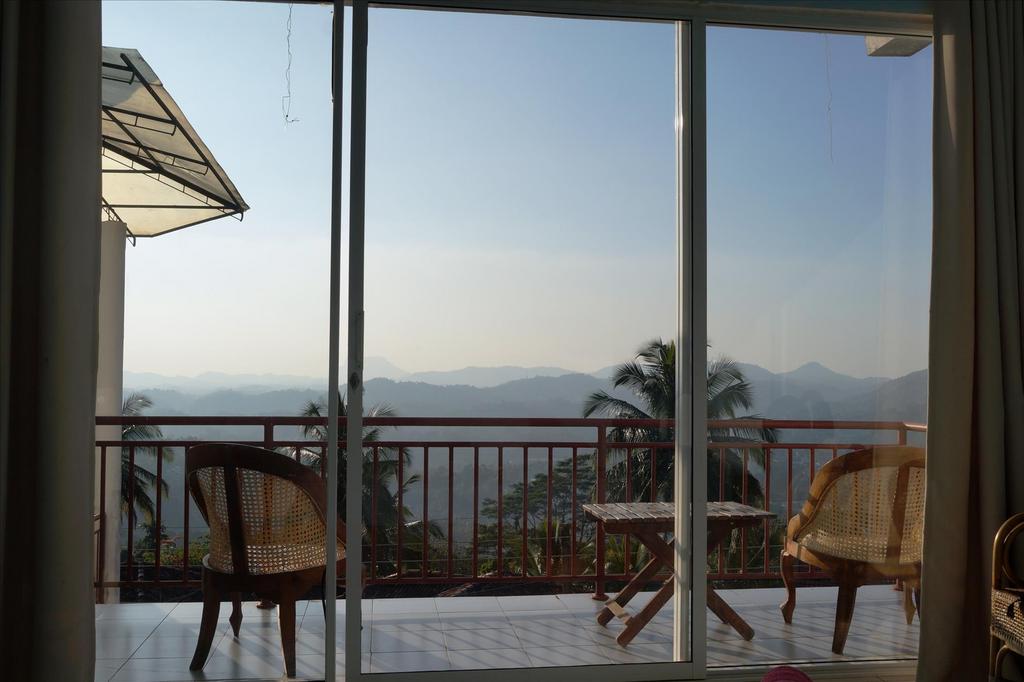 The balcony looked quite inviting but this was then the view from there. A little more on this later – 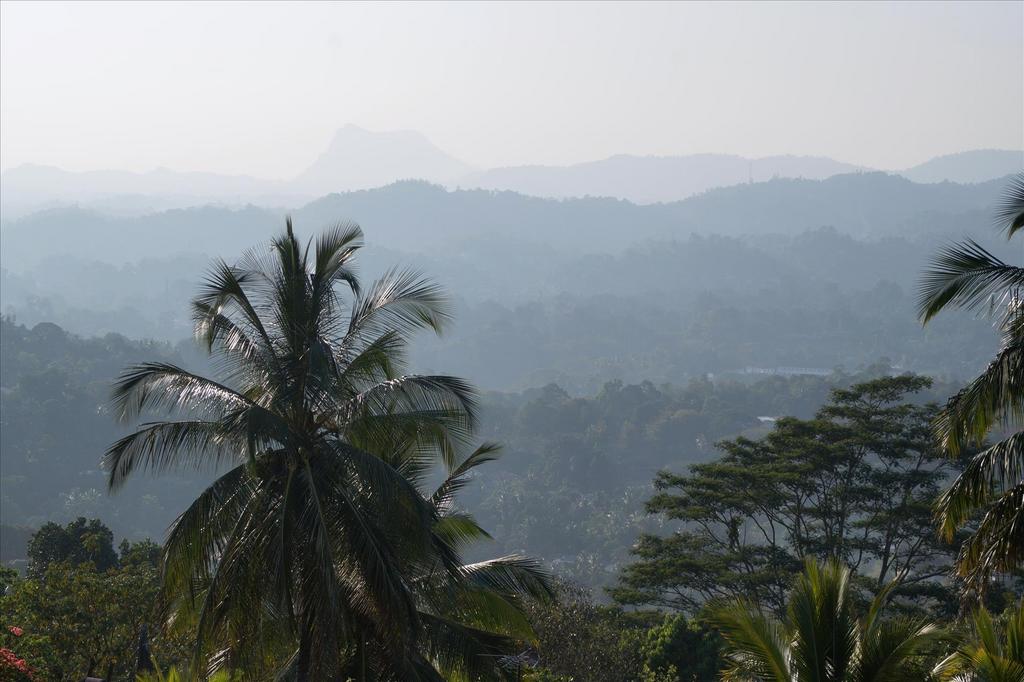 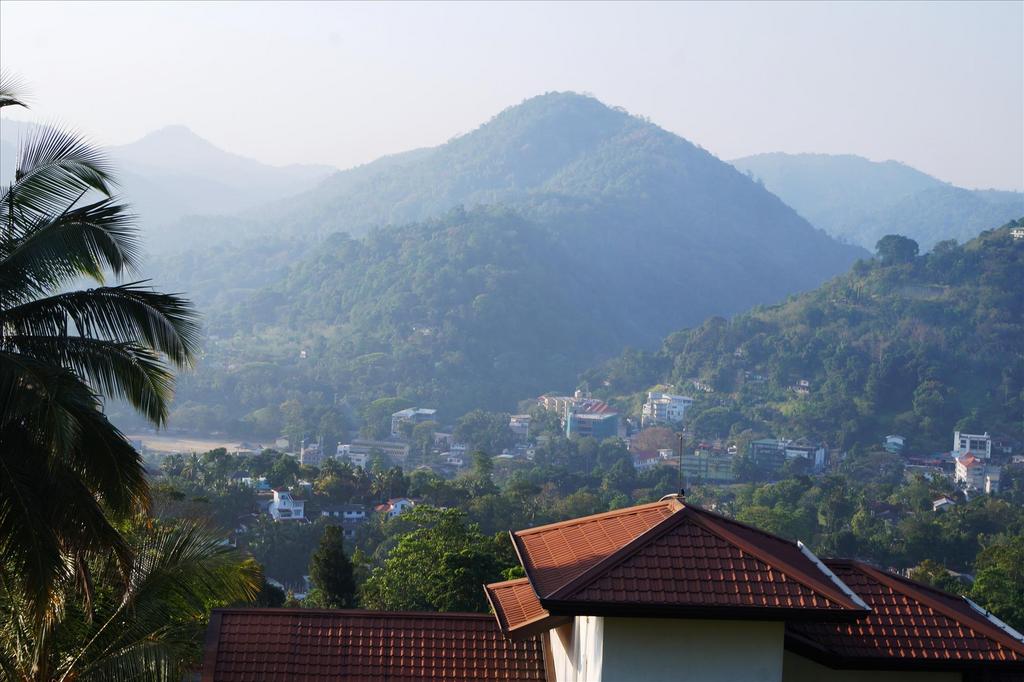 I did wonder if I'd survive the two nights I was spending there without resorting to an oxygen tank. I braved the city the next morning, but as early as I could possibly make it. It looks quite clear at this time but as the day wore on I retreated back up the hill again. Kandy contains the Temple of the Tooth – one of the most sacred places in Buddhism and the last capital of the ancient kings. It also became the last hold-out over colonialism, repulsing not only the Portuguese, but the Dutch and British as well. Eventually in 1815 the British walked into the city, as no resistance was offered that time, and an agreement was made between them and the Kandian aristocrats whereby the city became a British protectorate. As is their usual modus operandi, the British captured the last King and sent him to behave himself in southern India to get him out of the way. There were two rebellions against British rule, in 1818 and 1848. Of the first a British military man said, "The story of English rule in the Kandyan country during the rebellion of 1818 cannot be related without shame...Hardly a member of the leading families remained alive...Those whom the sword and the gun had spared, cholera and small pox and privations had slain by the hundreds...Others became ignorant and apathetic. Any subsequent development efforts of the government for many years were only attempts begun and abandoned". The second was as a result of workers being more or less forced to work in the new plantations nearby. They refused and this caused an influx of southern Indian Tamils to be brought in to work there instead – which as previously mentioned, is noted as the reason for the more recent civil war. Kandy as a city was founded somewhere around the middle of the 14th Century and is now the second largest city in the country. It is at a height of 500m and surrounded by forested hills with an artificial lake at its centre. This is where I headed for first with the intention of walking all the way round it. This can be done, but as we'll see, is not the most scenic route. Mind you, it does depend on which side you are looking at - 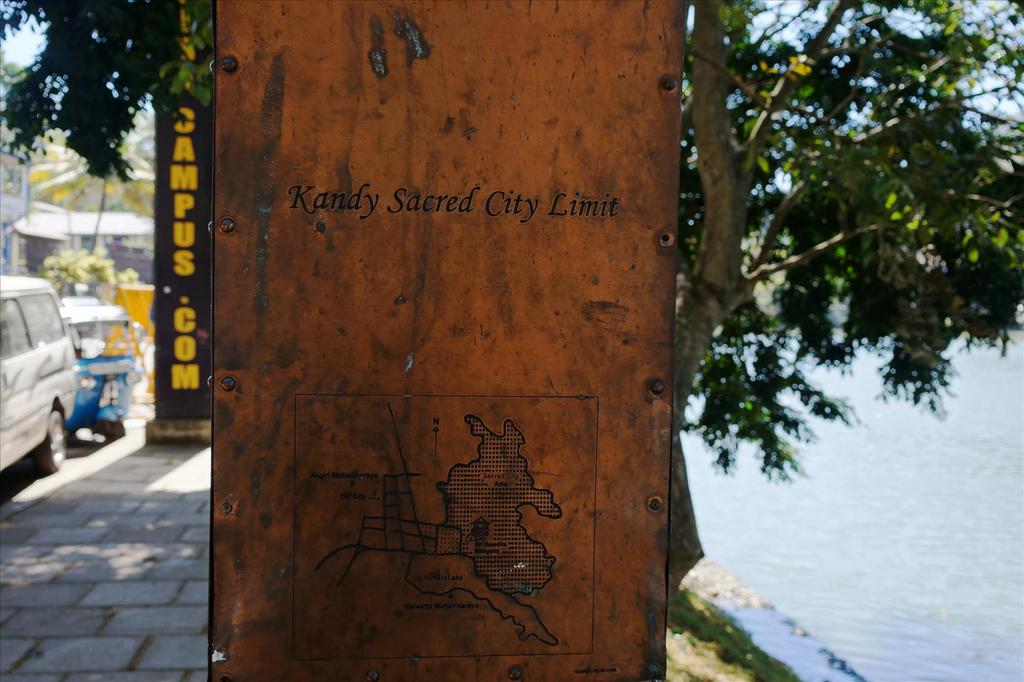 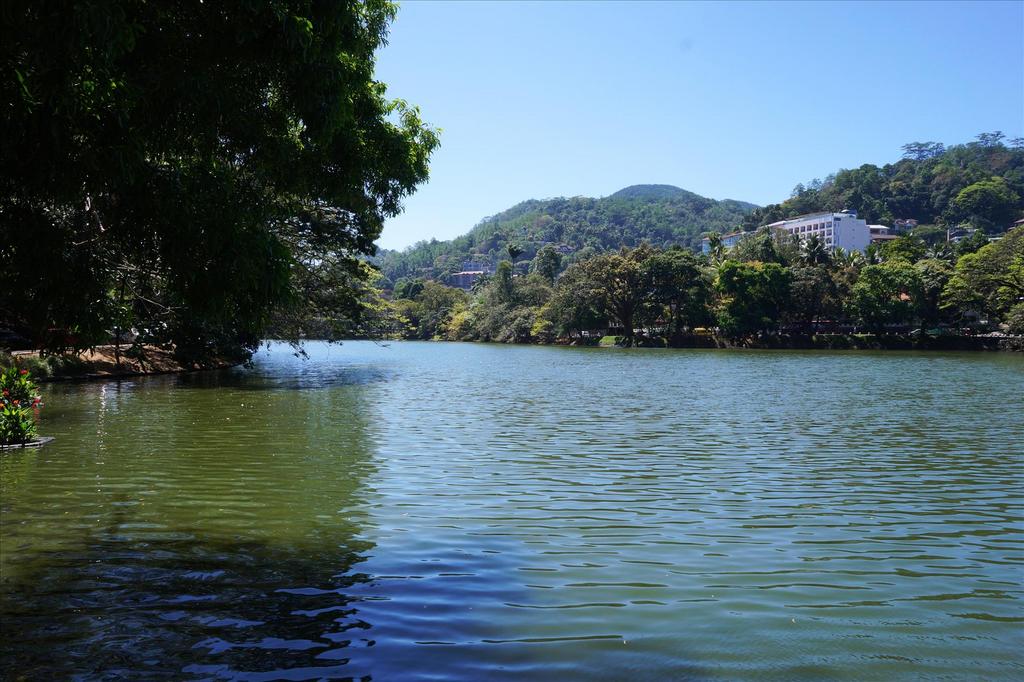 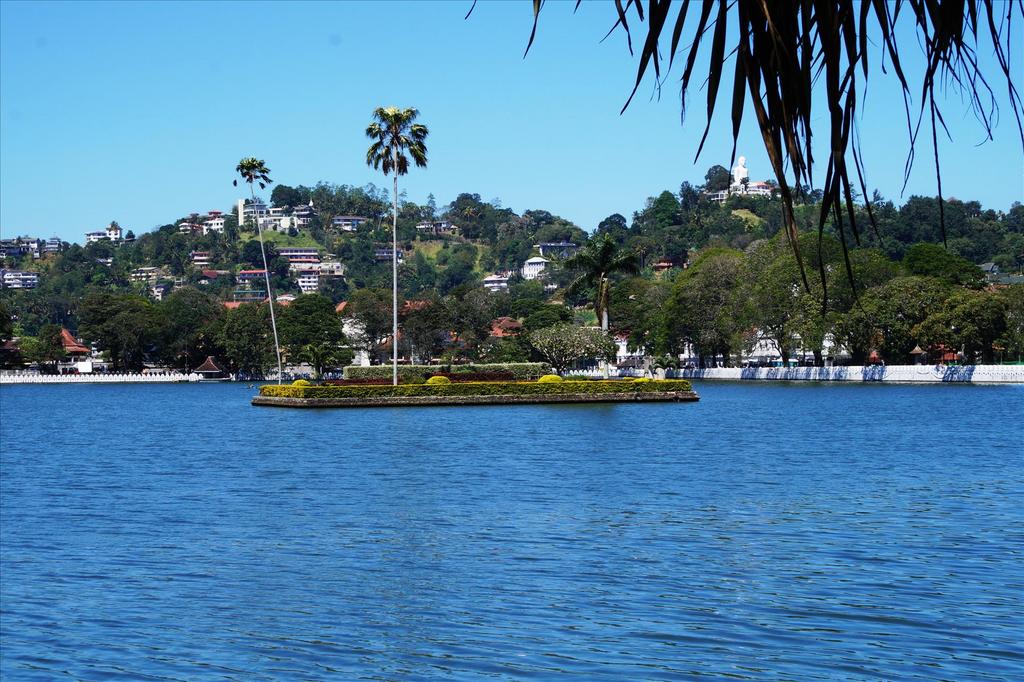 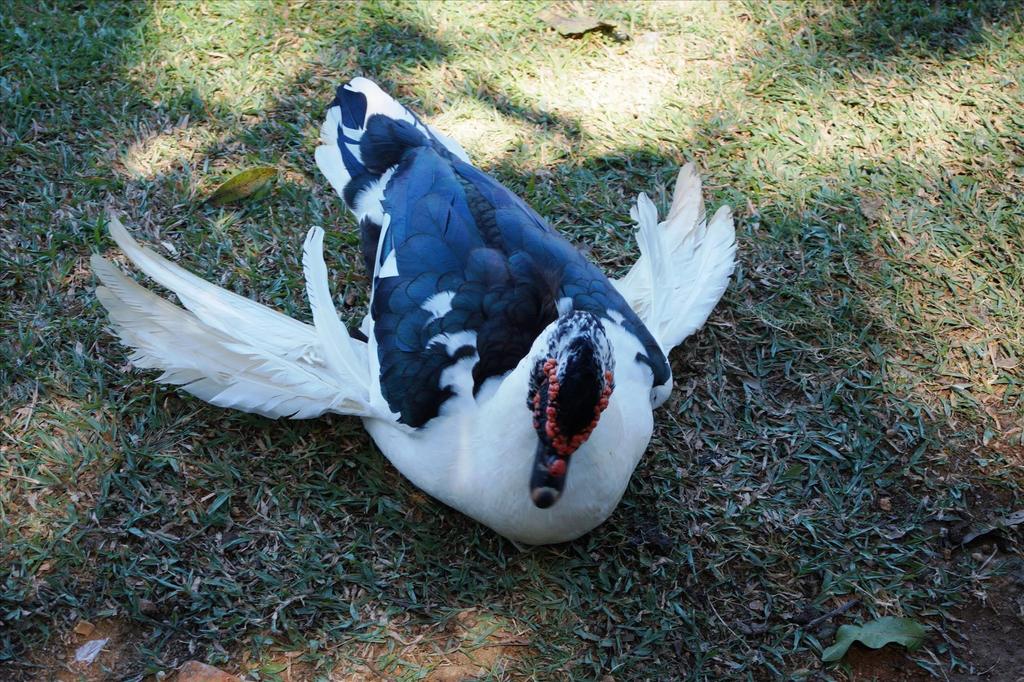 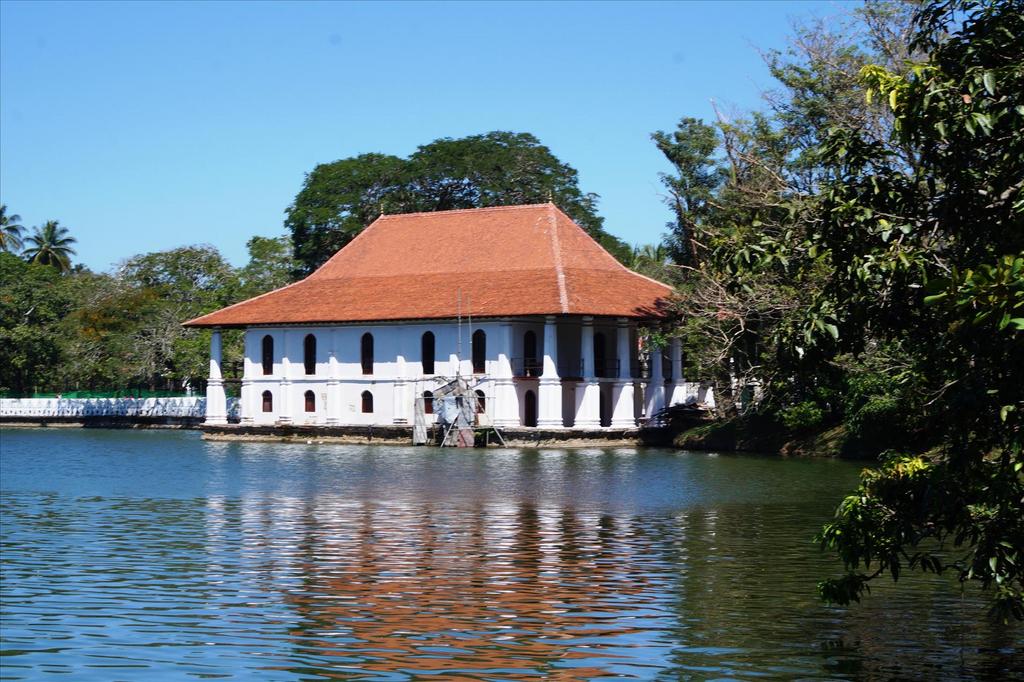 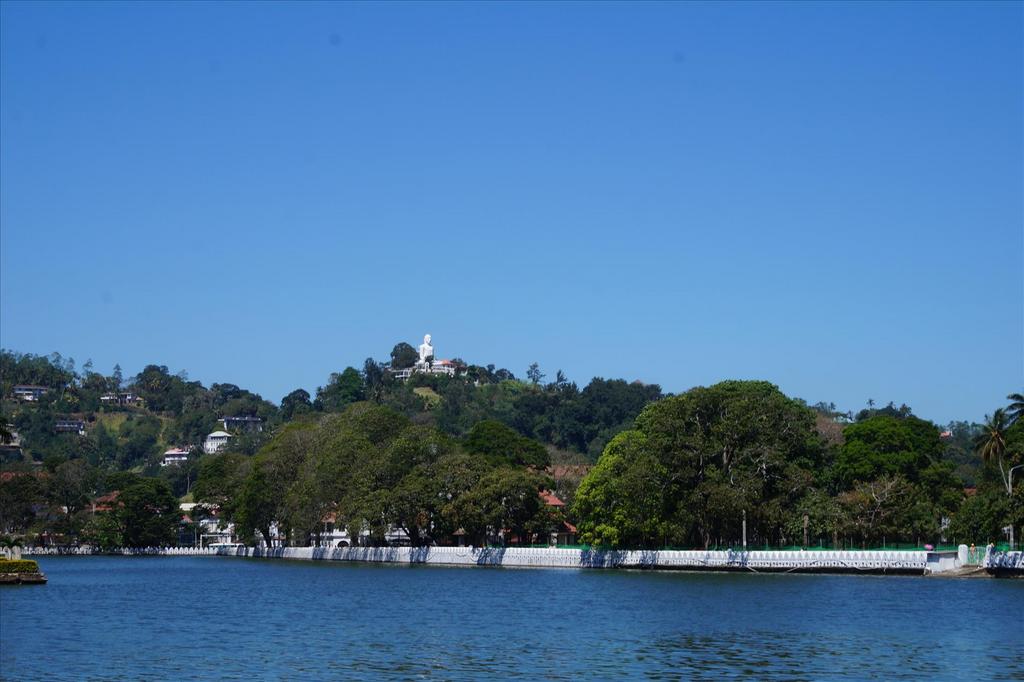 |
|
|
|
Post by onlyMark on Mar 16, 2018 16:45:37 GMT
Good to see some attempt is being made ecologically – 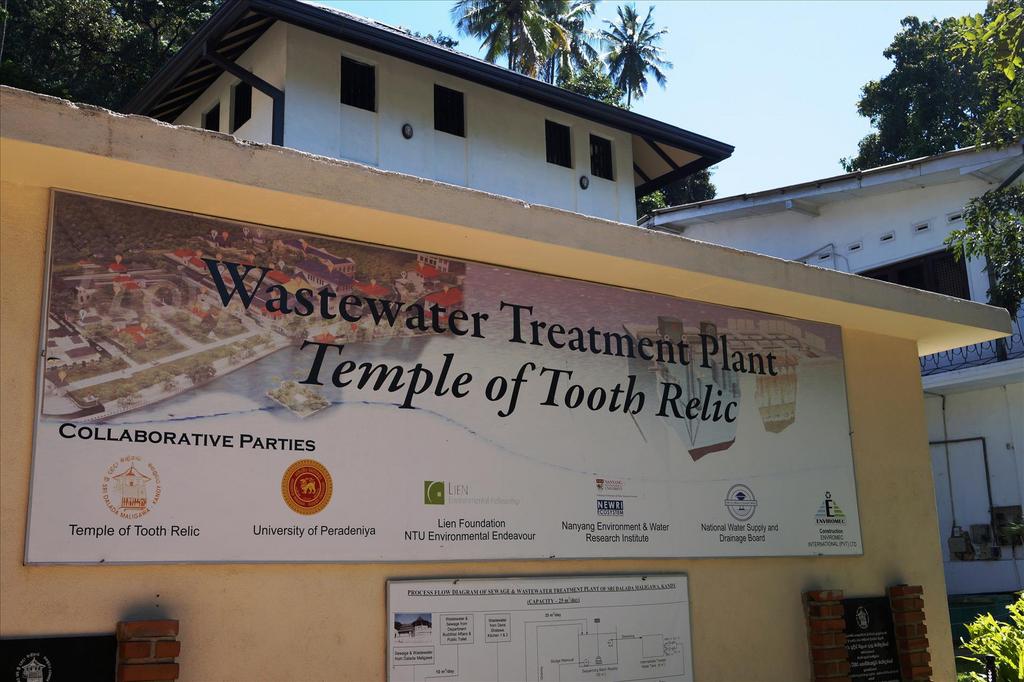 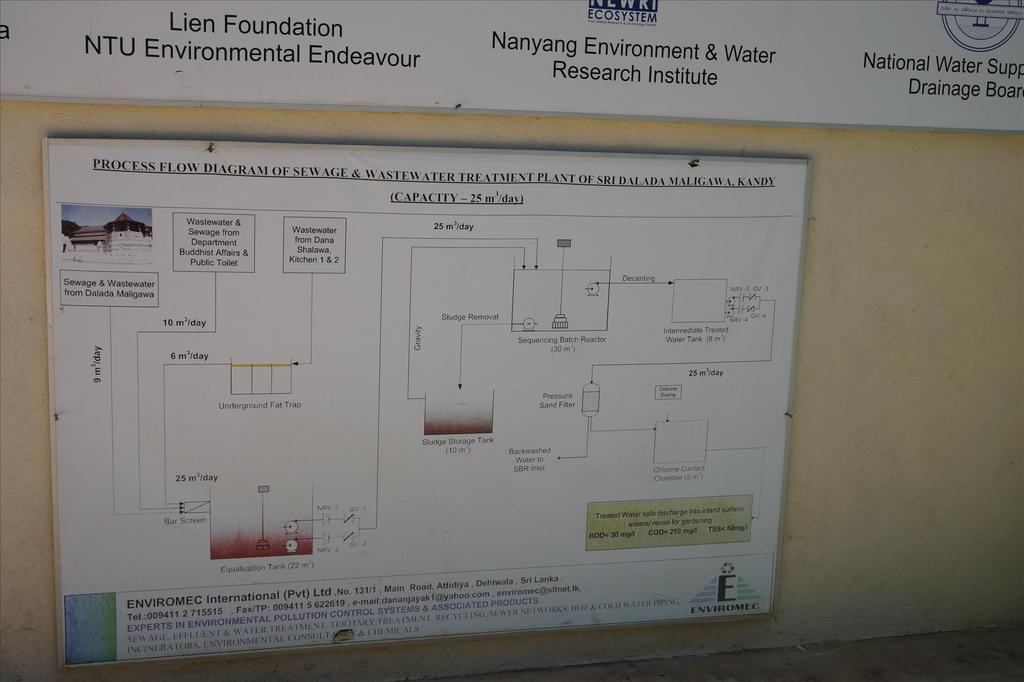 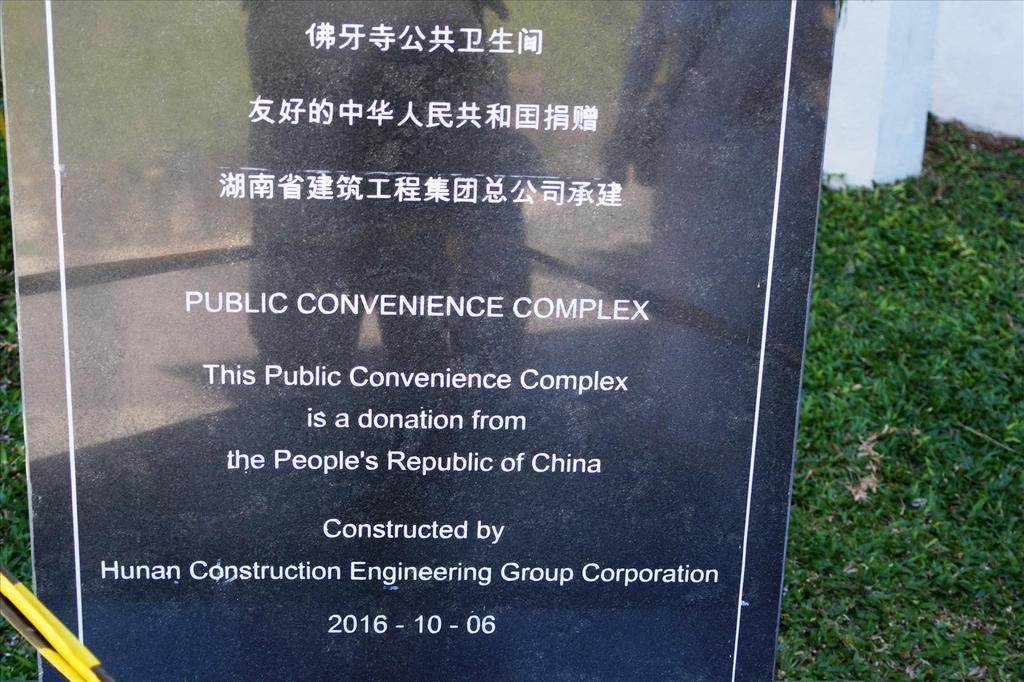 But, I needed to divert to the side for a short while to have a look at the British Garrison Cemetery. Any British national could be buried here, not just military and it was operational from 1817 until a ban was made on burials within the city limits in 1873 – though special dispensation was allowed after that time for relatives of those already there. The last burial was in 1951 and the majority of deaths were from malaria and cholera. Again it is looked after by the Commonwealth War Graves Commission. Another quiet place amongst the hustle and bustle of a city. It is long and thin with mostly a central pathway - 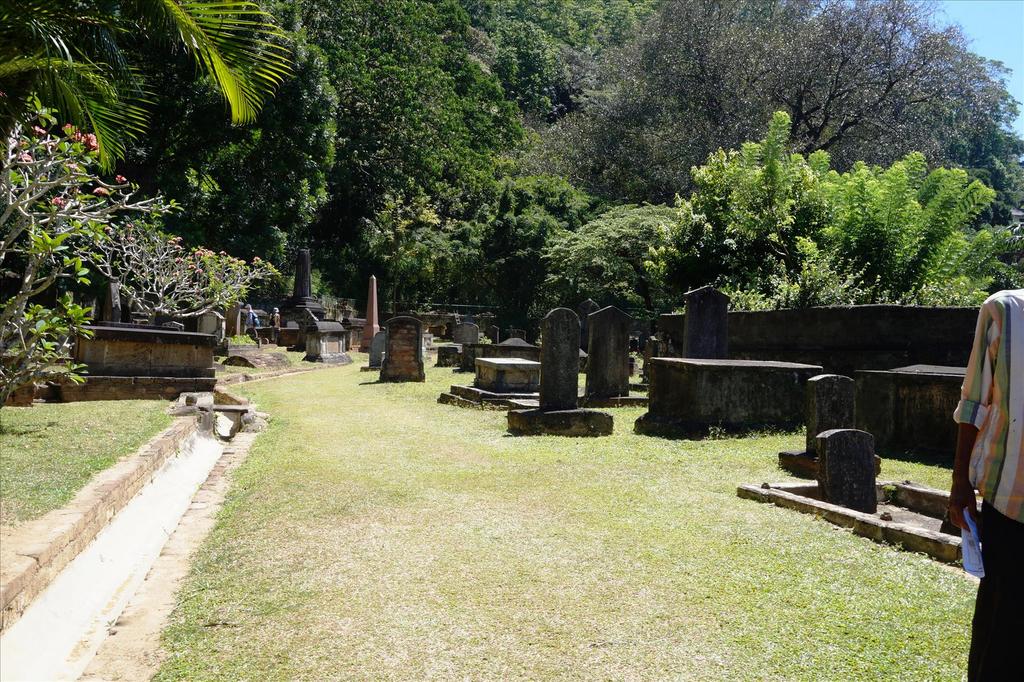  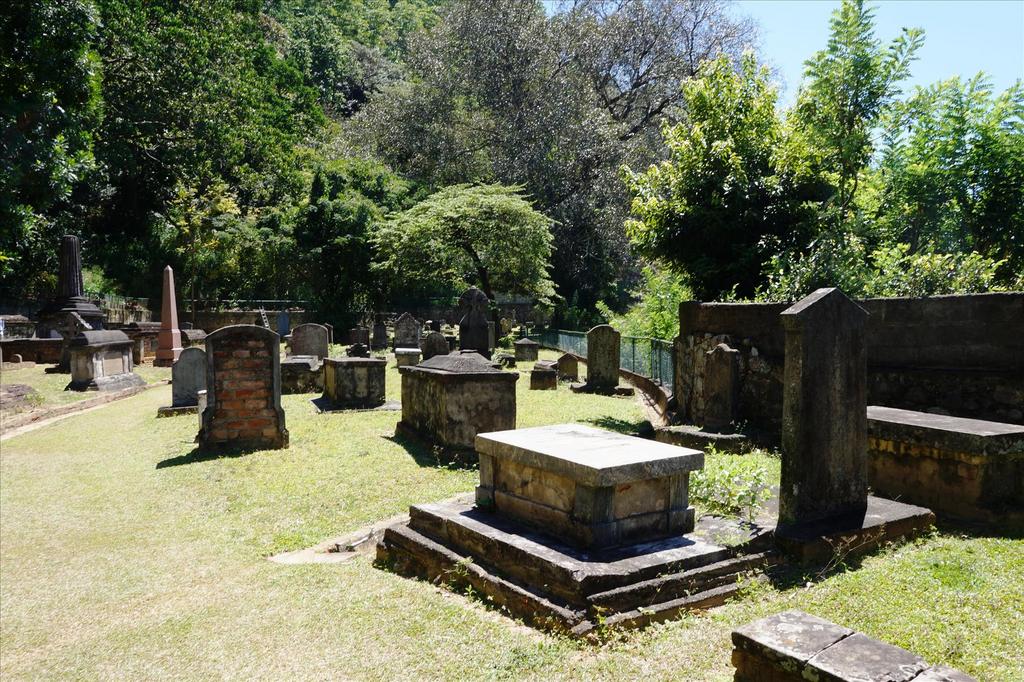 |
|
|
|
Post by onlyMark on Mar 16, 2018 16:47:02 GMT
|
|
|
|
Post by onlyMark on Mar 16, 2018 16:50:53 GMT
Mr Mackwood died at a young age in an accident. What the gravestone doesn't tell was that whilst alighting from his horse, he fell and was impaled on a stake placed to mark out some ground. The word used was "transfixed" –   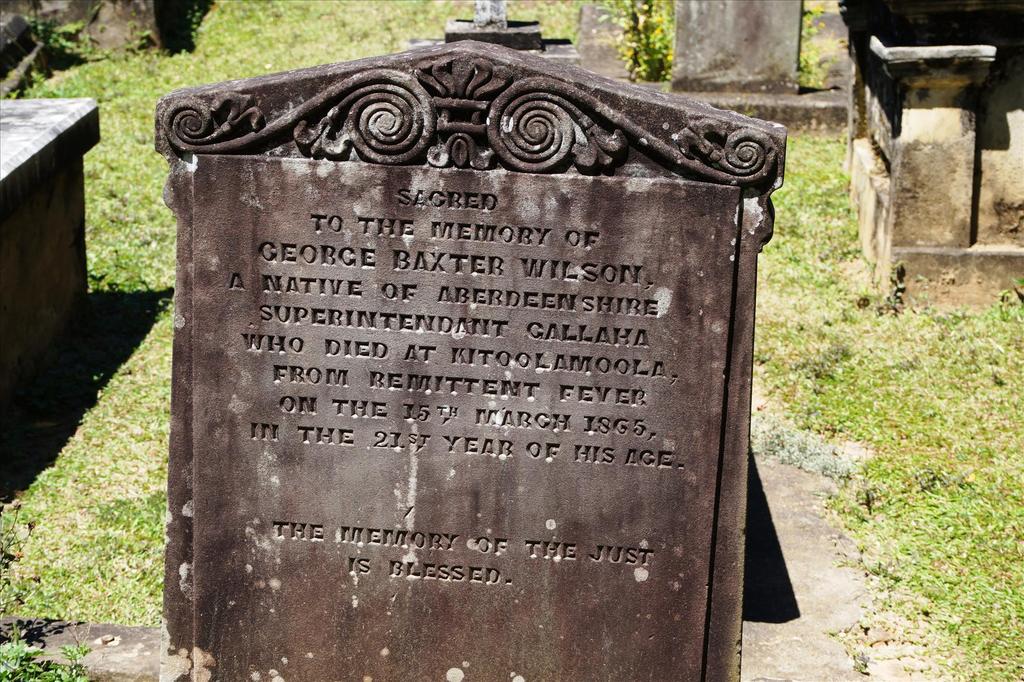  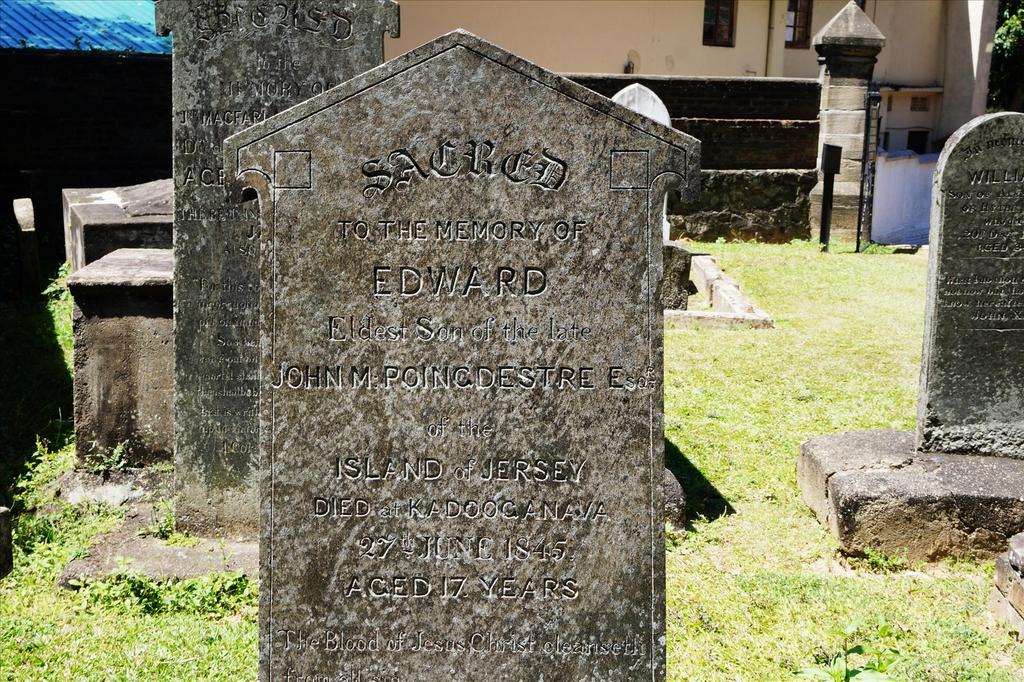 Se the man in the background? He was the caretaker. Much is said of him in reviews of the cemetery, mostly of his knowledge and agreeability, but also because his English is BBC accented and impeccable –  Prince Charles did visit by the way, in 2013 – 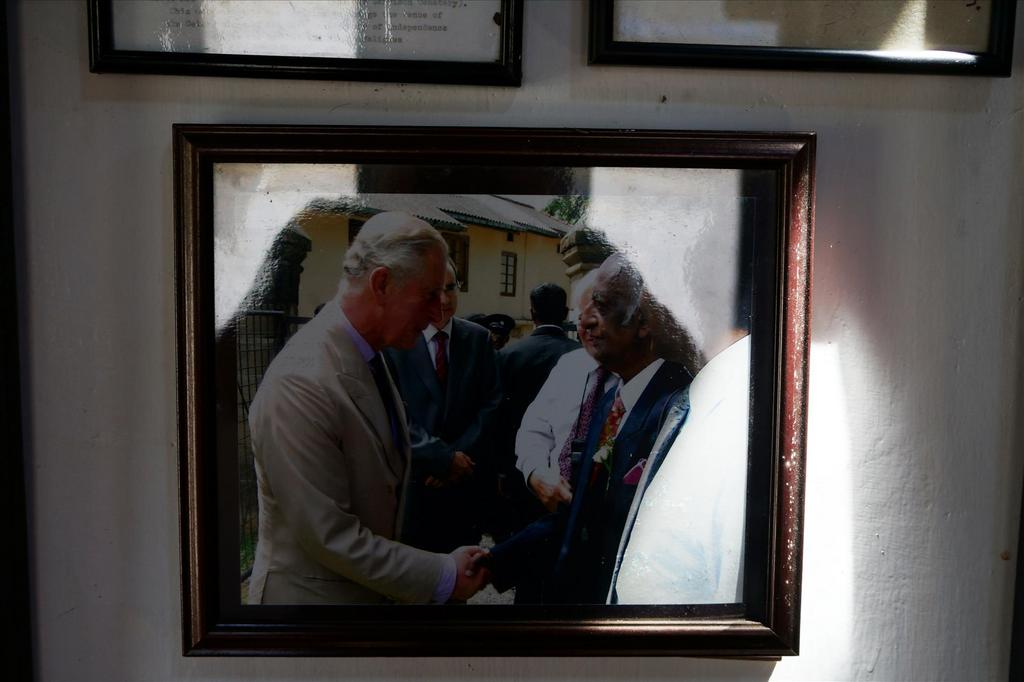 A plan of the surviving gravestones. They are logged and catalogued, all 195 of them – 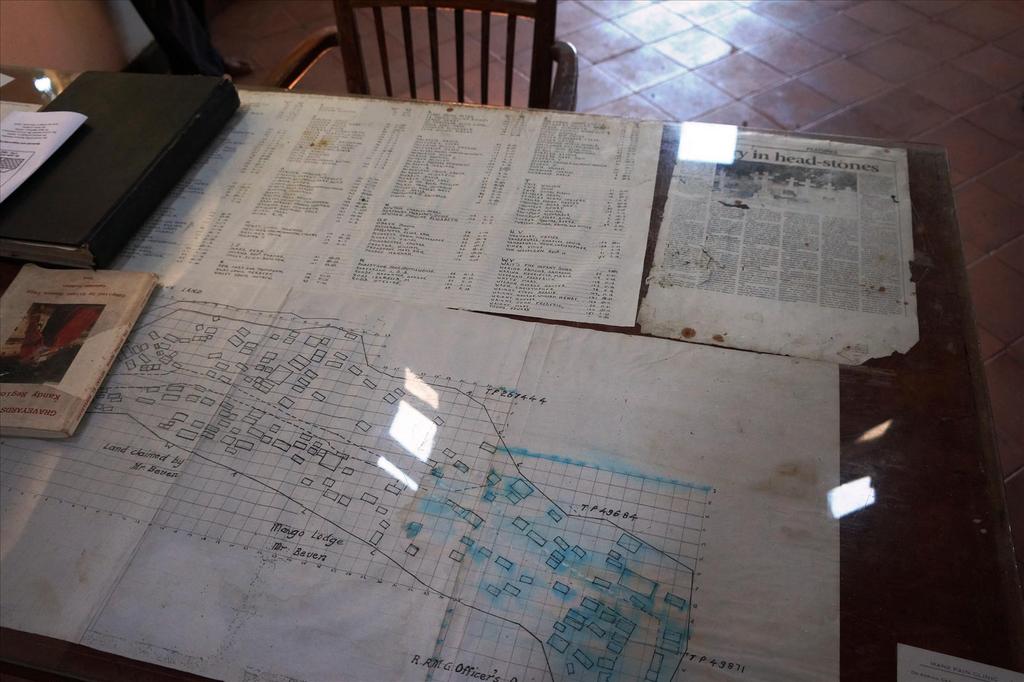 Some other notable graves I didn't photograph, and some I didn't spot anyway are – David Findlay 1823-1861 who died when a house collapsed on him. Captain James McGlashan 1791-1817 who walked from Trincomalee, about 180km, and died as a result of "wading, sitting and even sleeping in saturated clothing. He was seized with violent fever and accepted his end with manly fortitude." I'd say it was the wet season and he caught malaria, but who am I to say. Oteline Rudd 1820-1875 the wife of one of the first planters who lost all and had to live in penury when a fungal disease swept through the country destroying all the coffee plants. Those with any money left switched mainly to tea. |
|
|
|
Post by onlyMark on Mar 16, 2018 16:52:59 GMT
I'll hang on a minute that, there is more of Kandy but it can wait (until I write it up).
|
|
|
|
Post by onlyMark on Mar 16, 2018 18:39:57 GMT
Just as an addition to the aforementioned tuktuk report for Questa, a one minute video illustrating that even on what appears to be a relatively smooth road, and because the only suspension it effectively has is, well not much at all but includes the tyres, so it means I can't even hold a camera steady in my hand whilst using the other for the accelerator.
N.B. In case anyone wasn't aware, Sri Lanka, as with the UK, drives on the right side -
|
|
|
|
Post by onlyMark on Mar 17, 2018 17:34:43 GMT
|
|
|
|
Post by onlyMark on Mar 17, 2018 17:38:50 GMT
|
|

